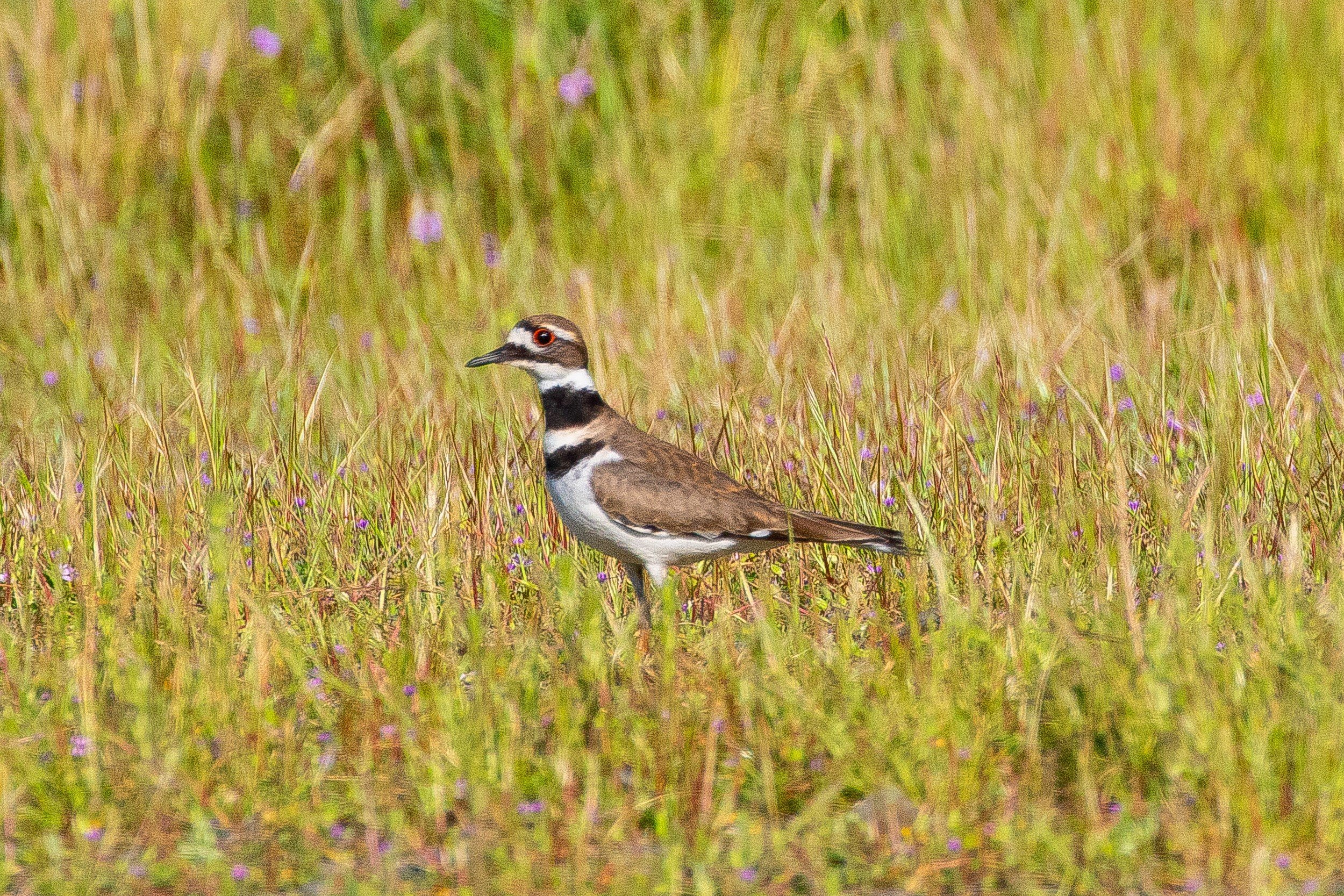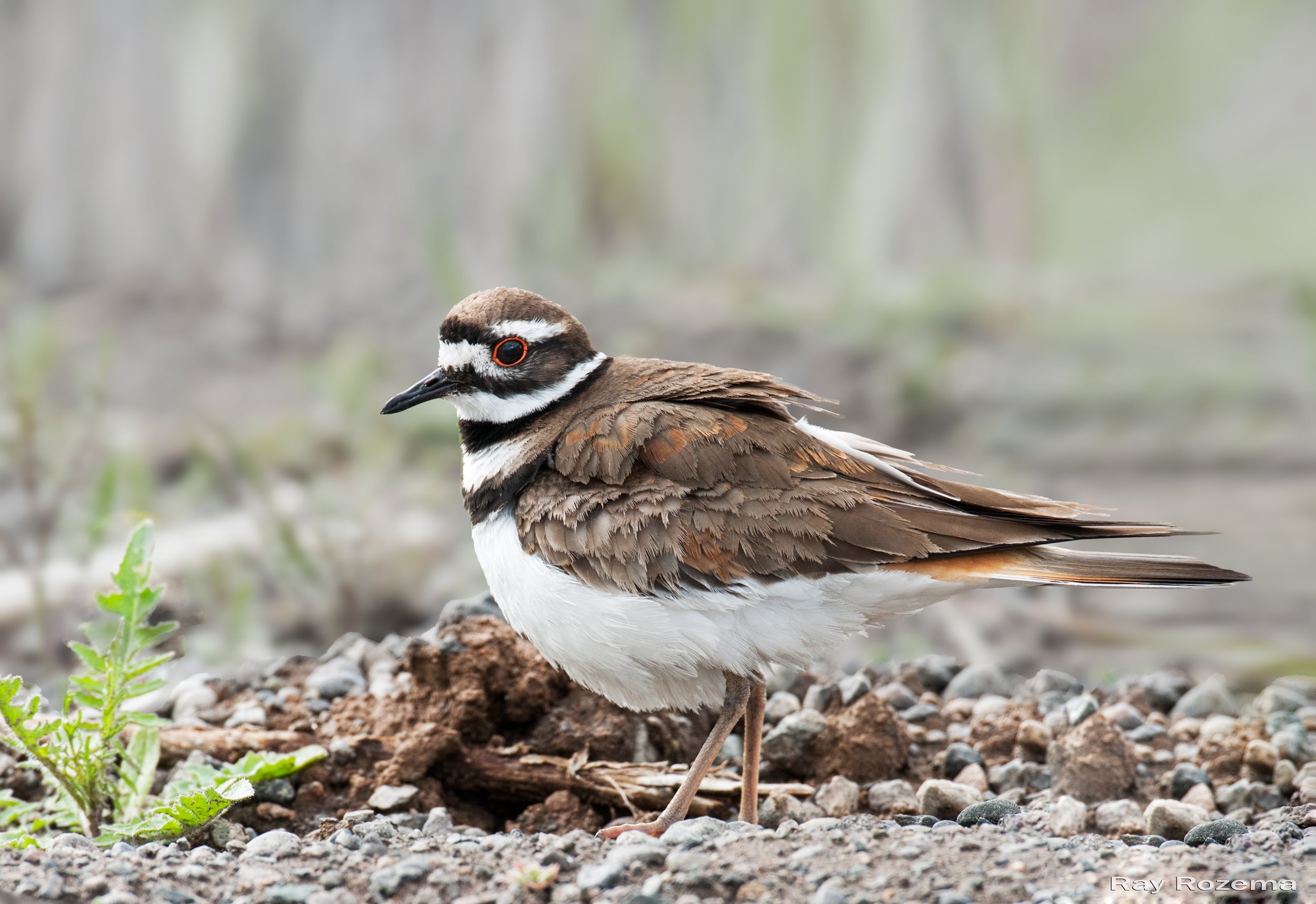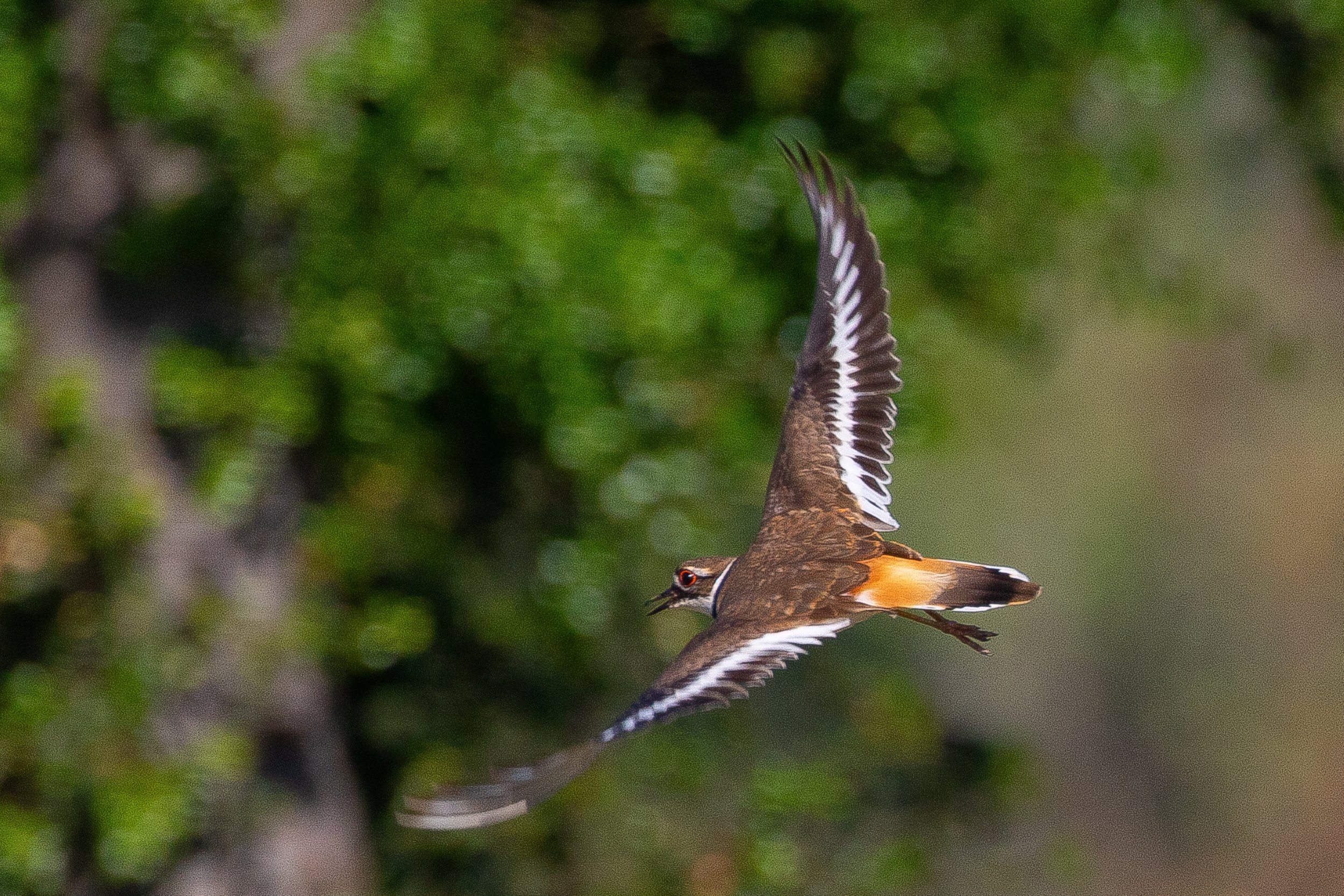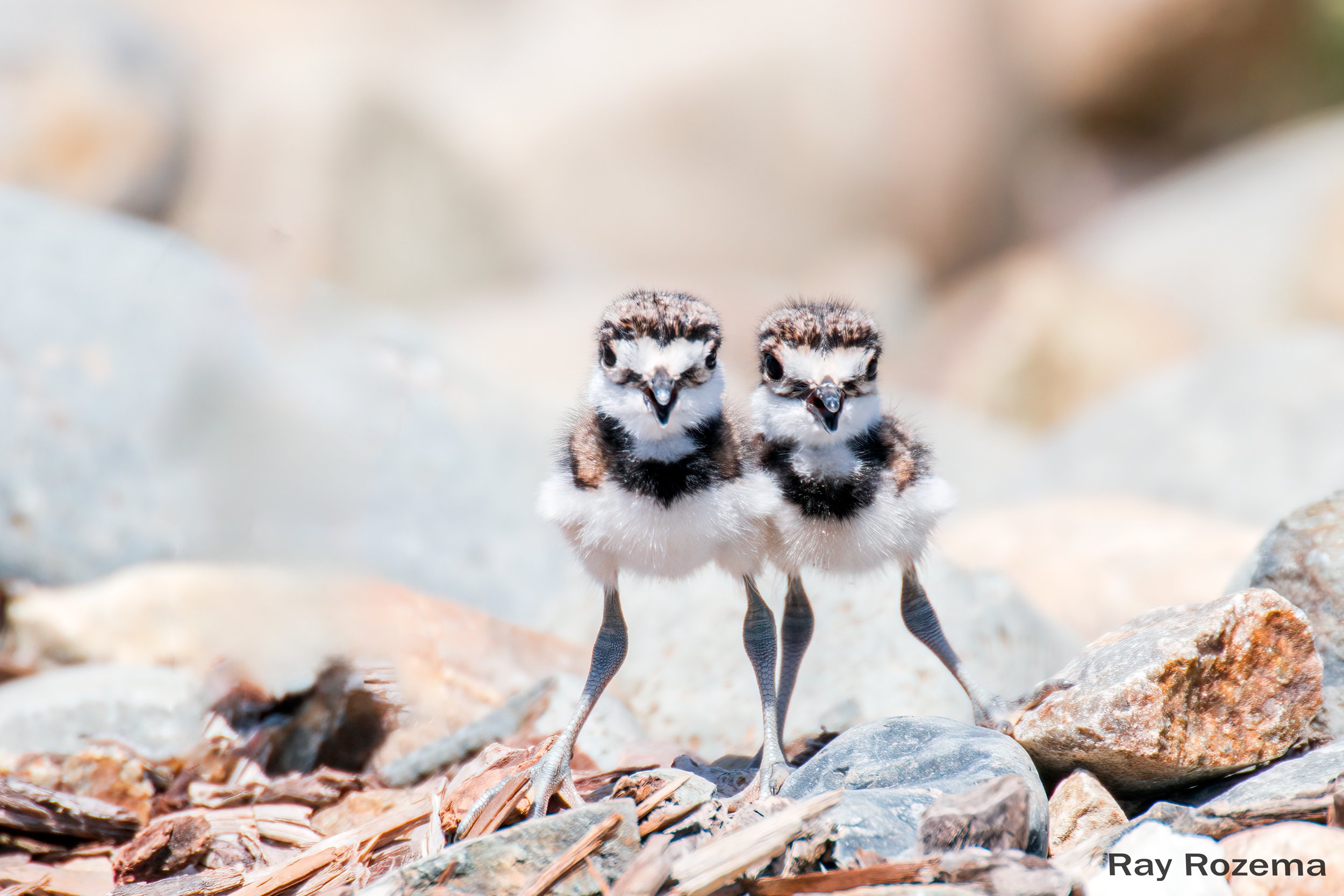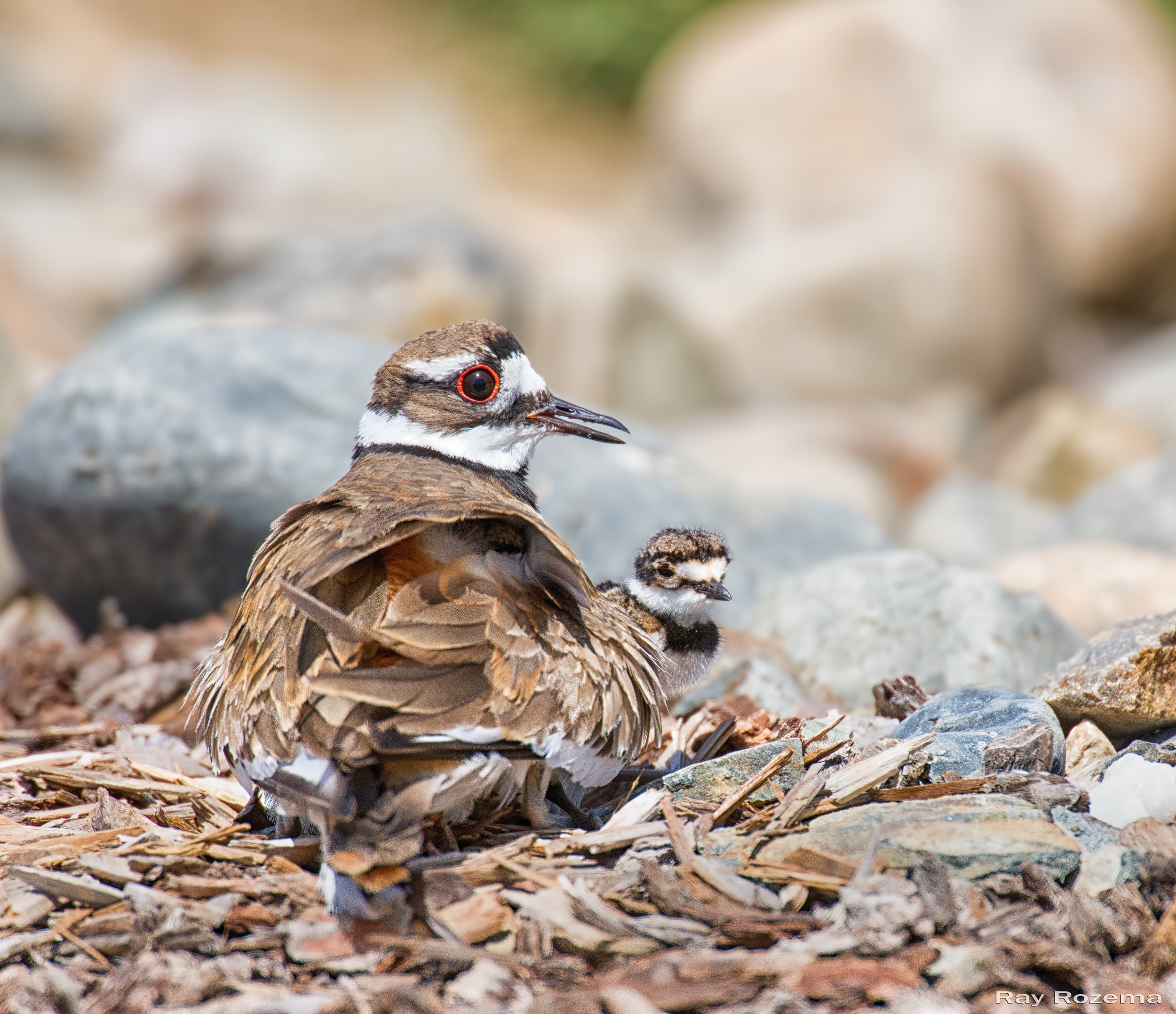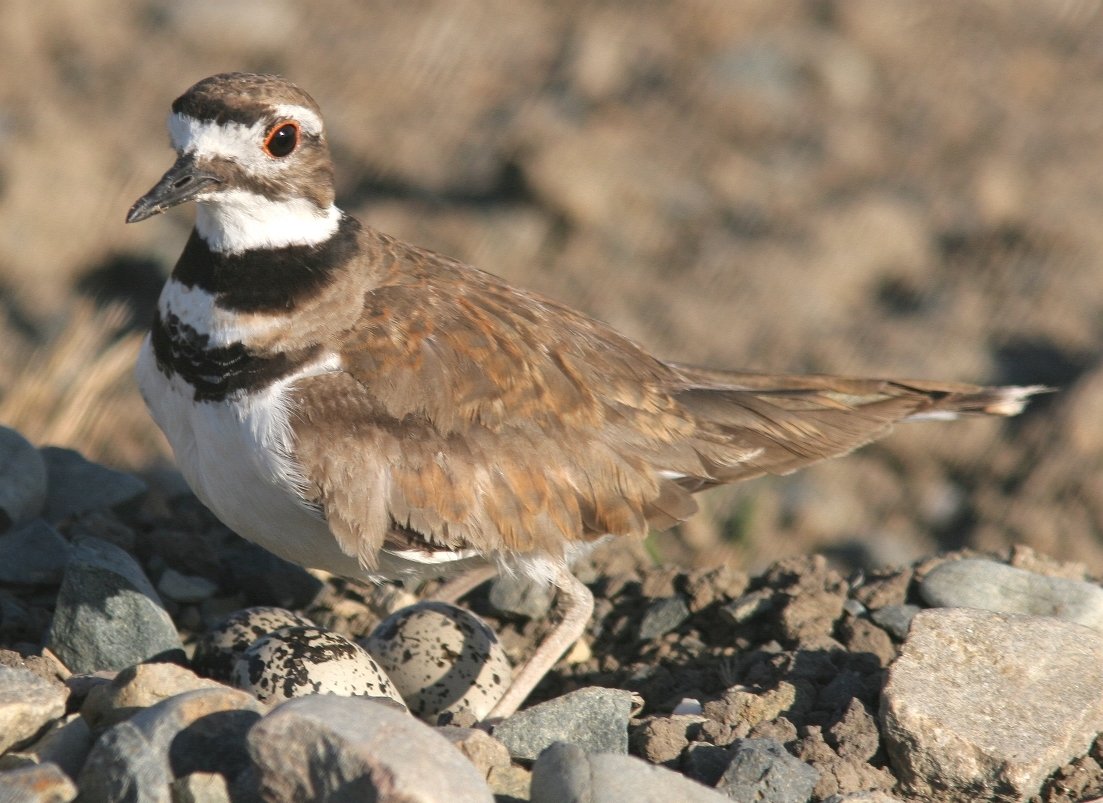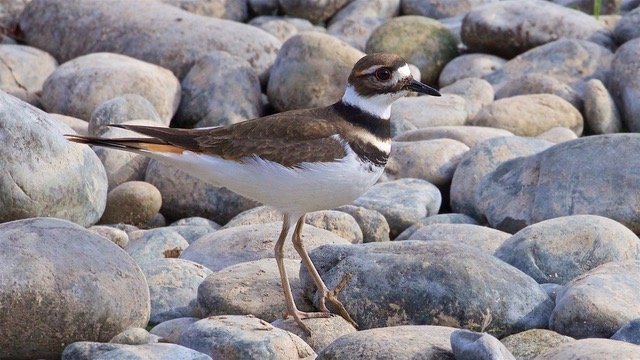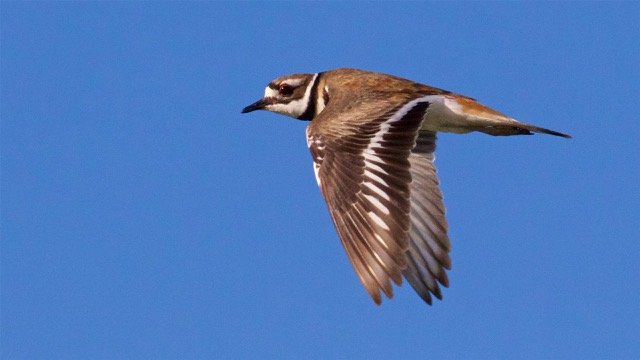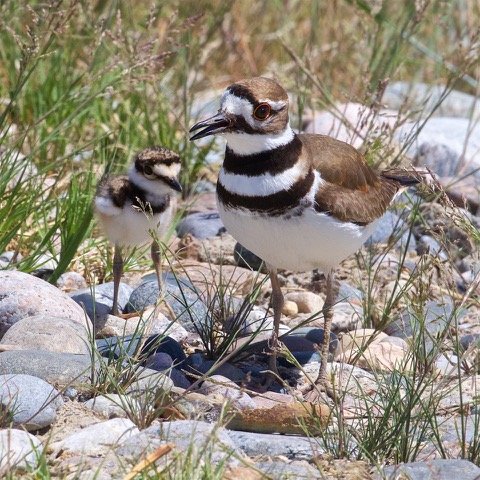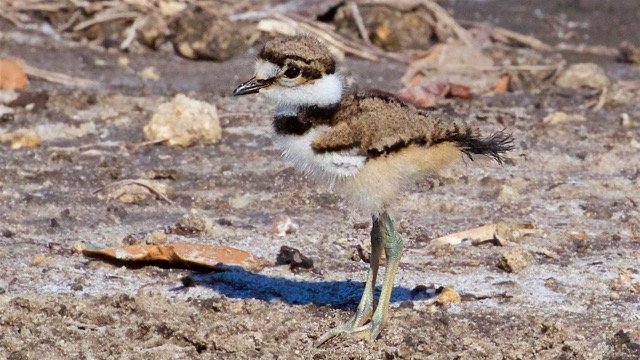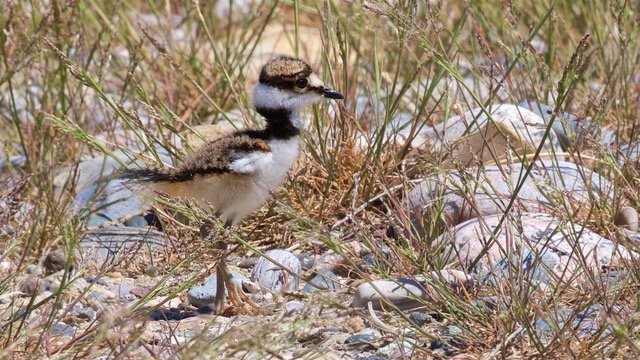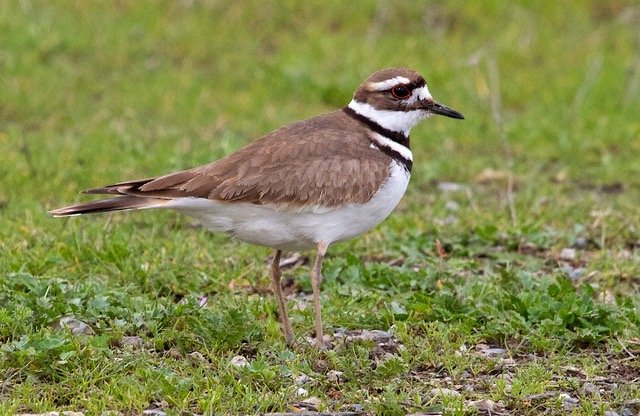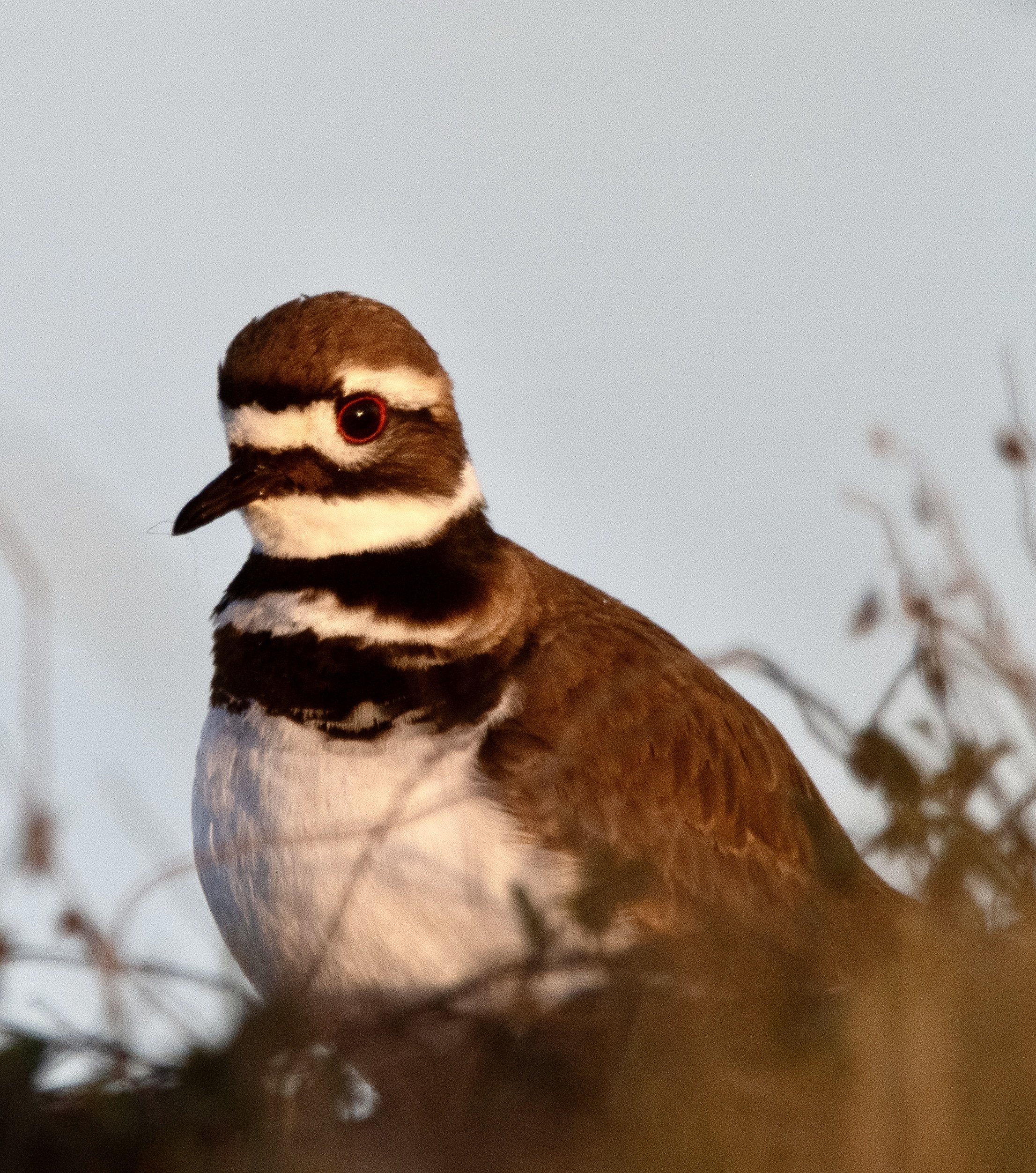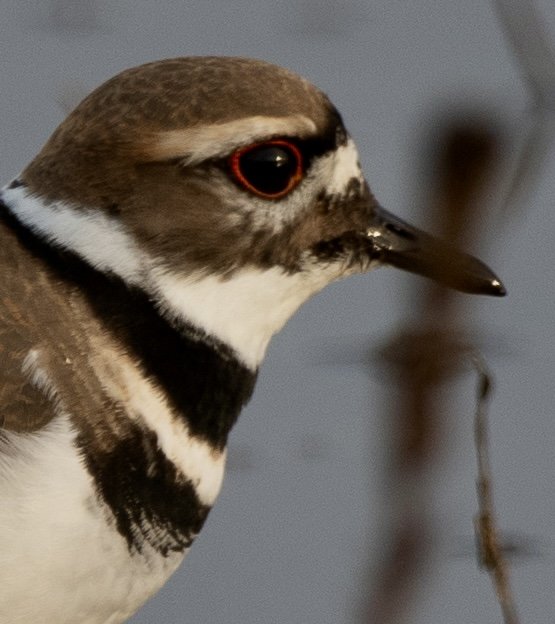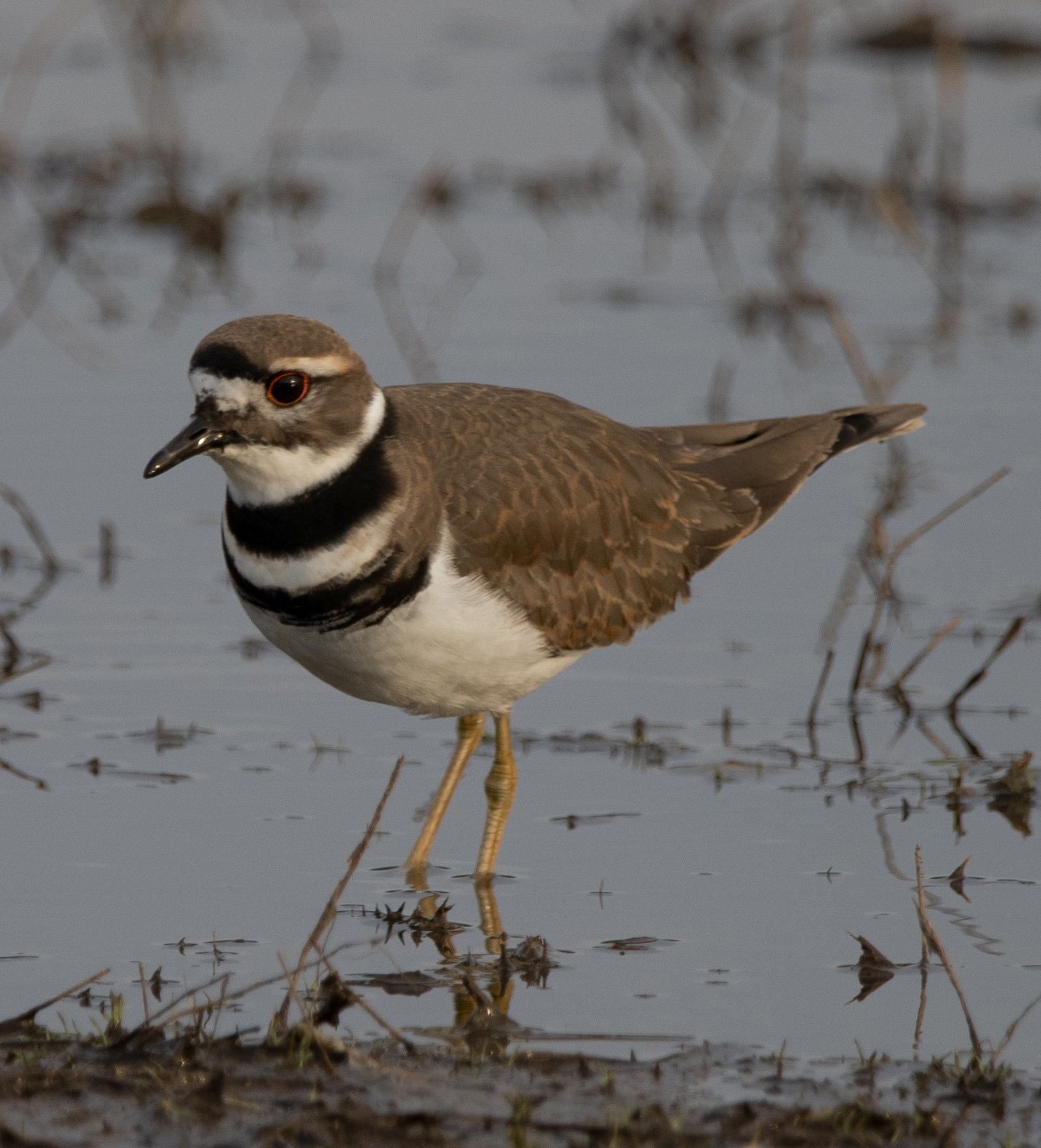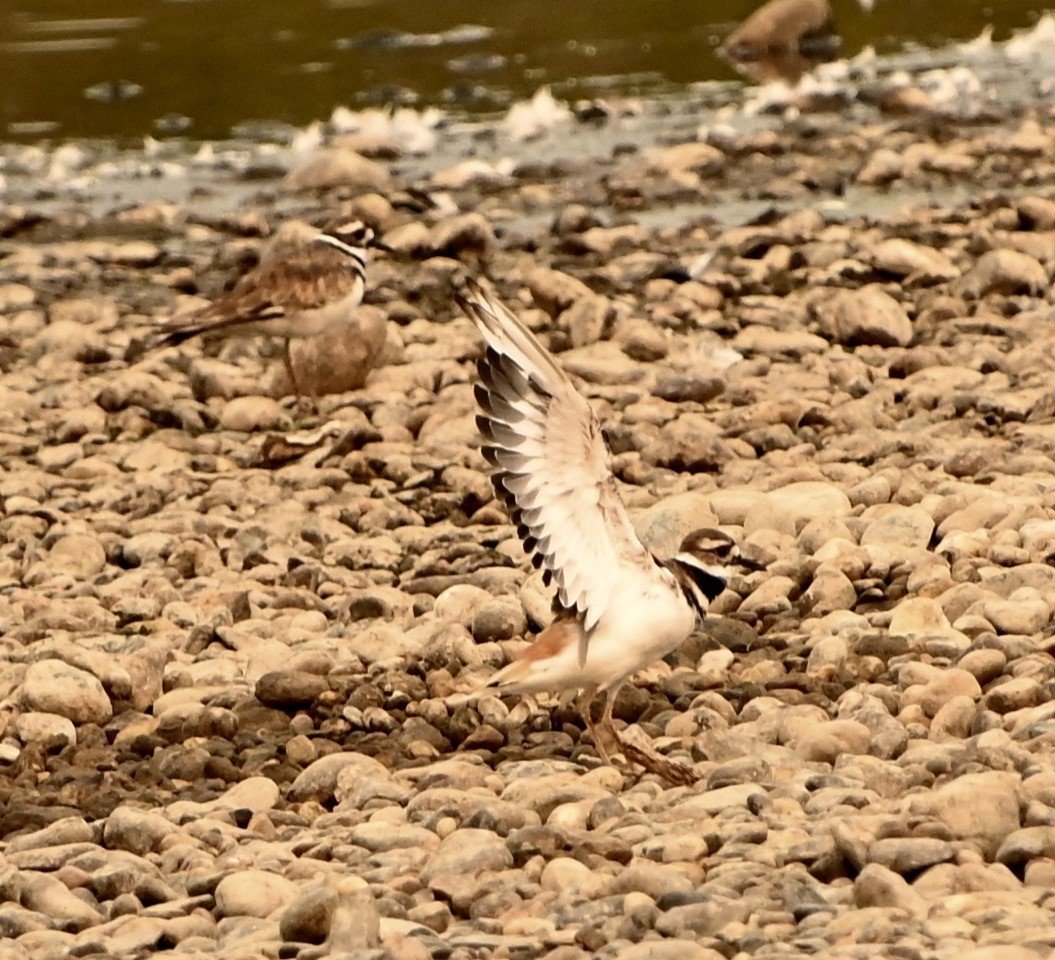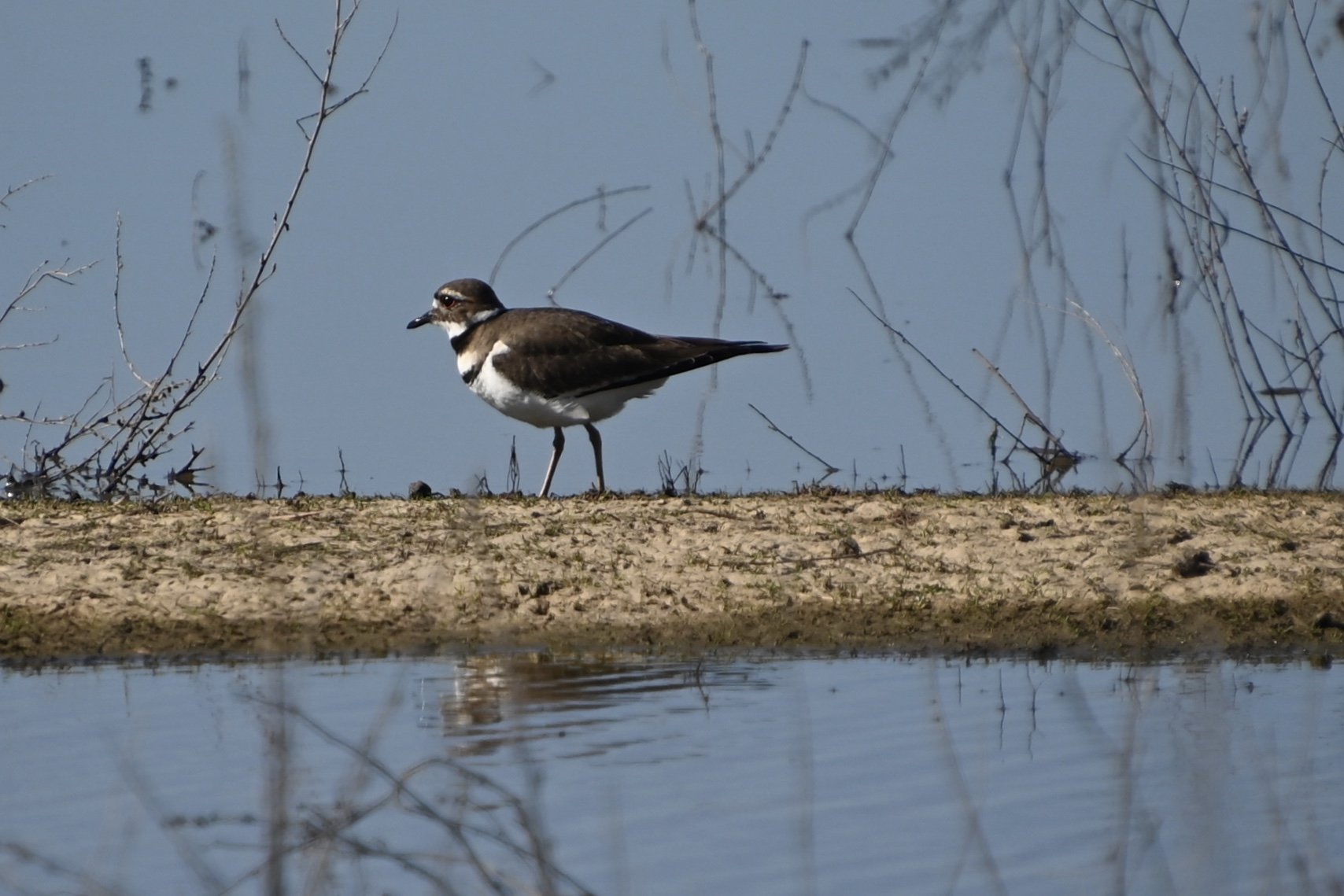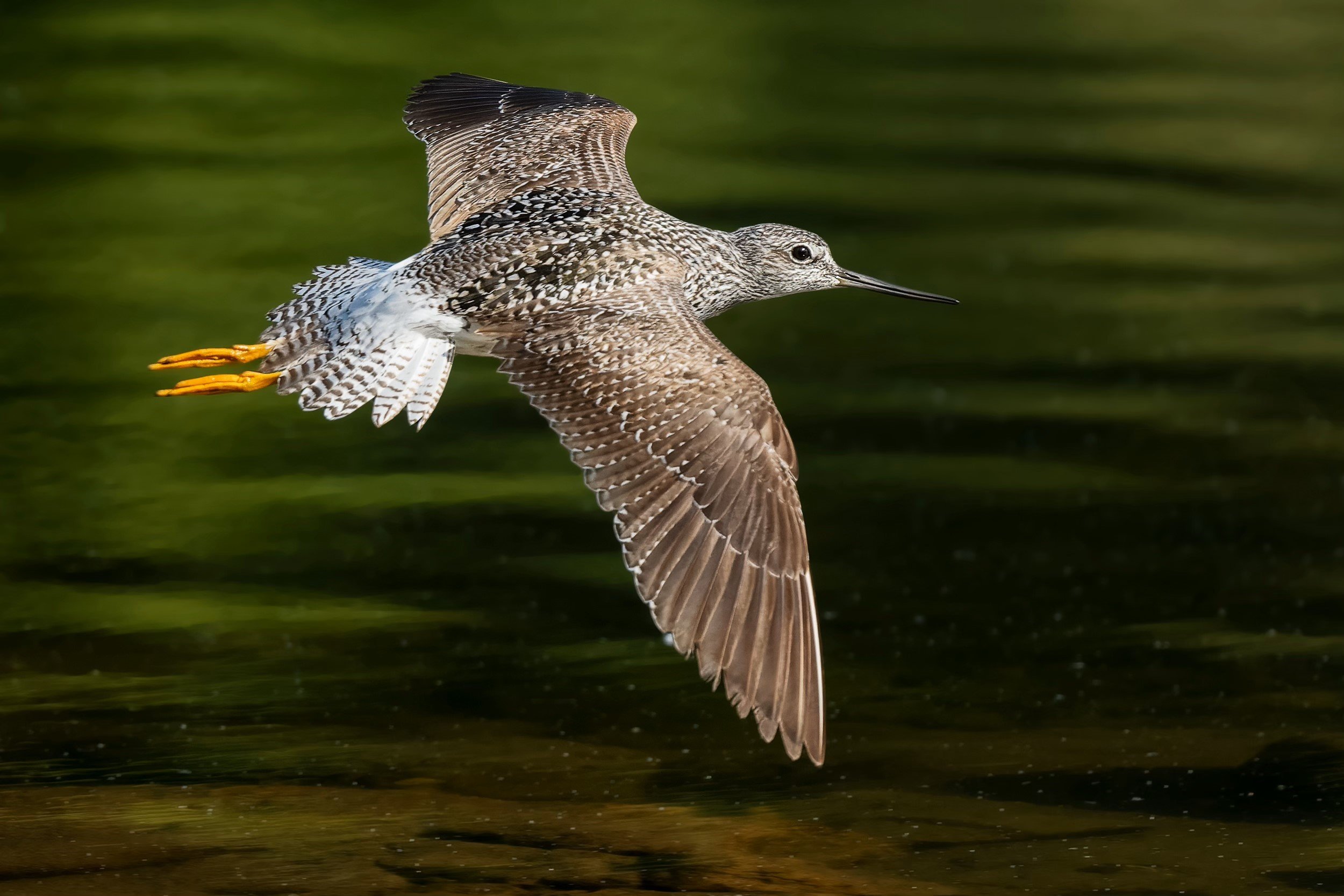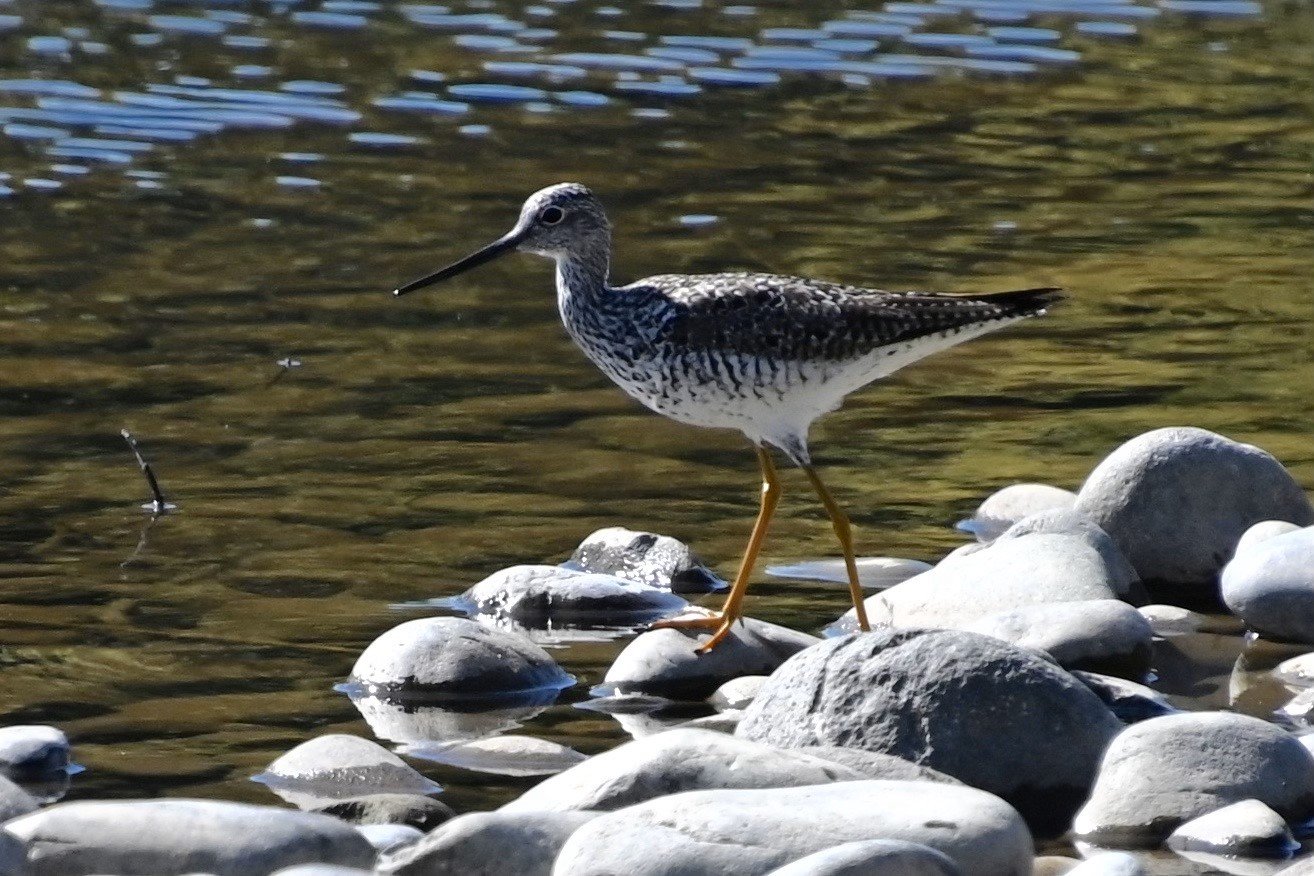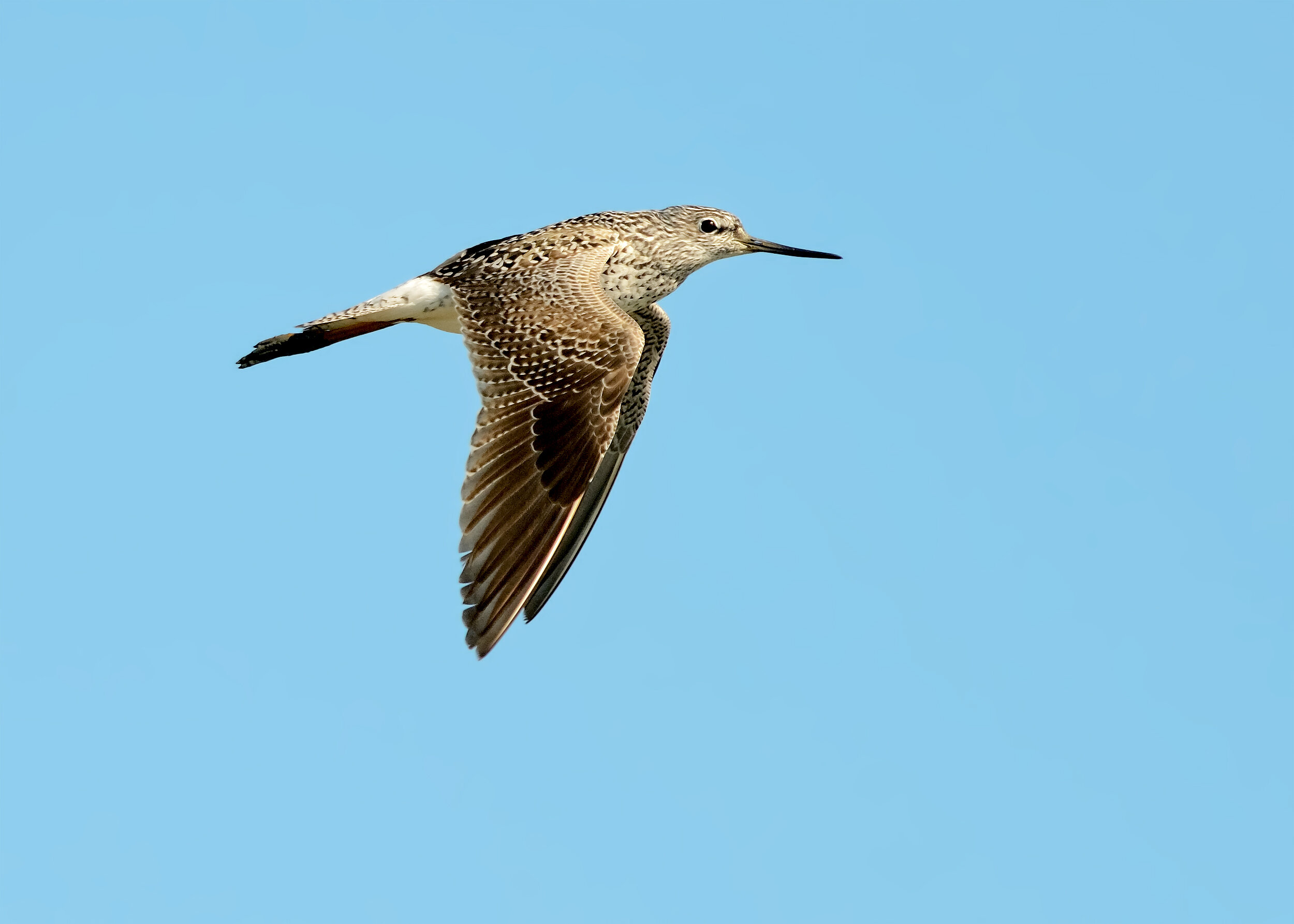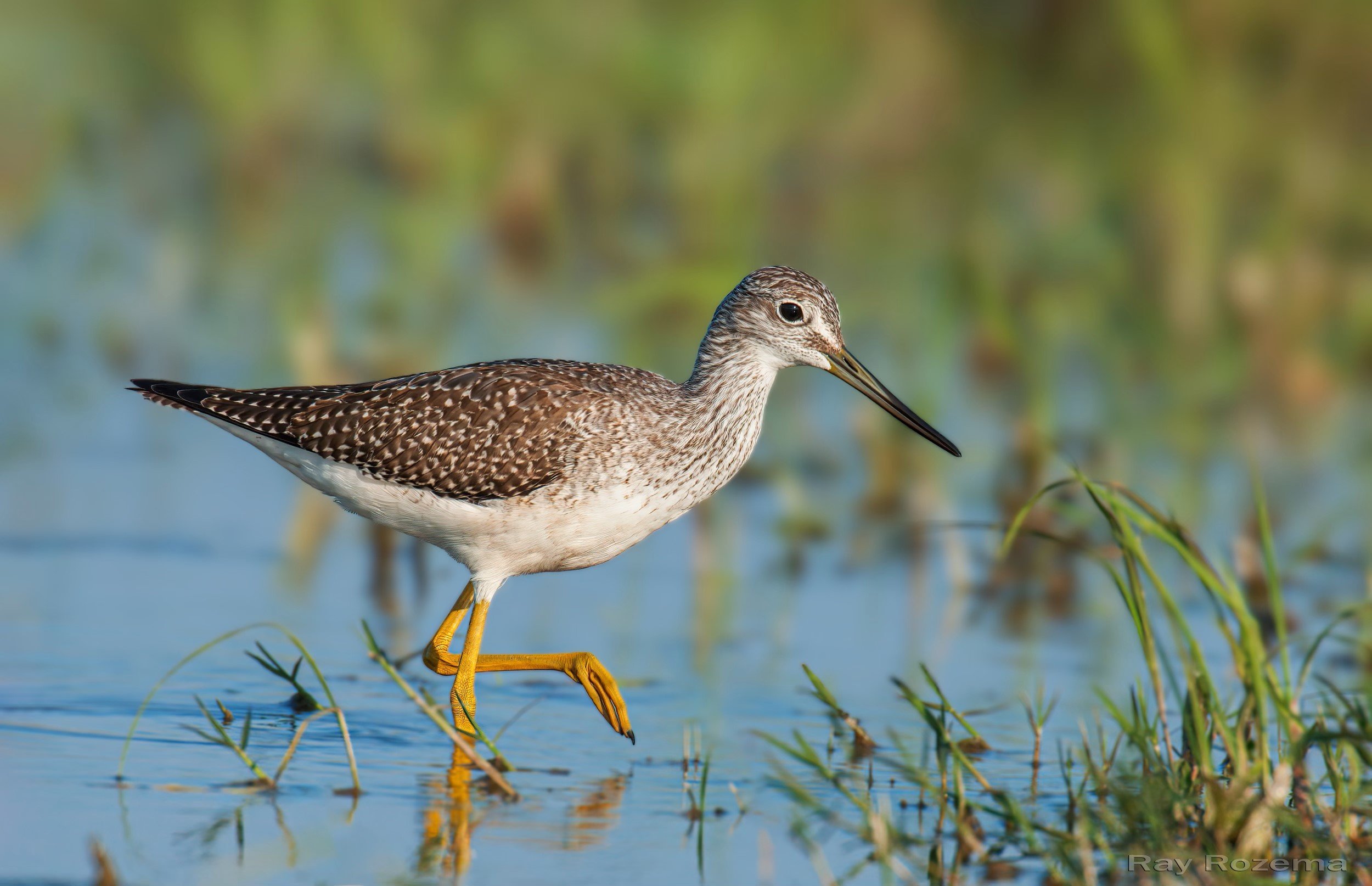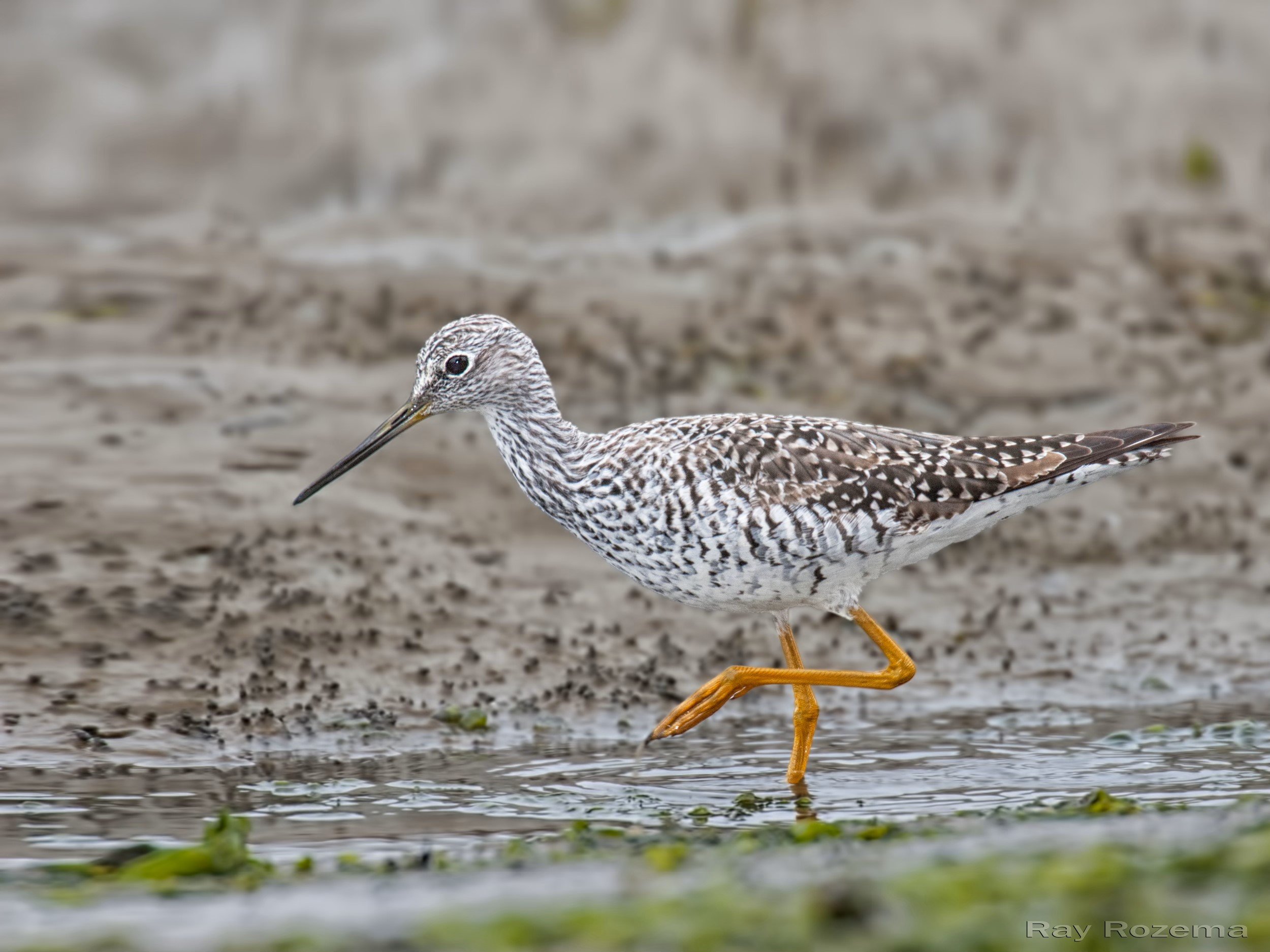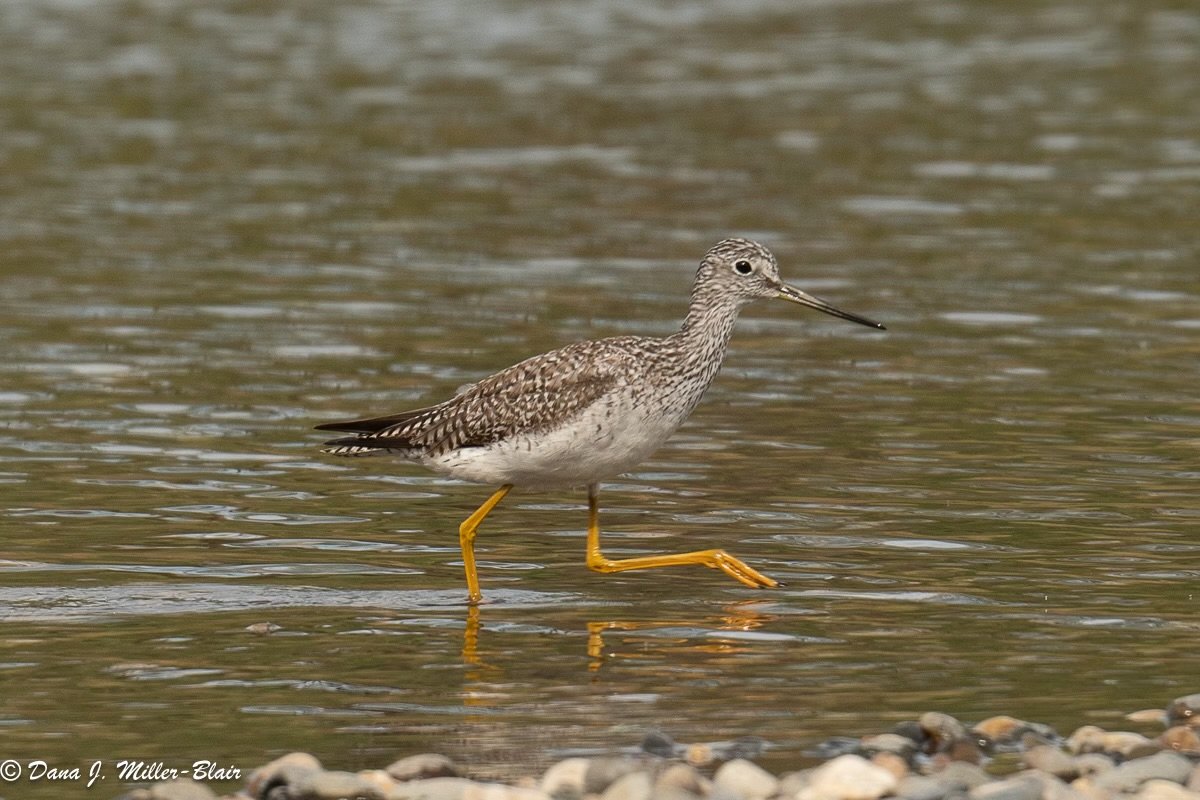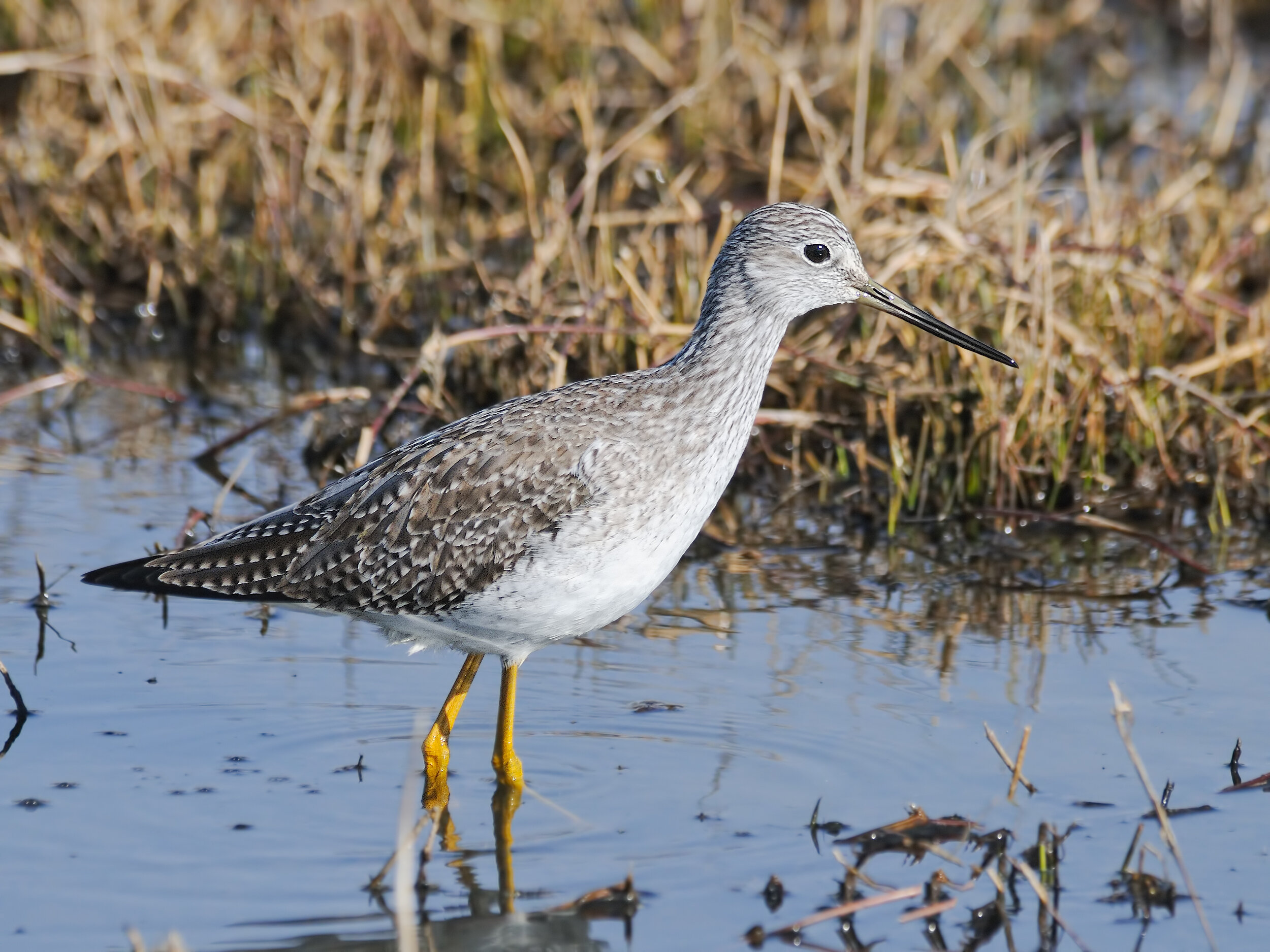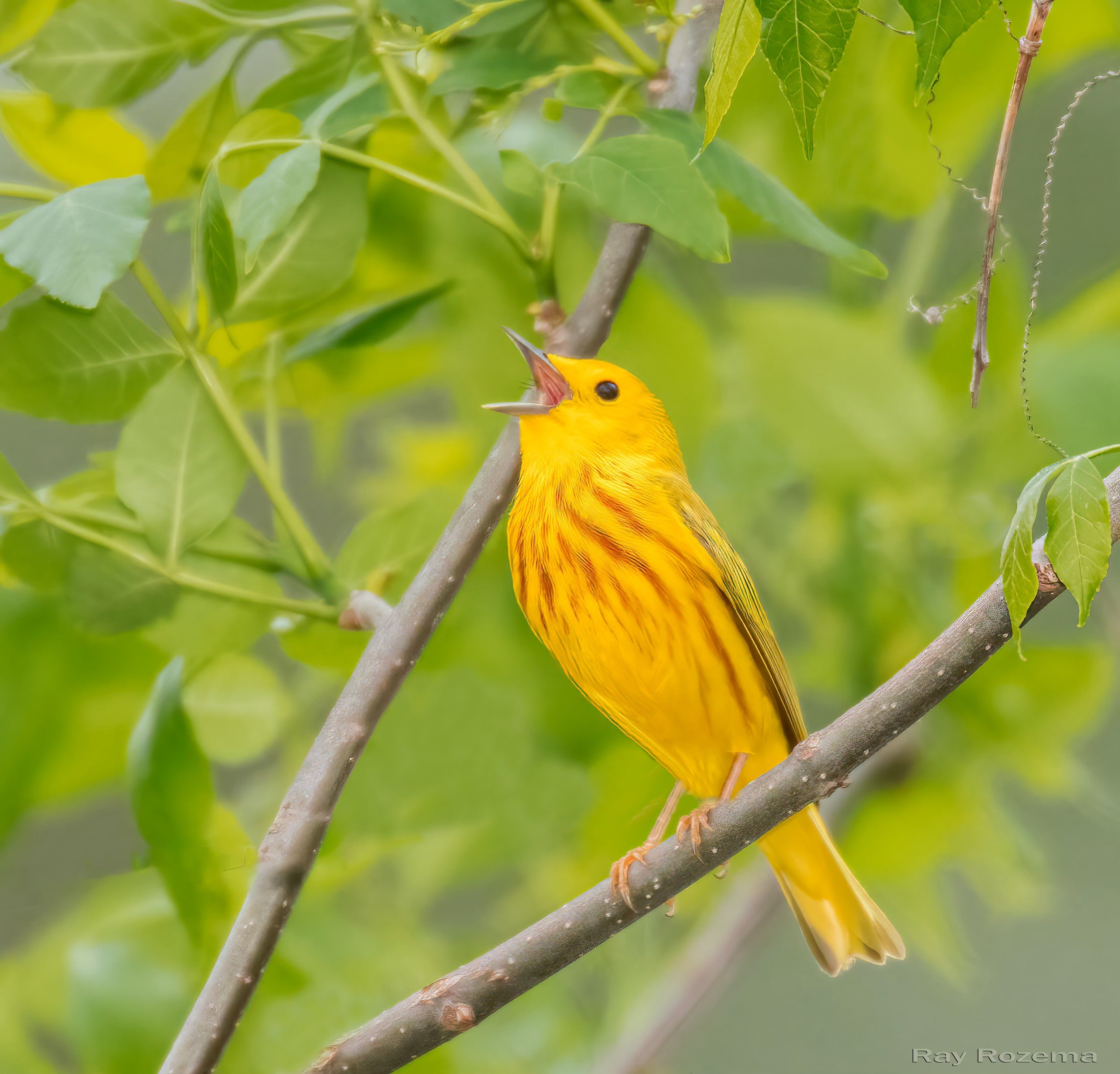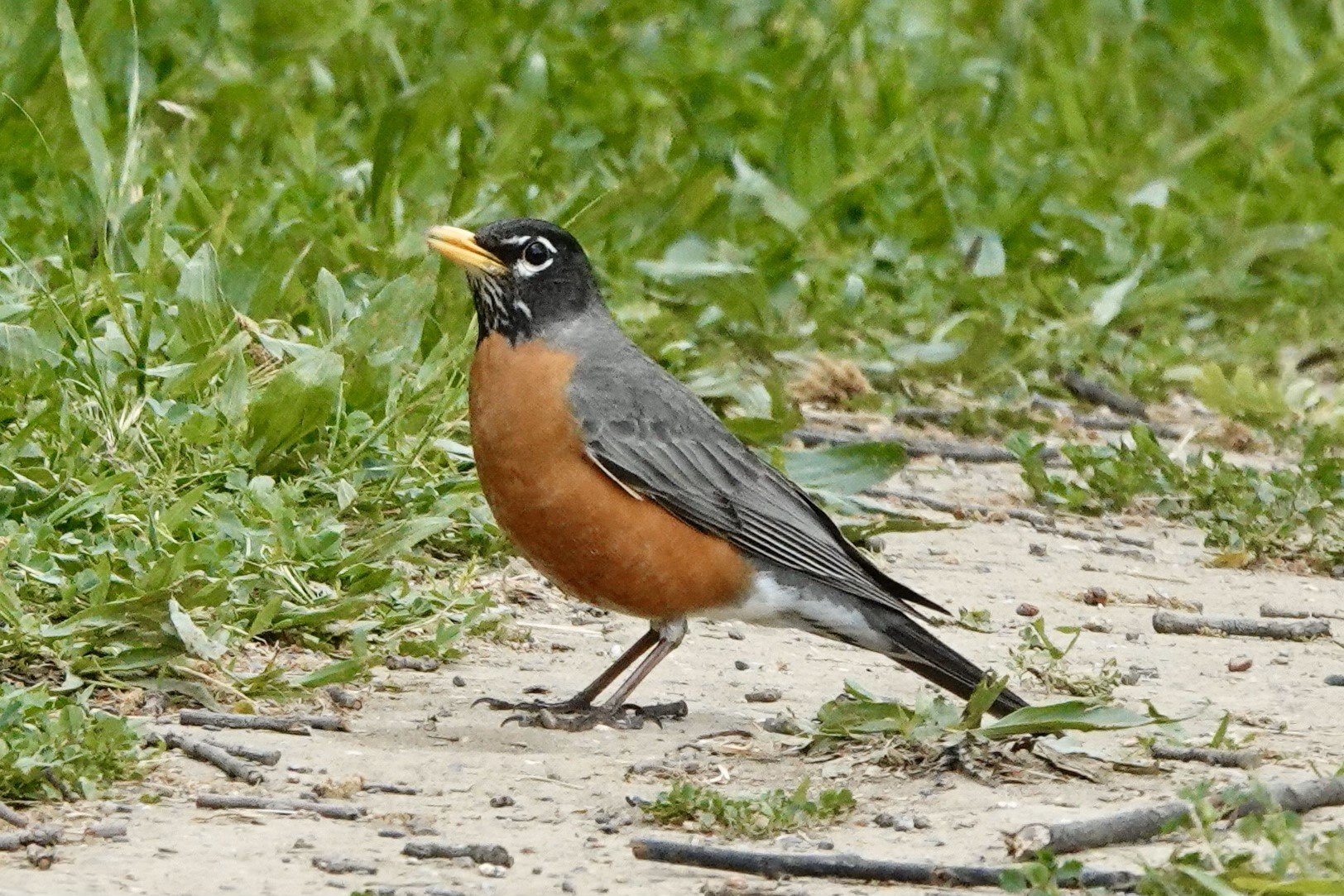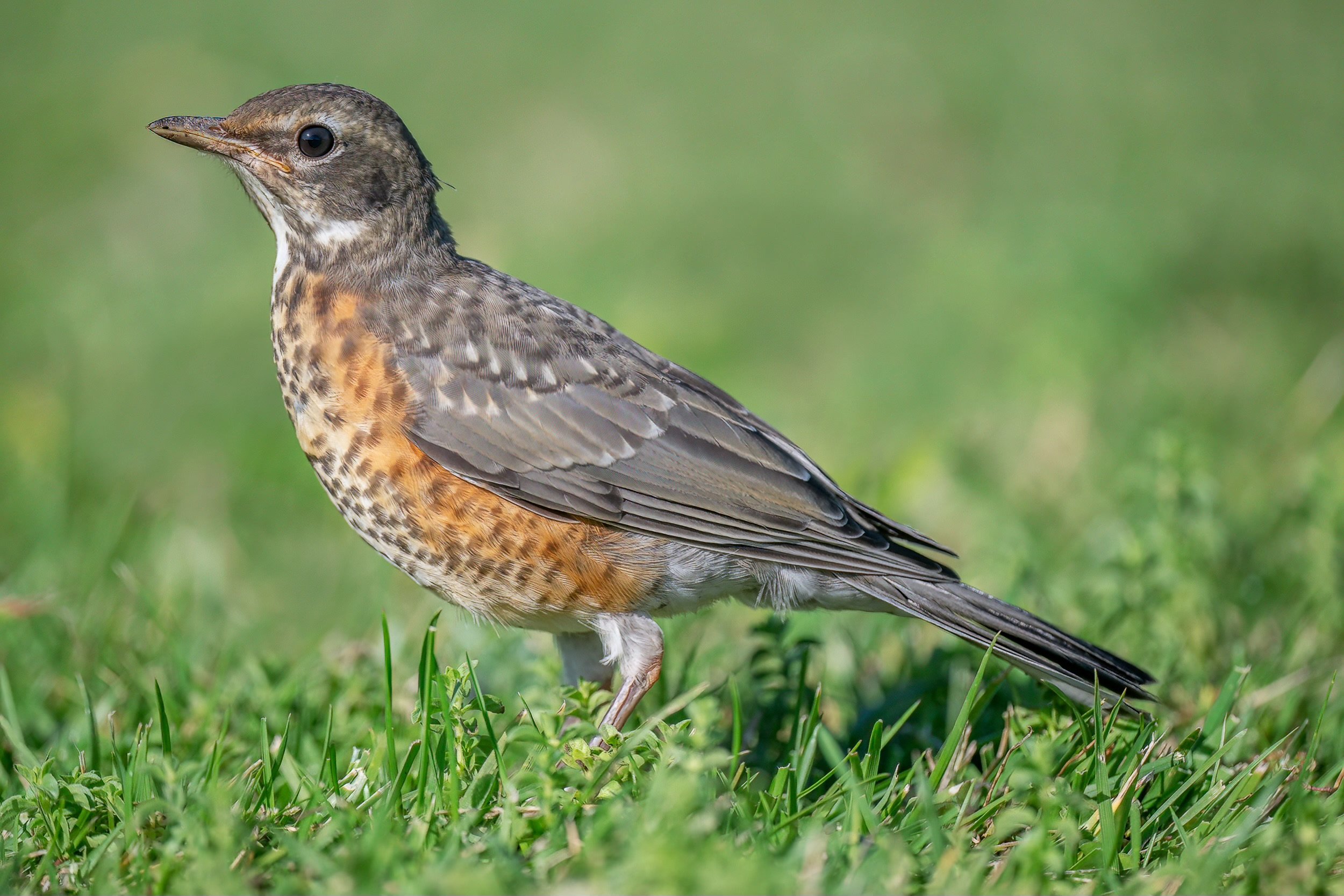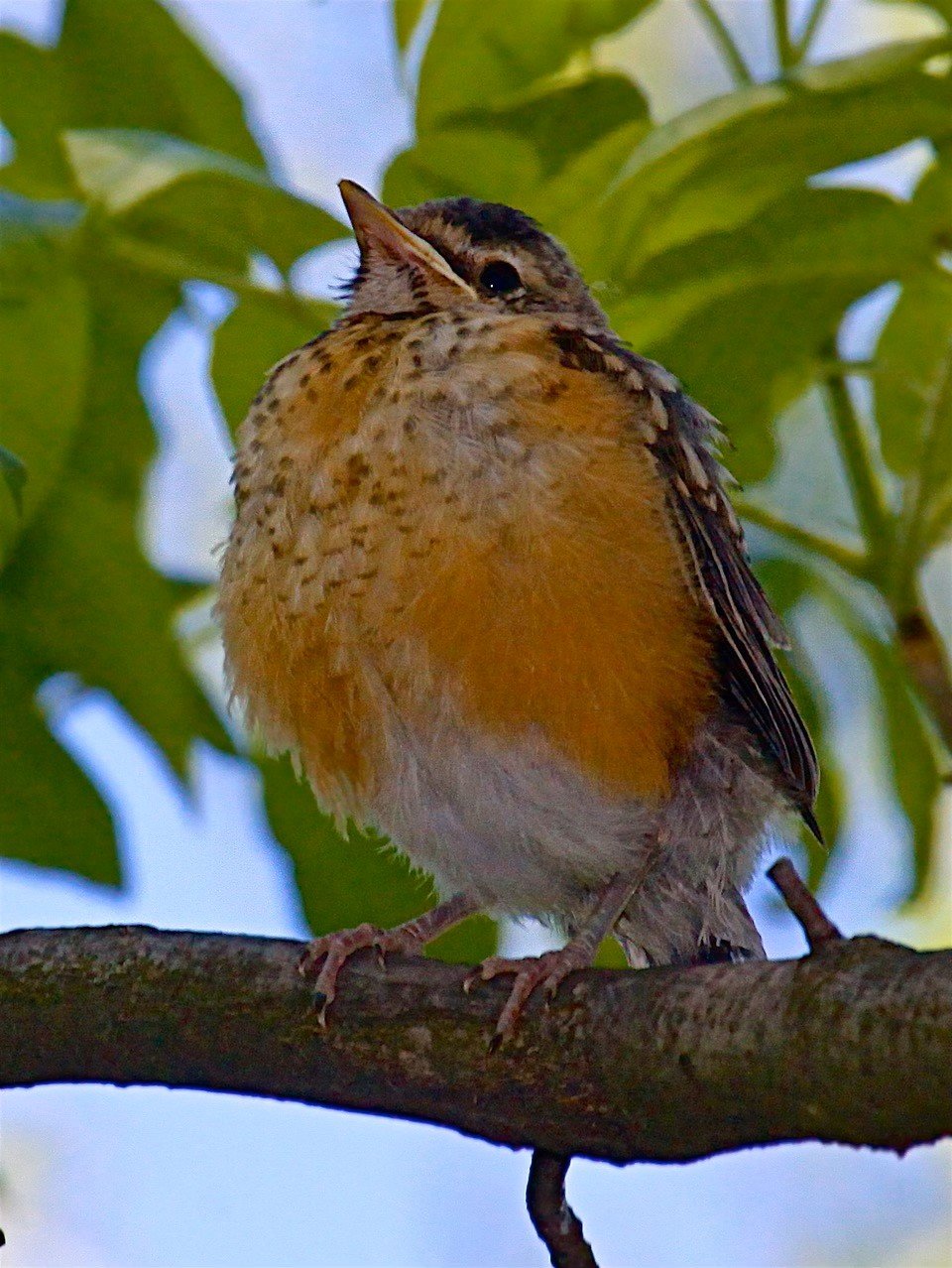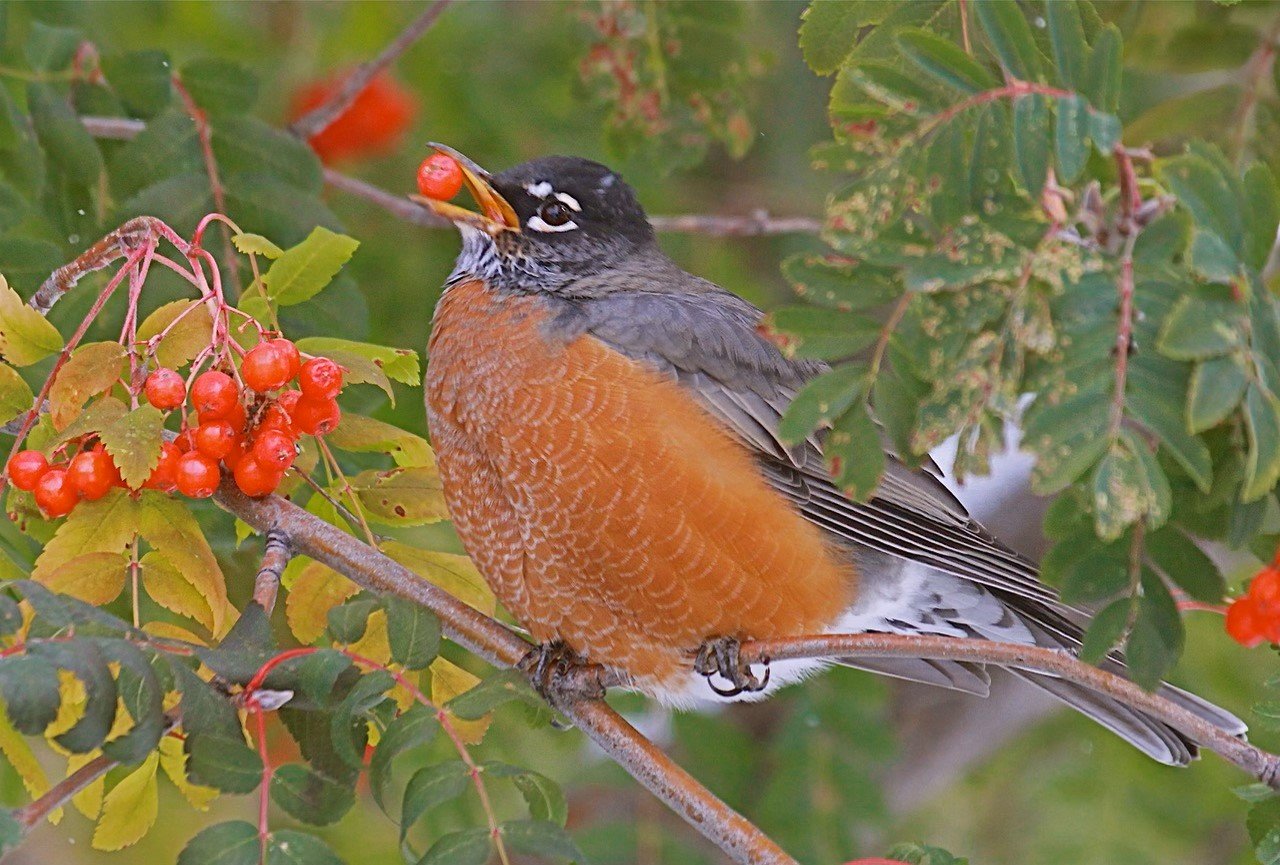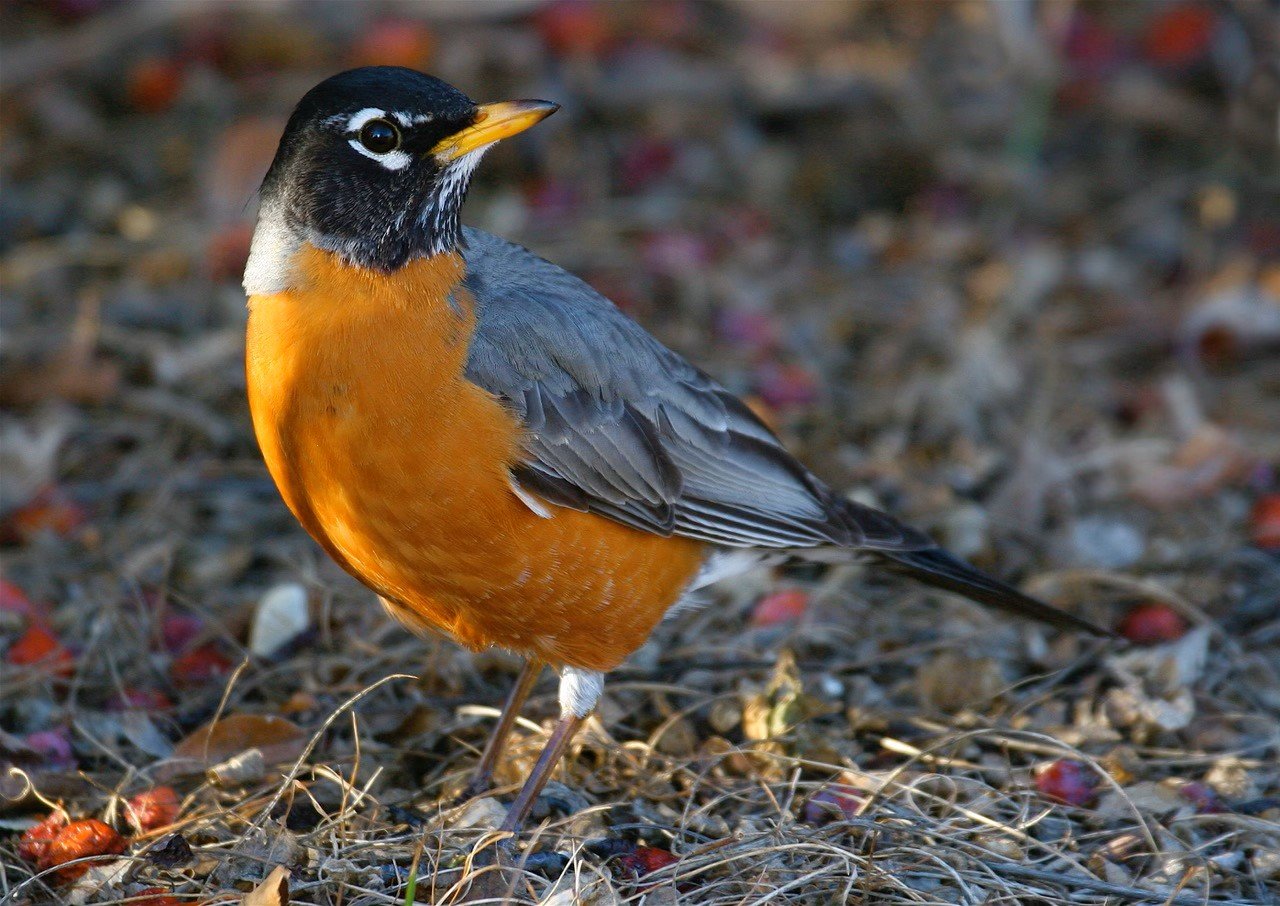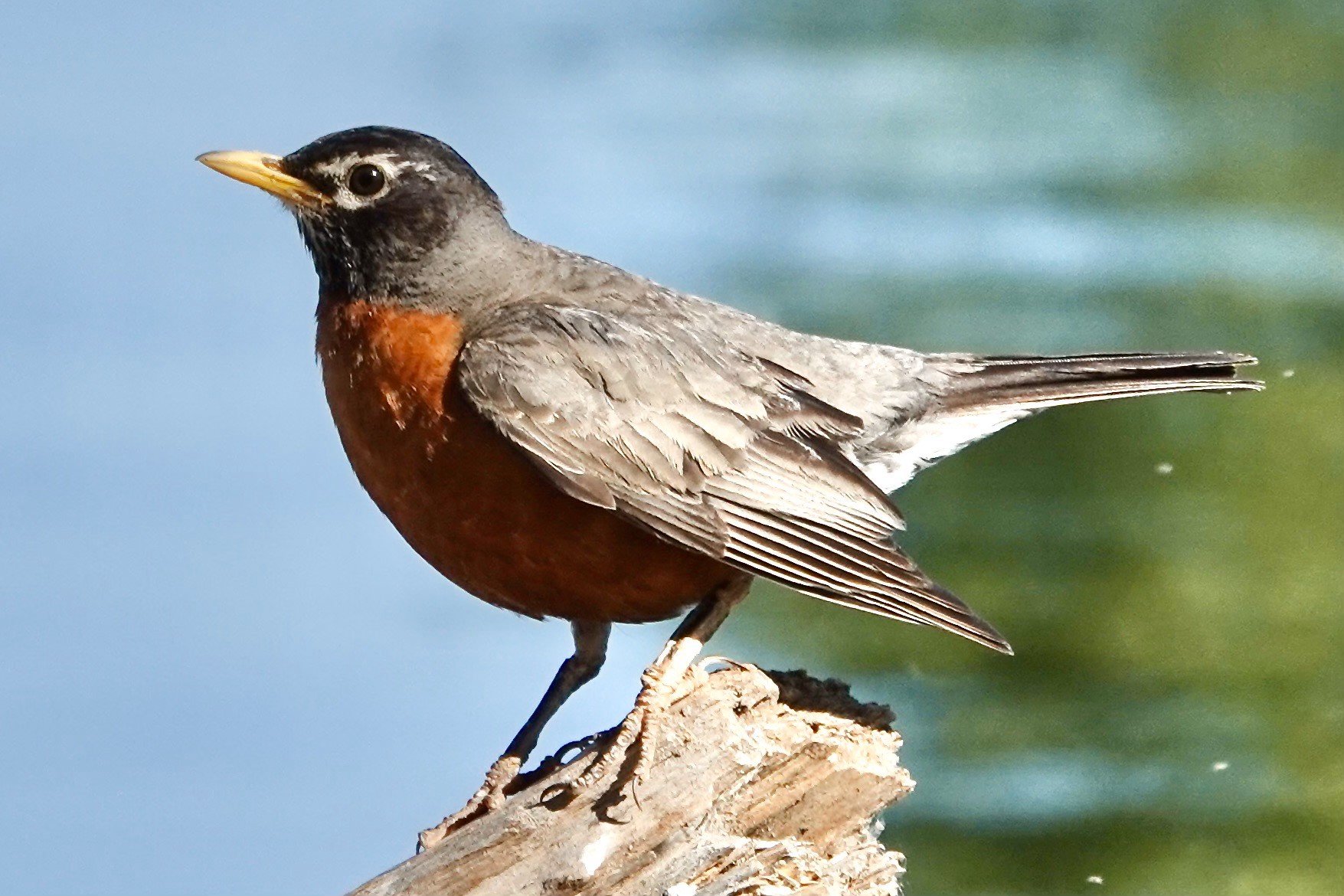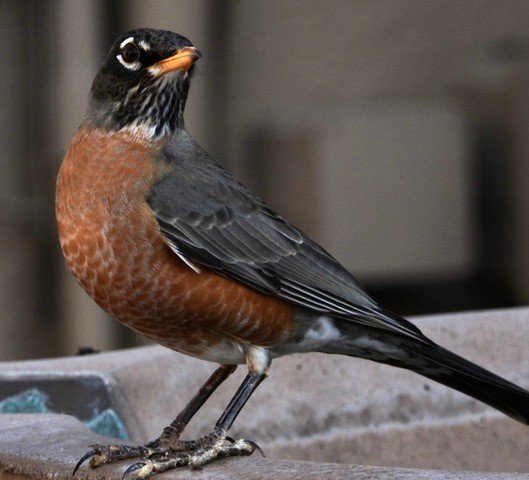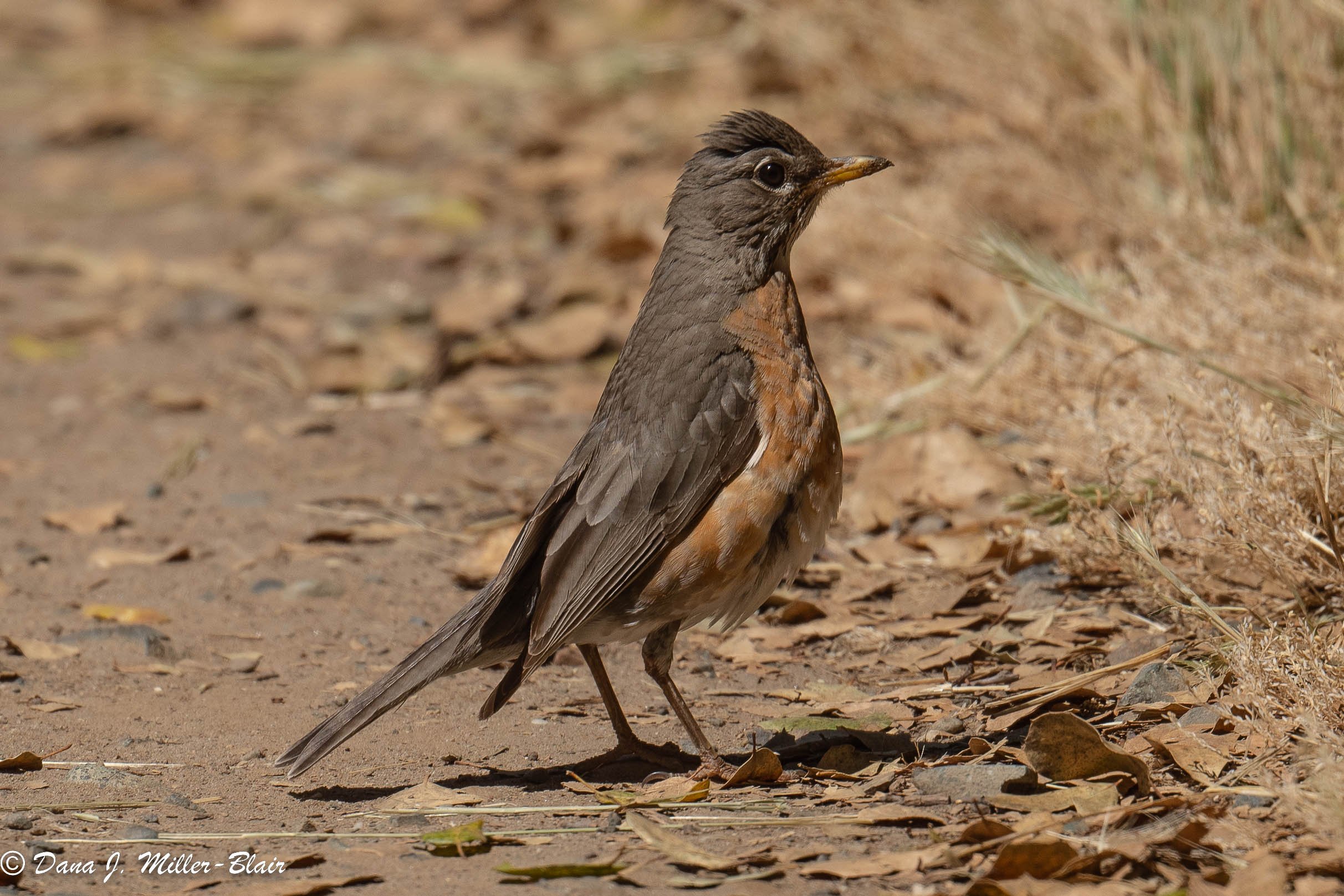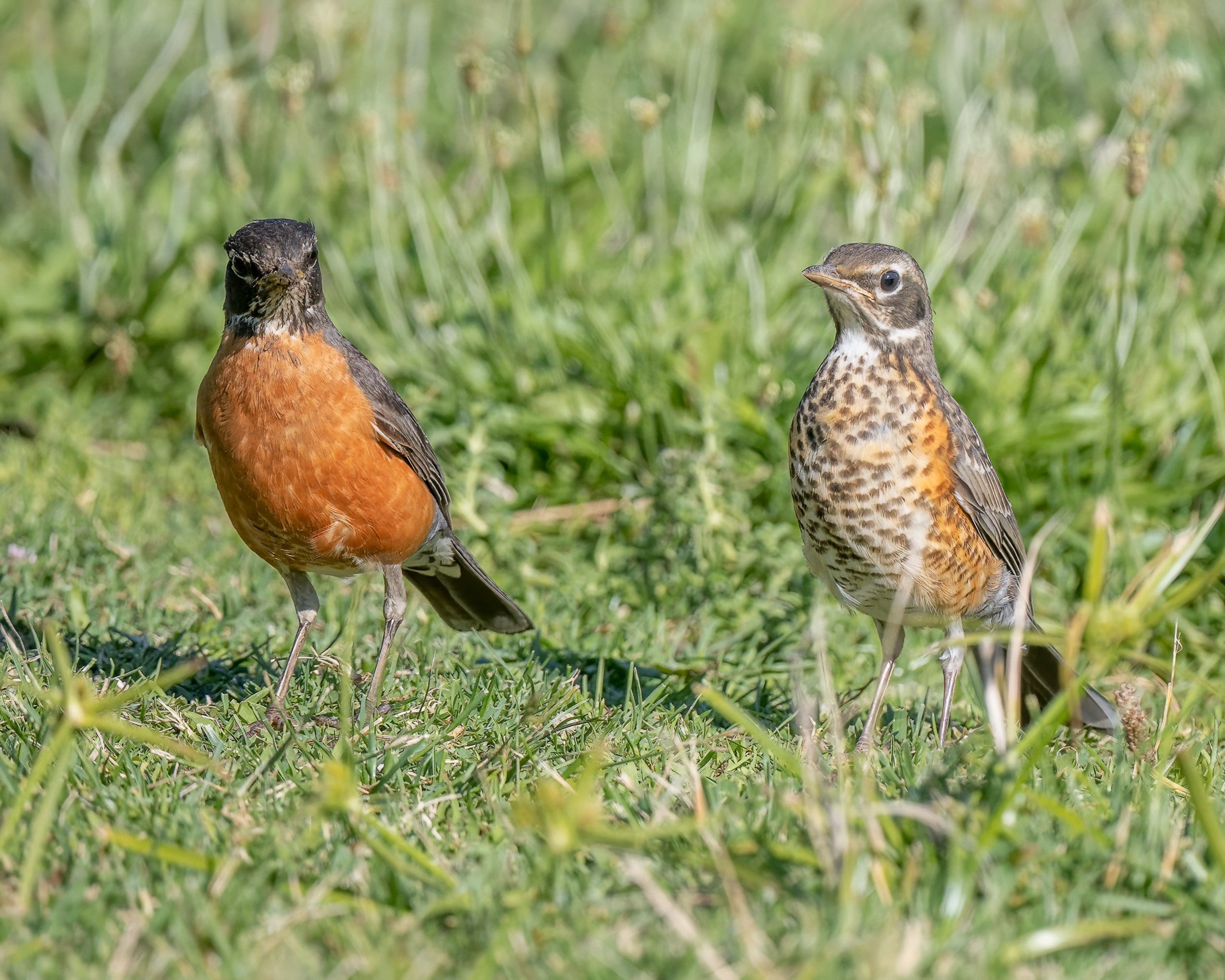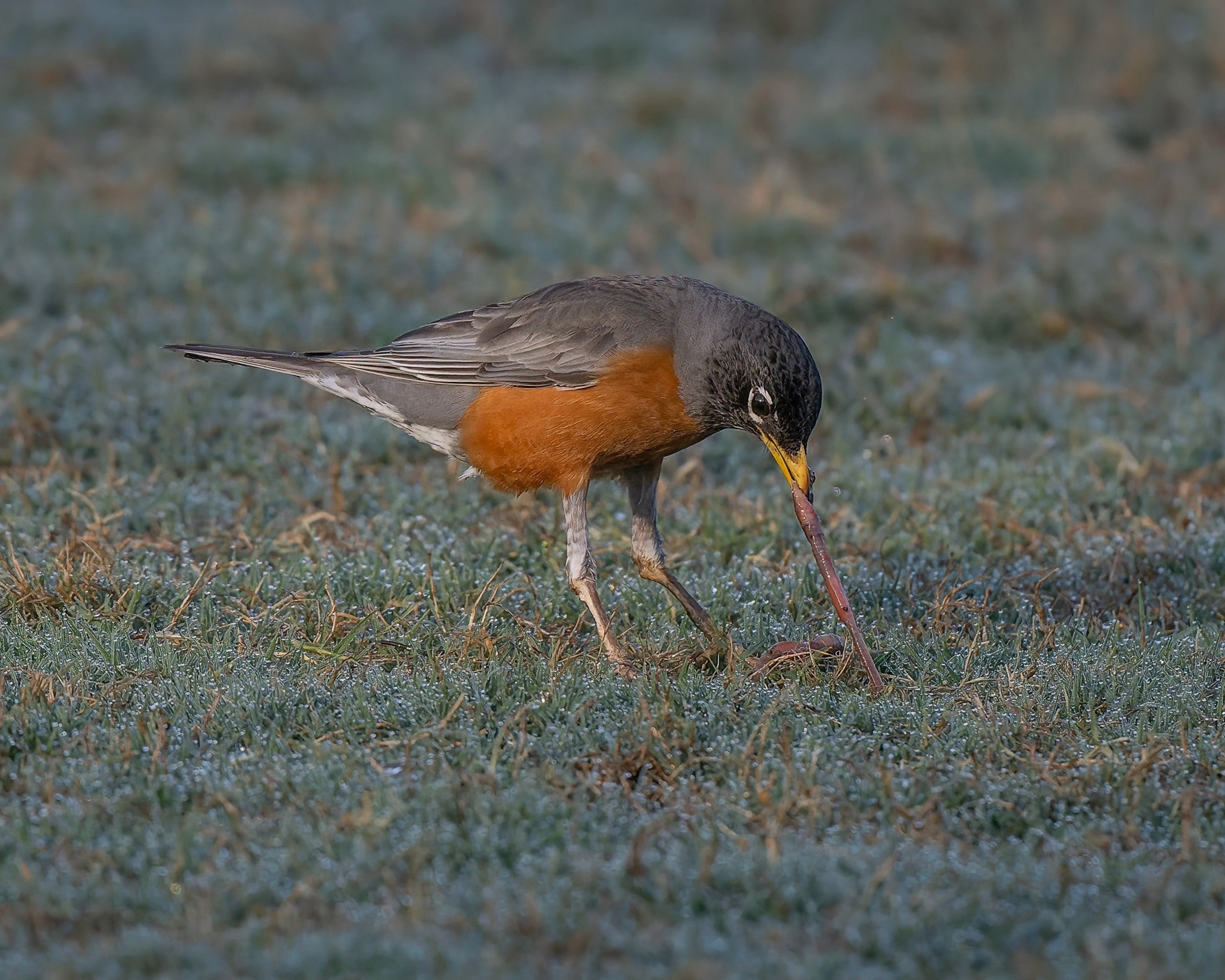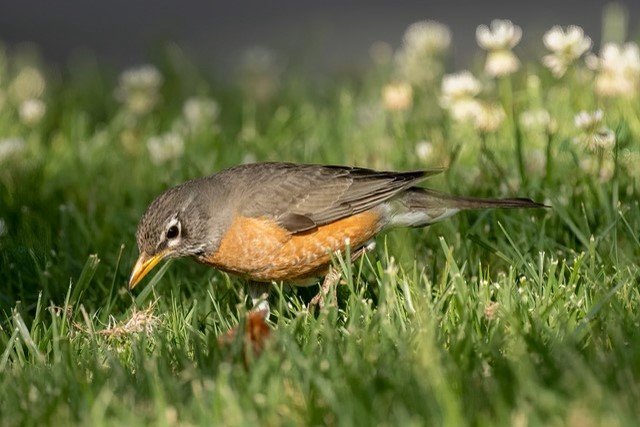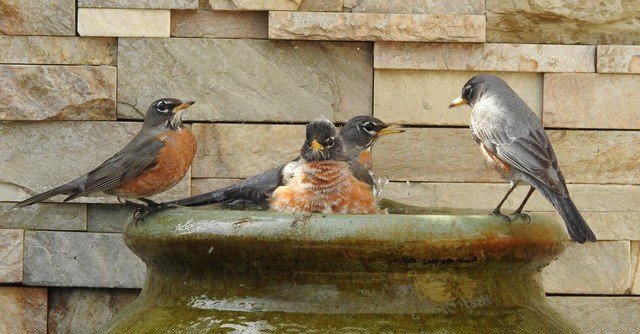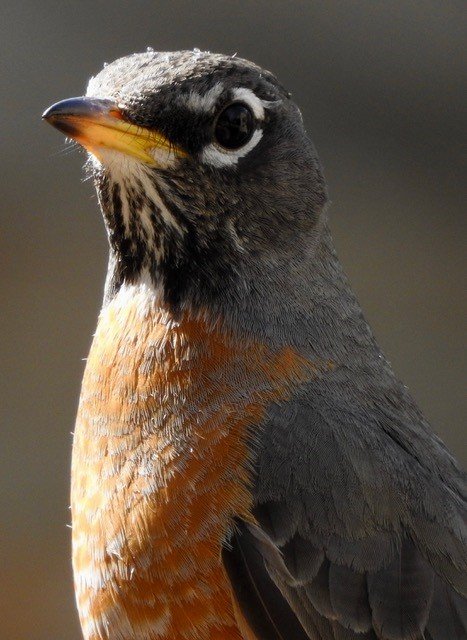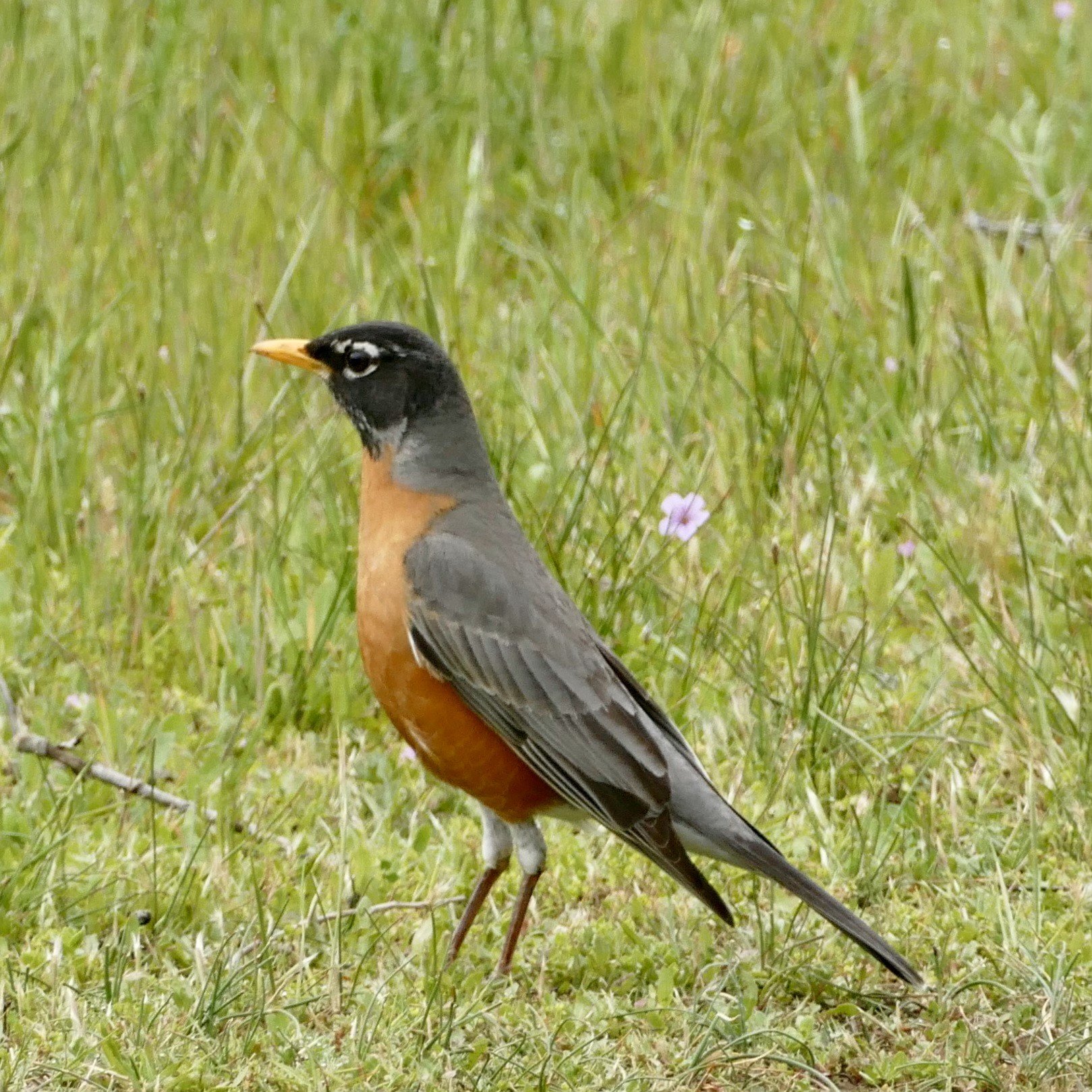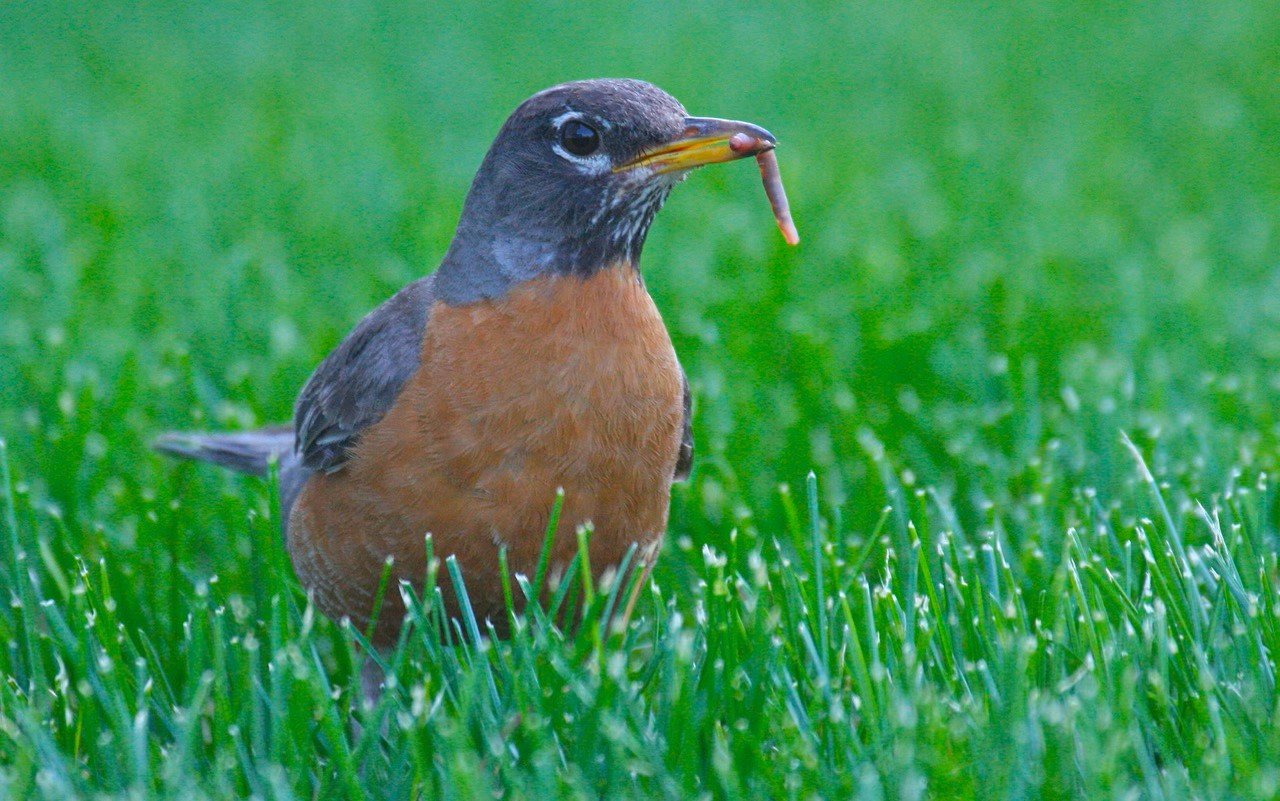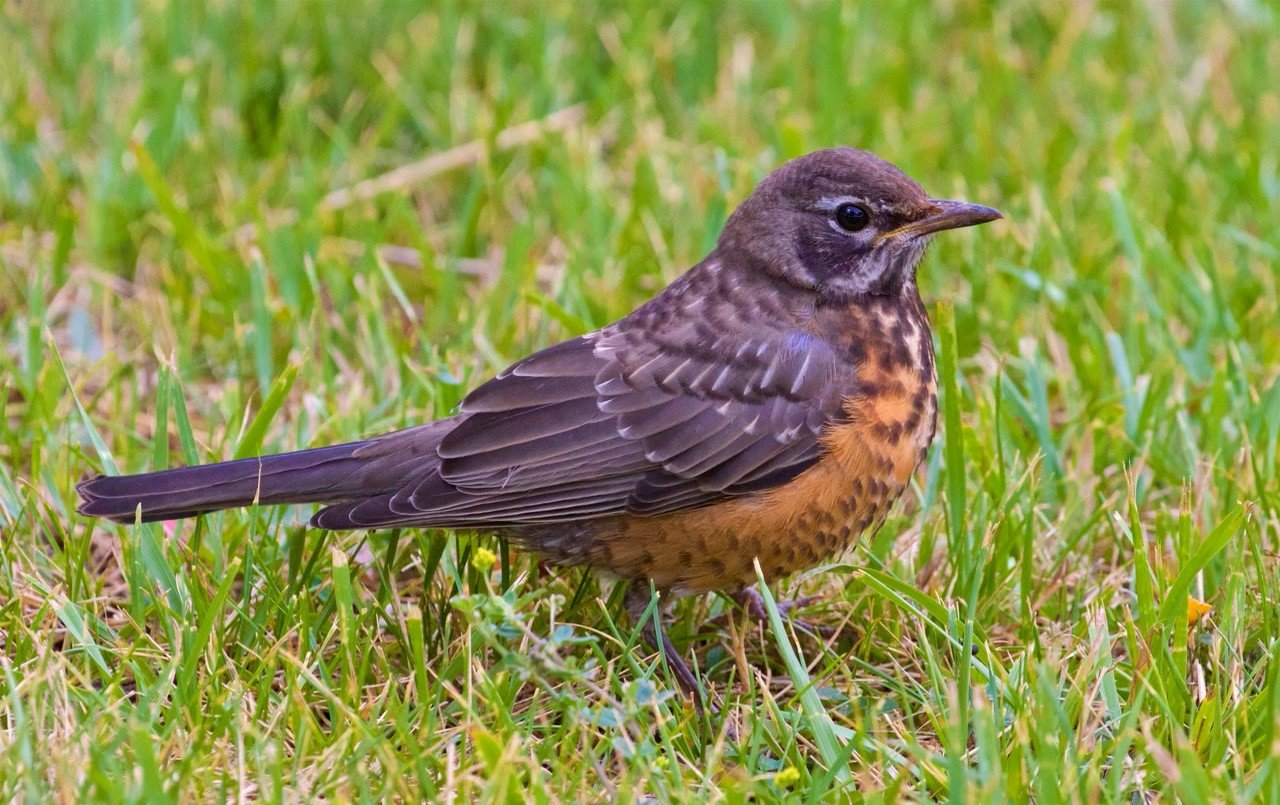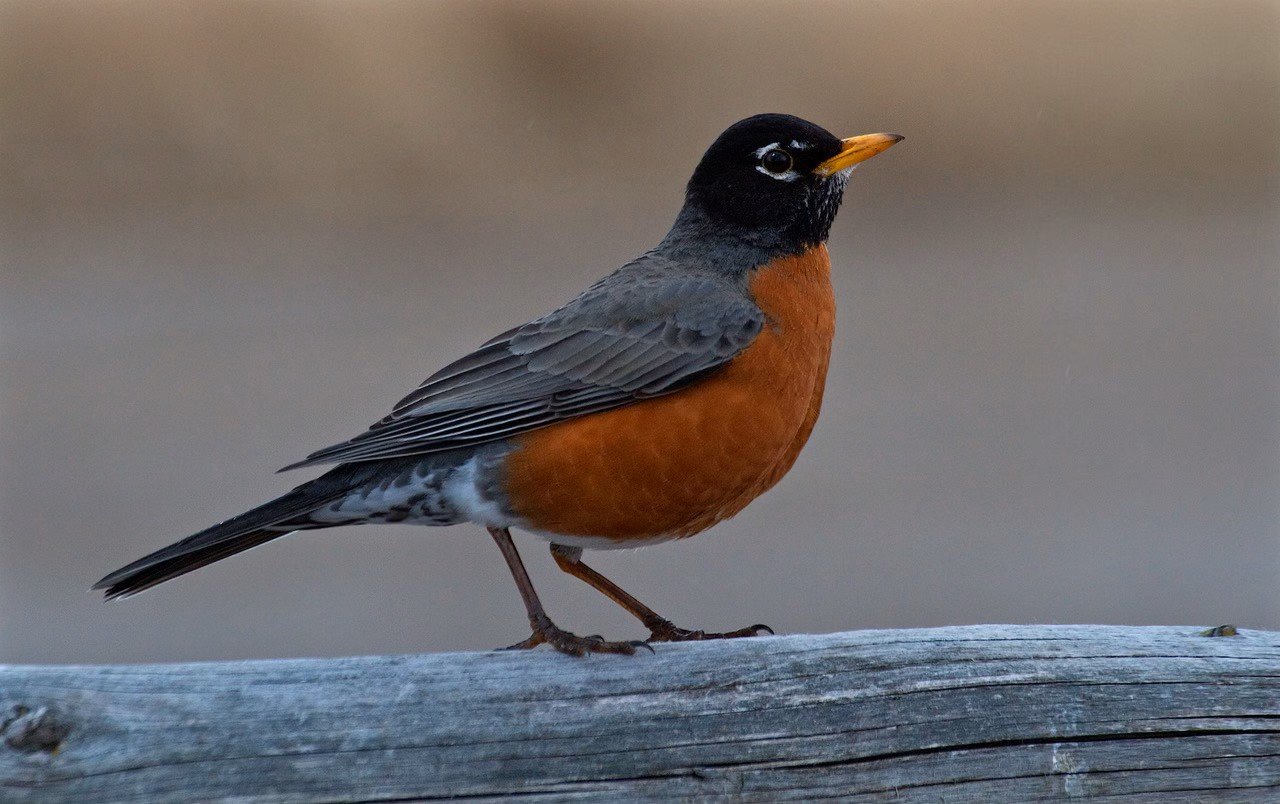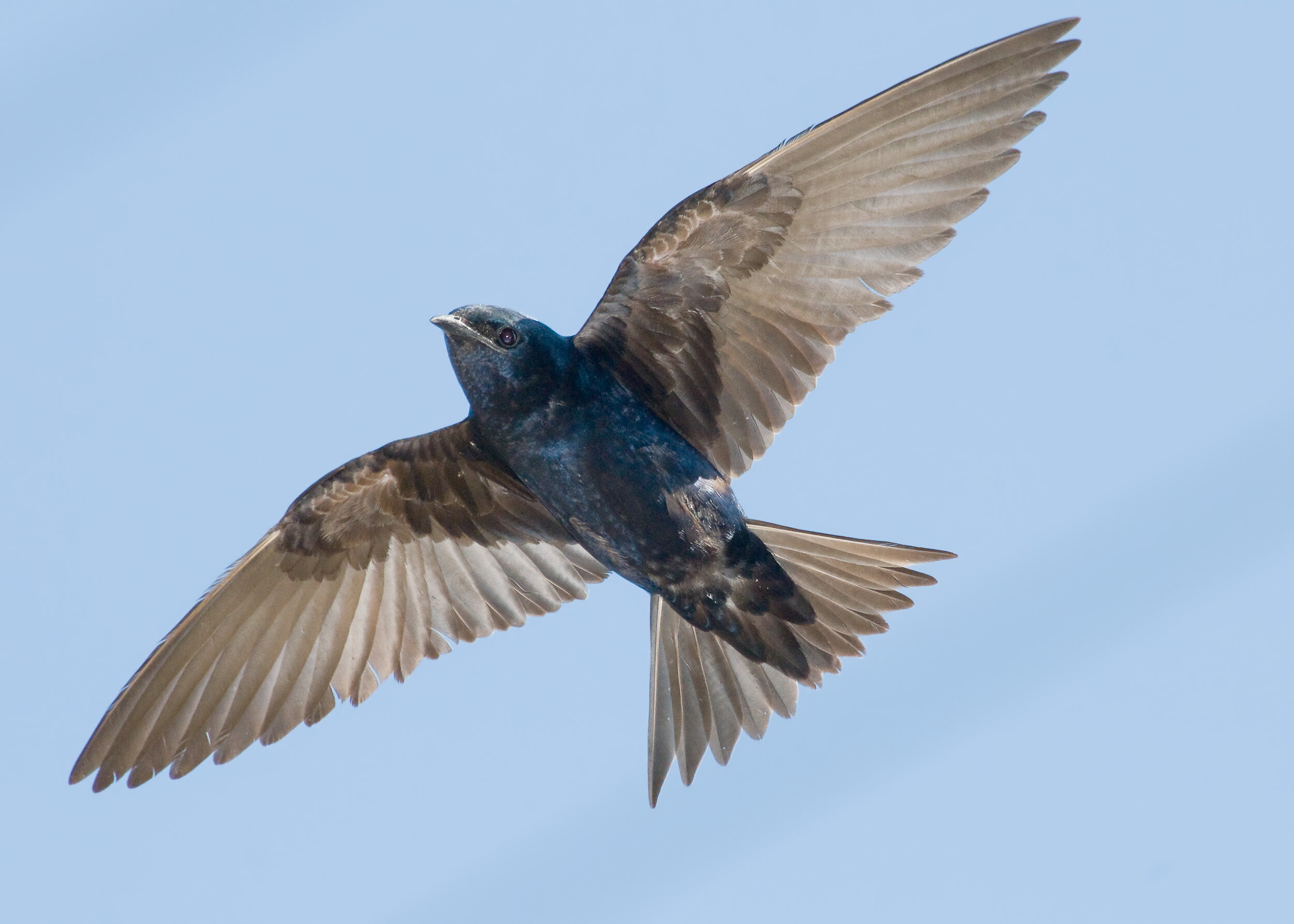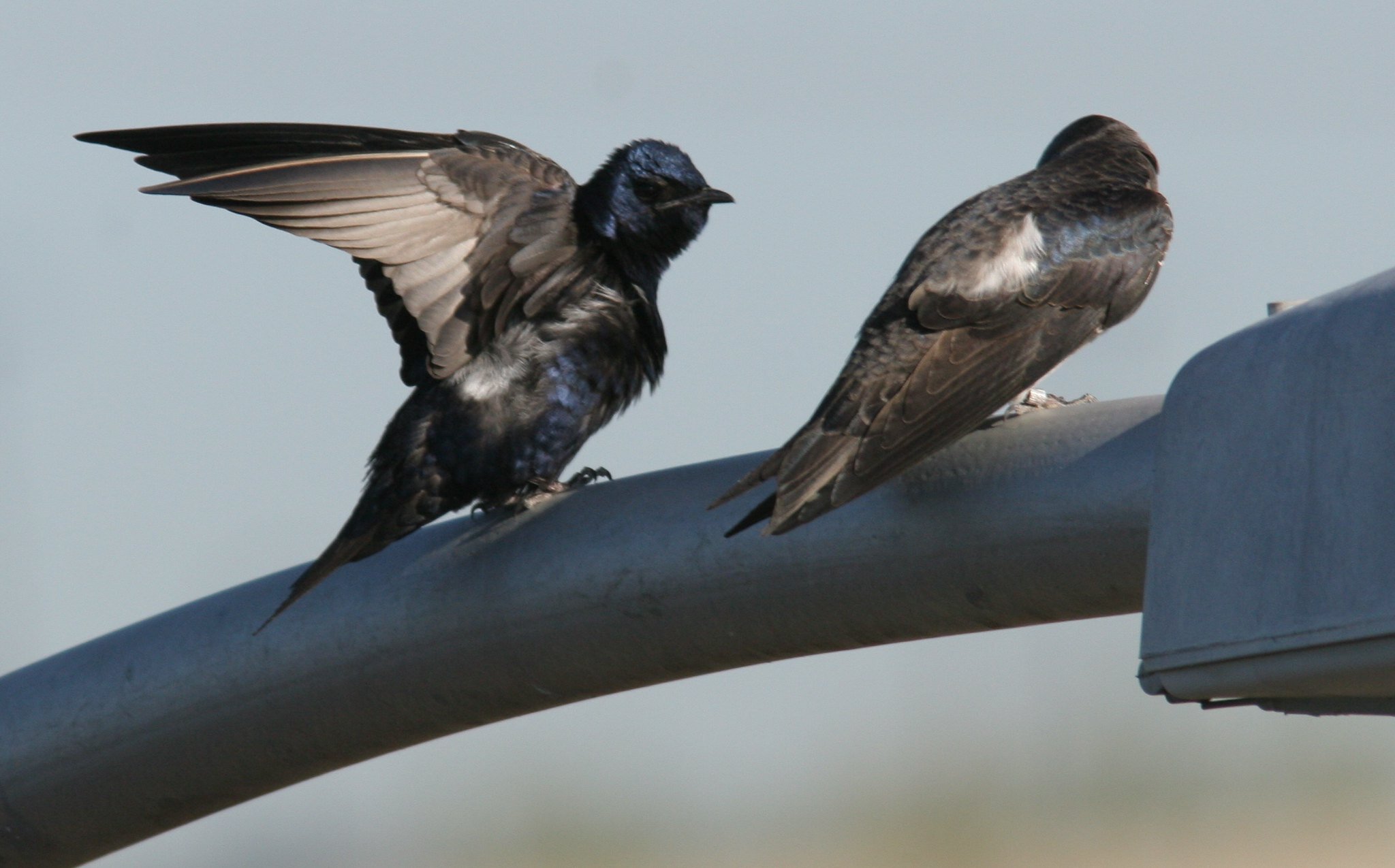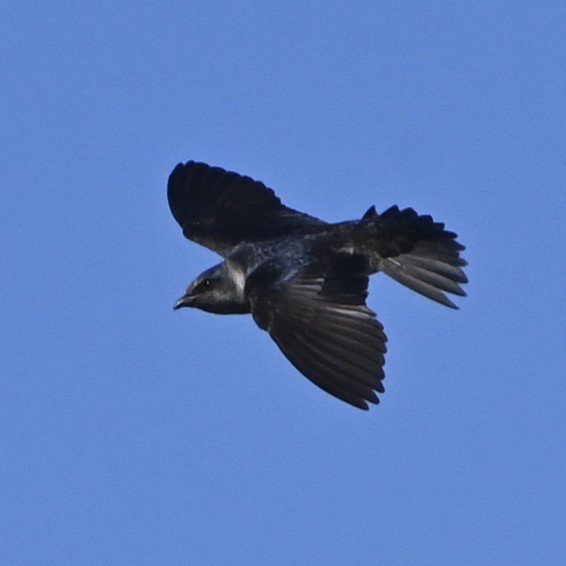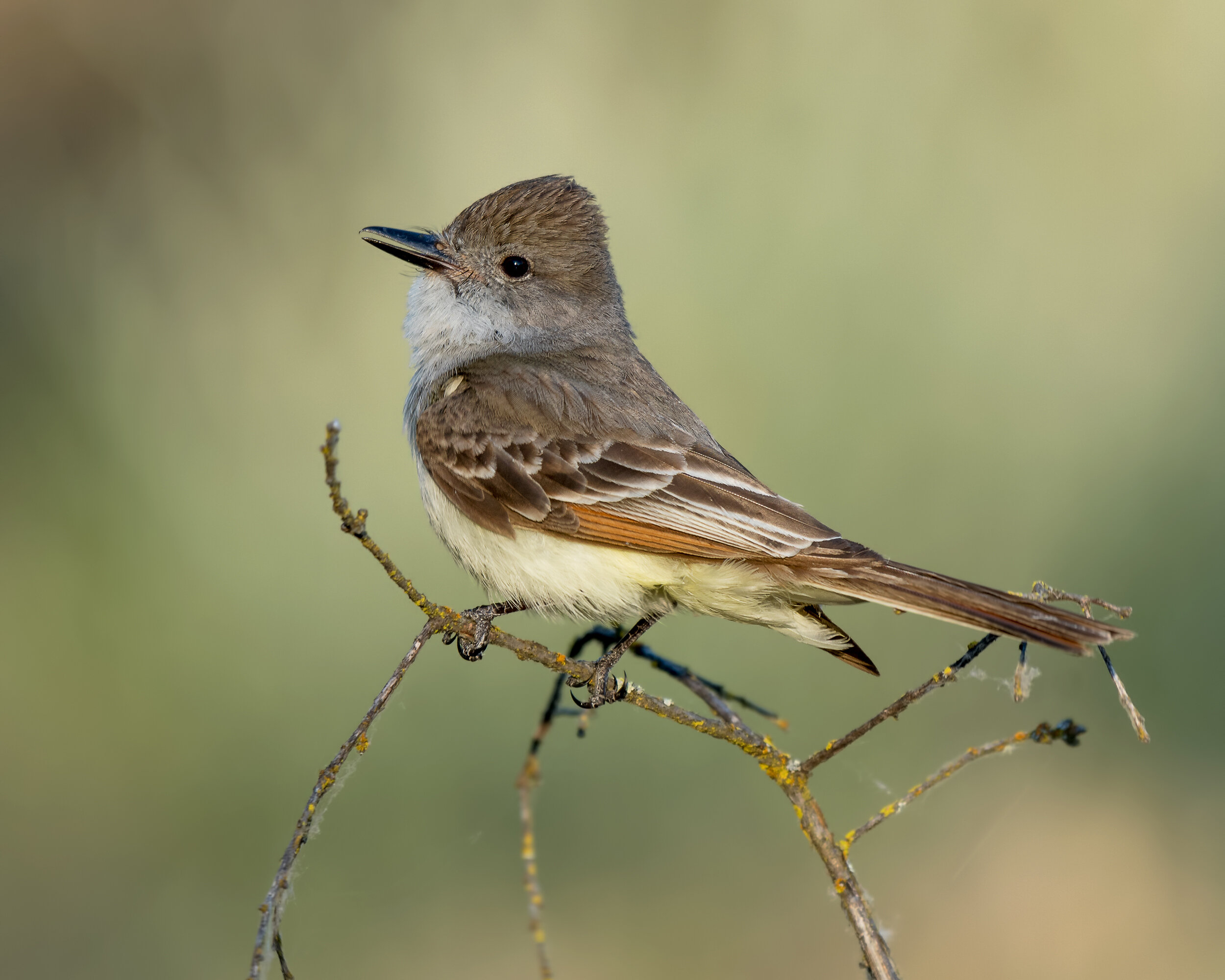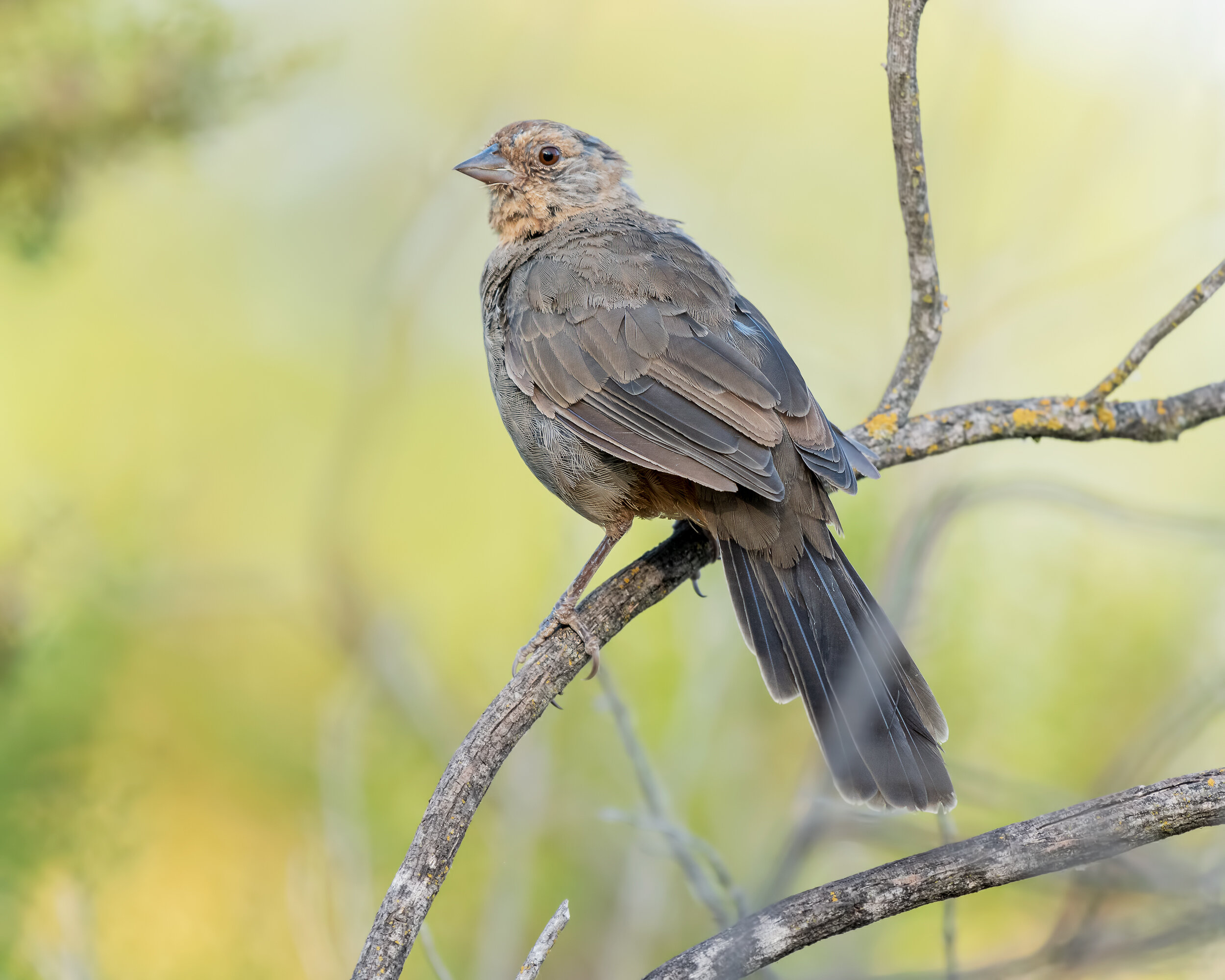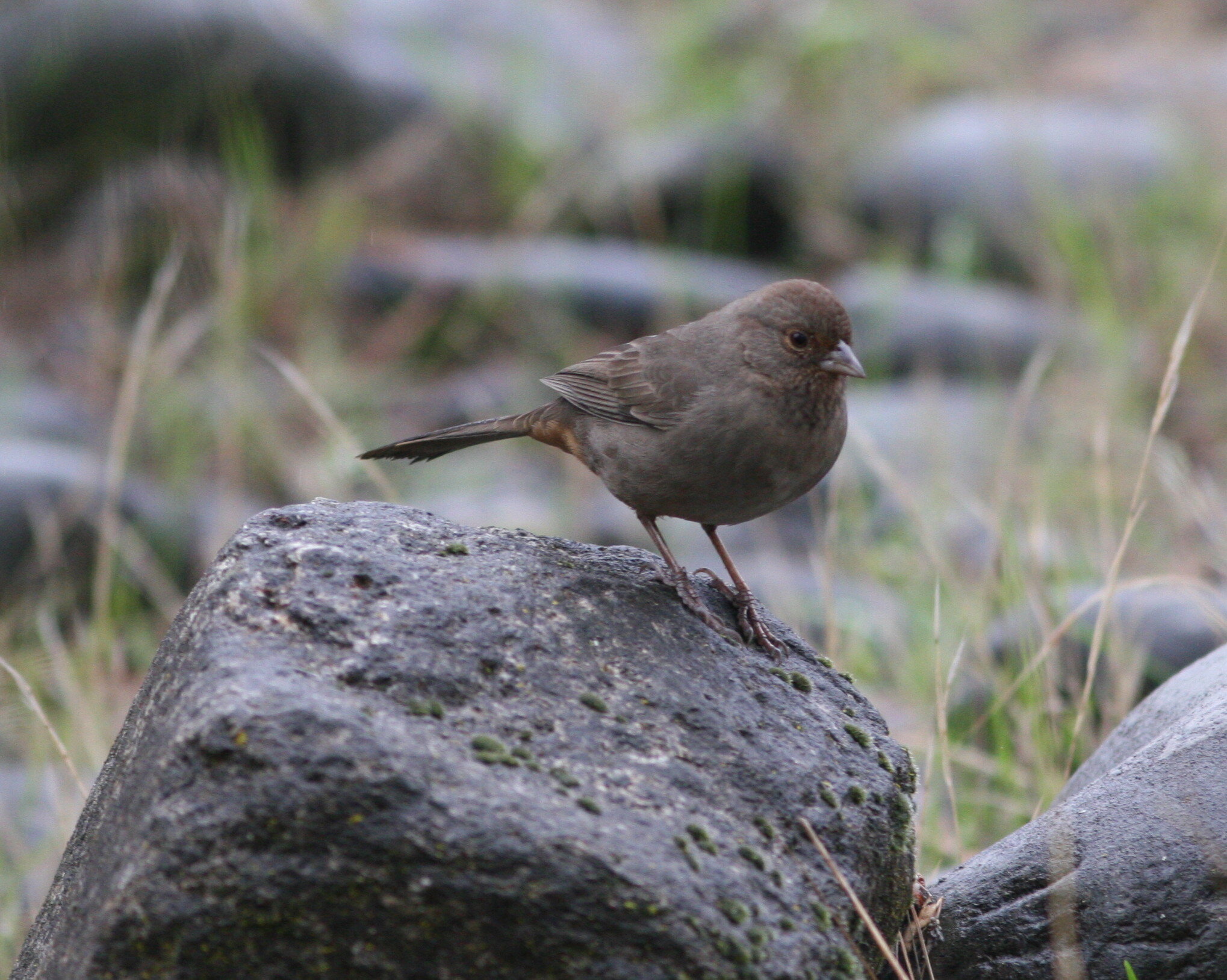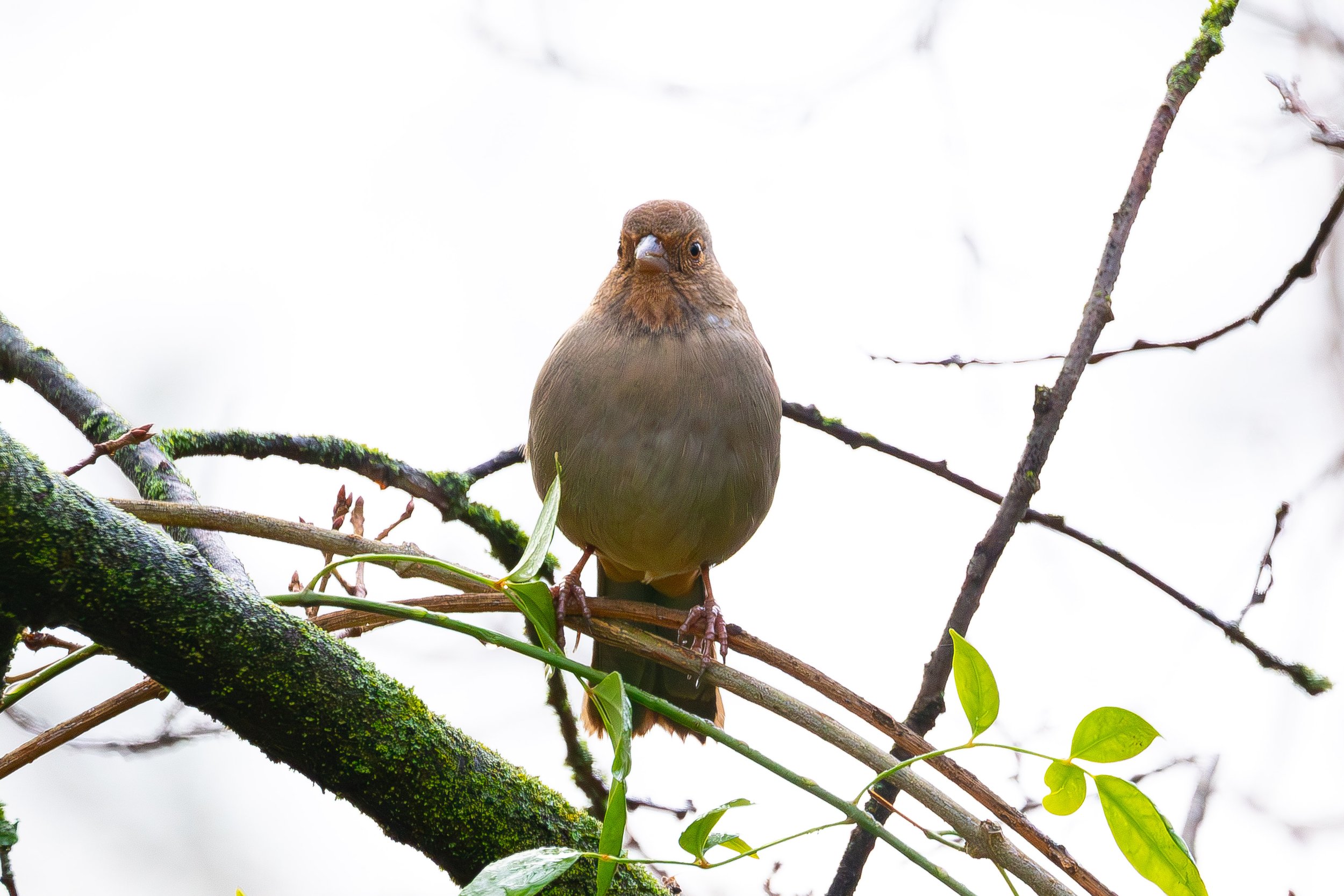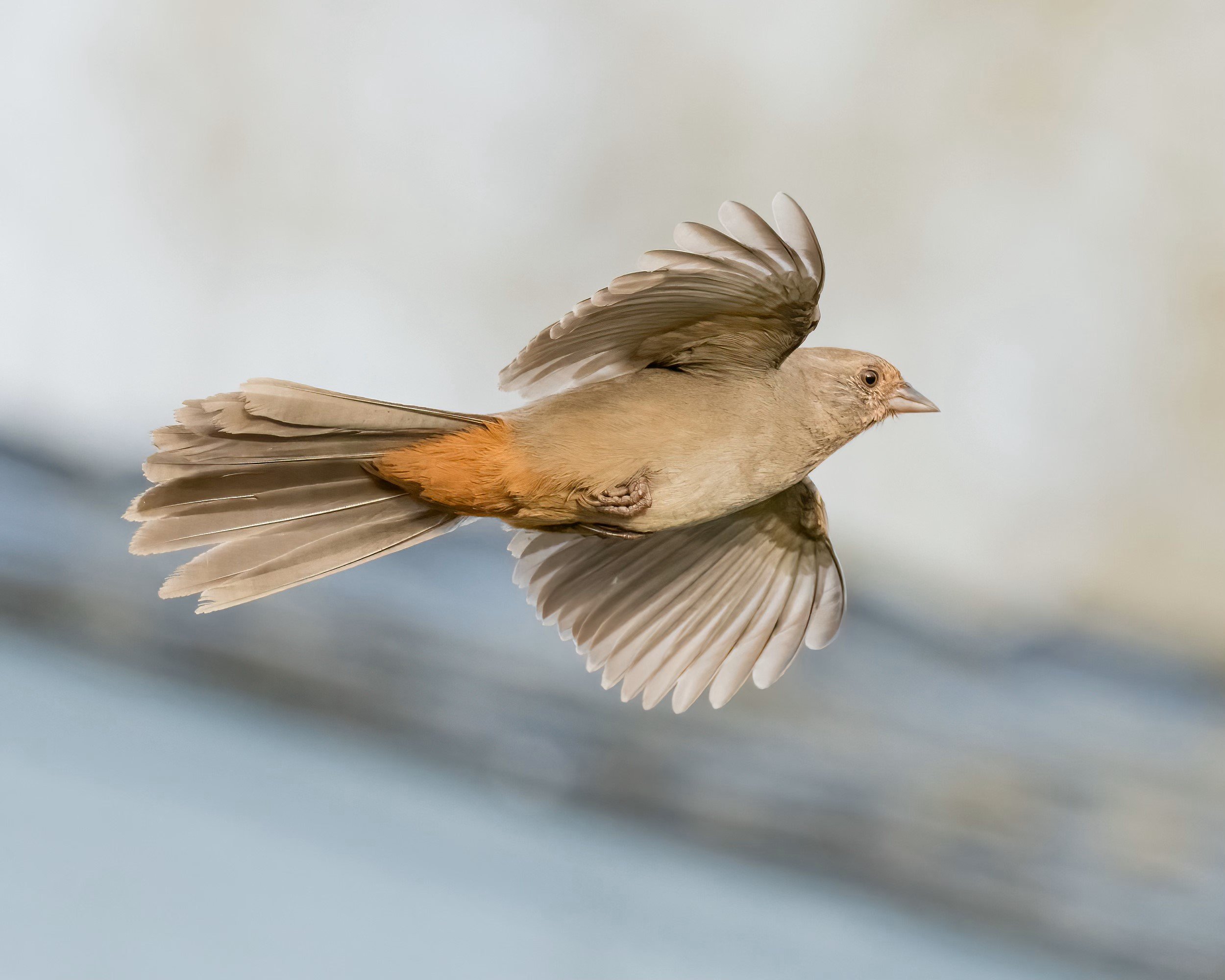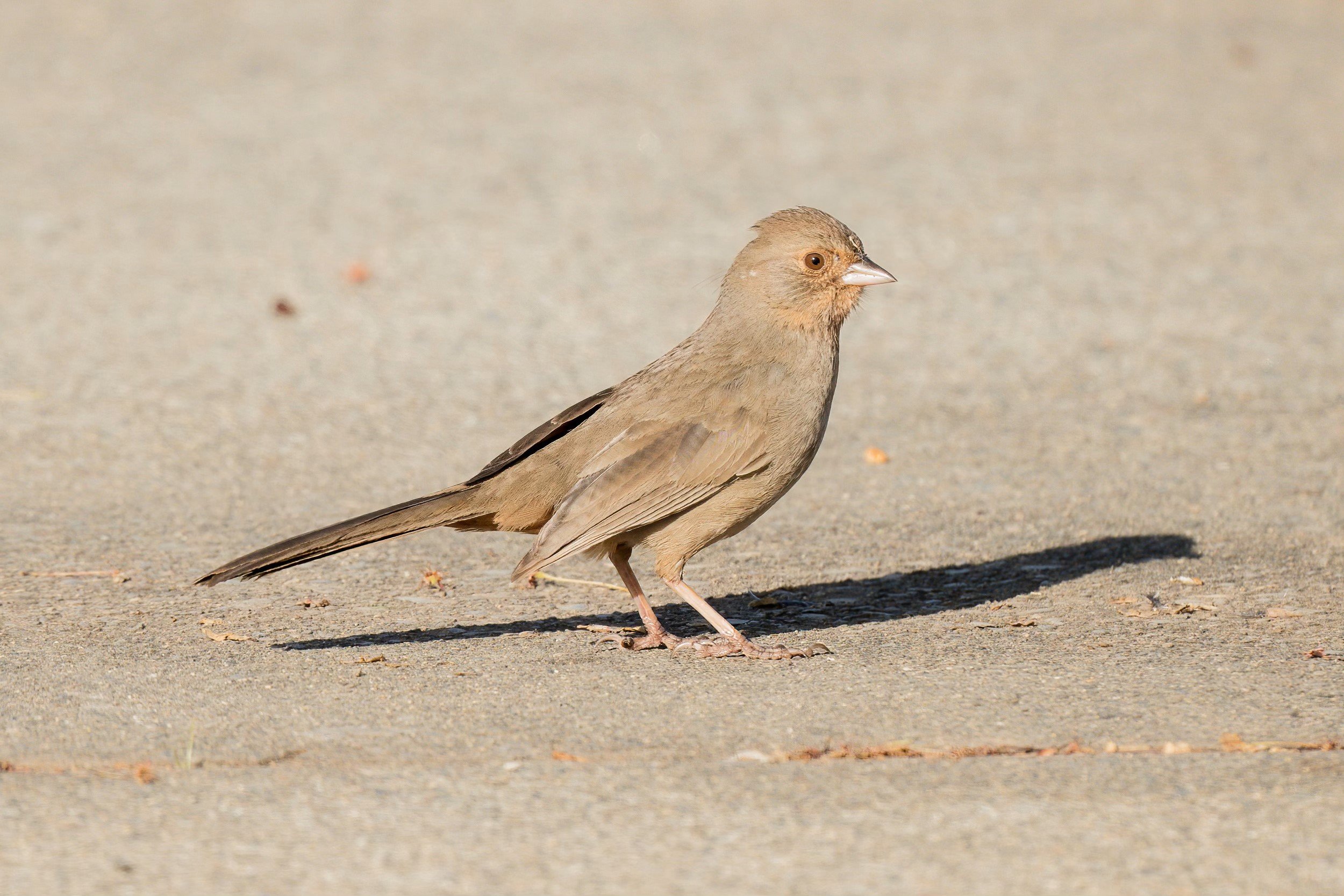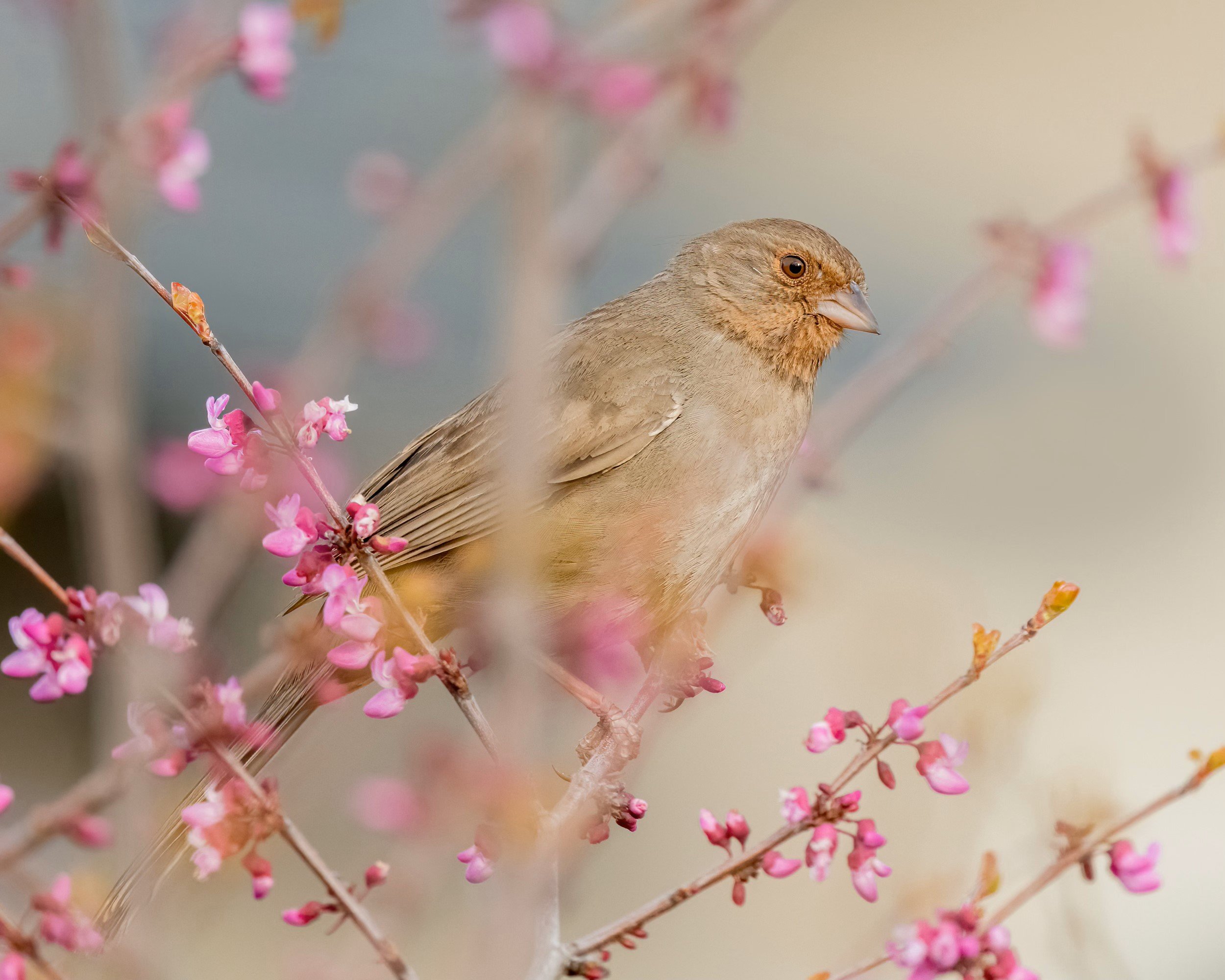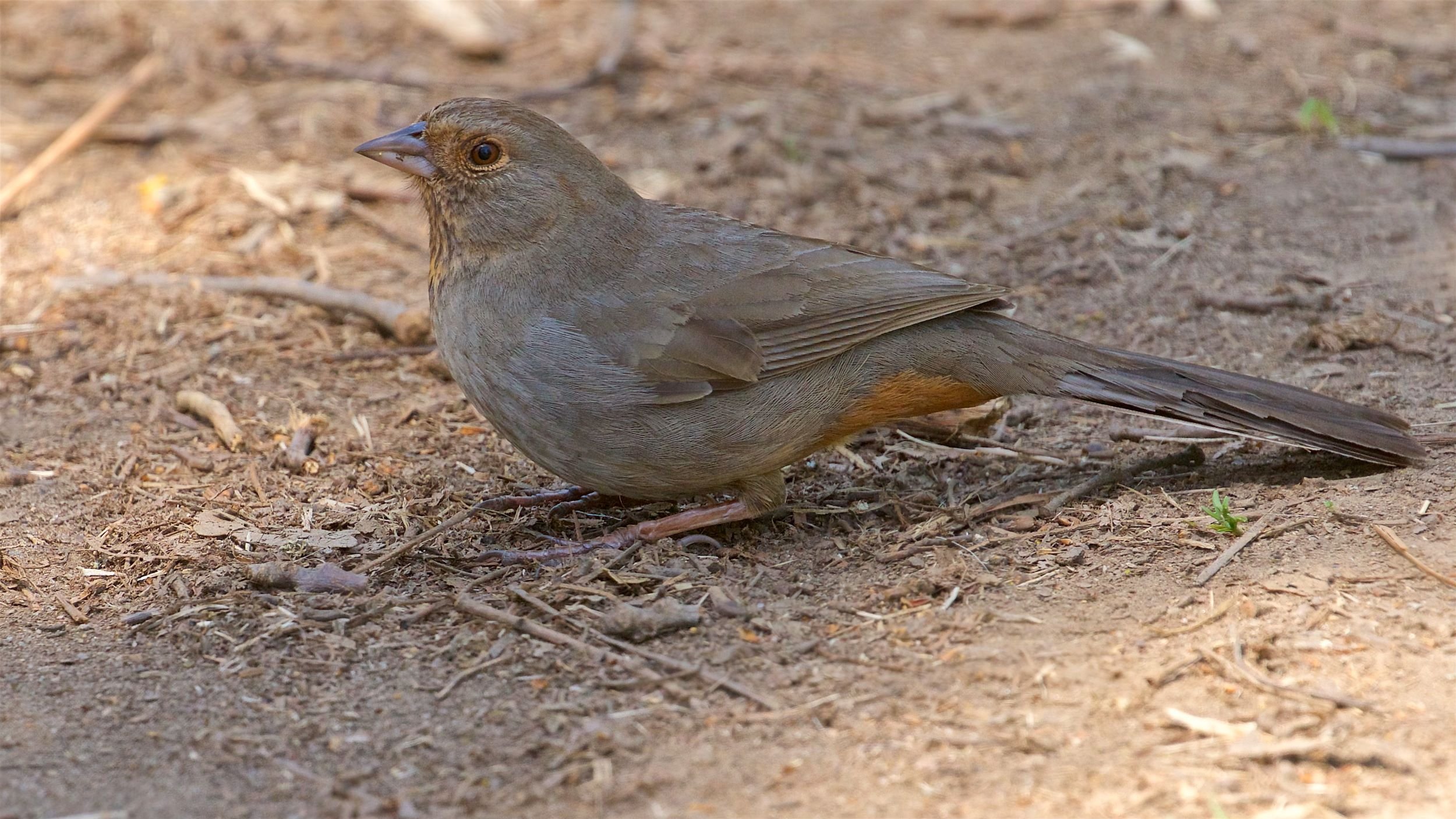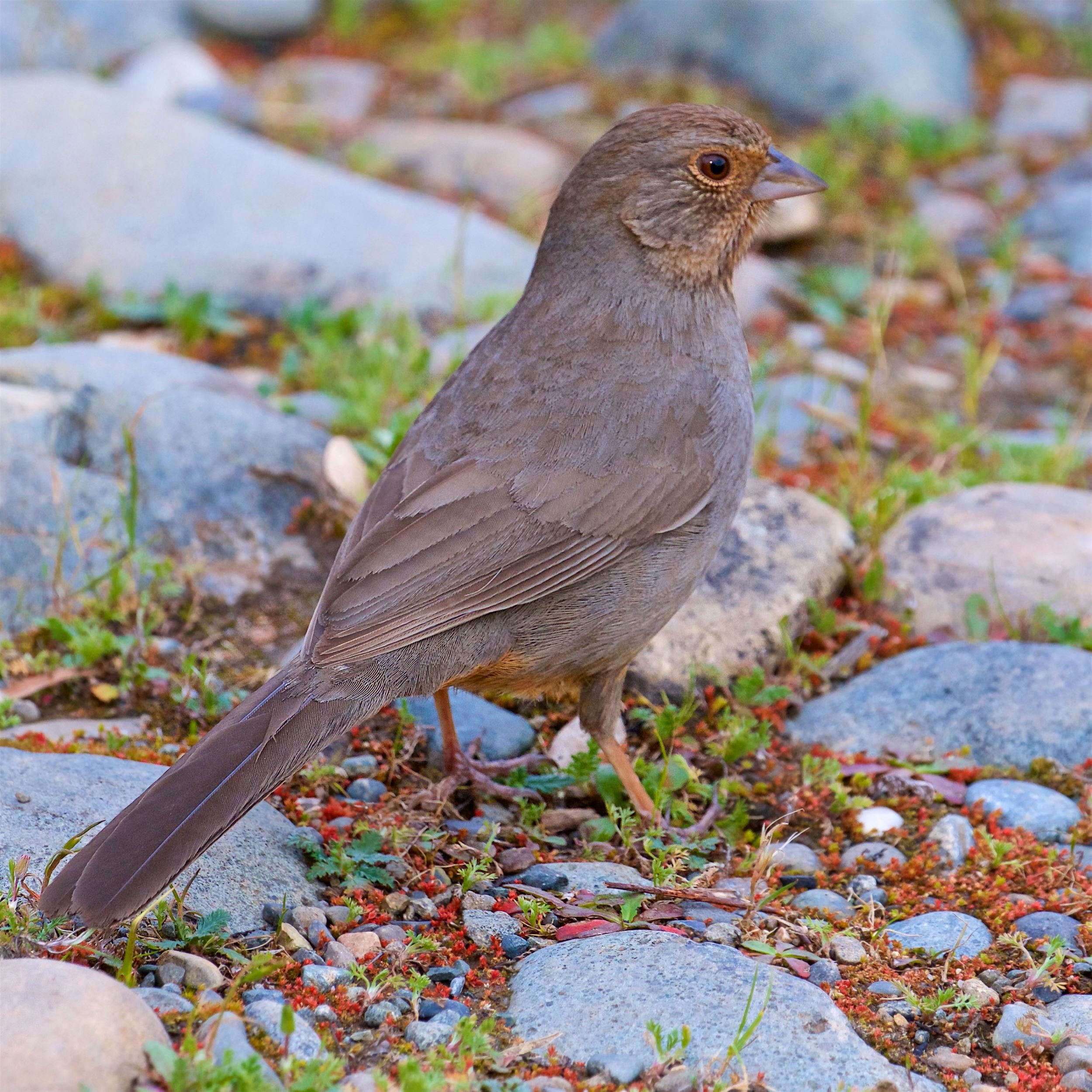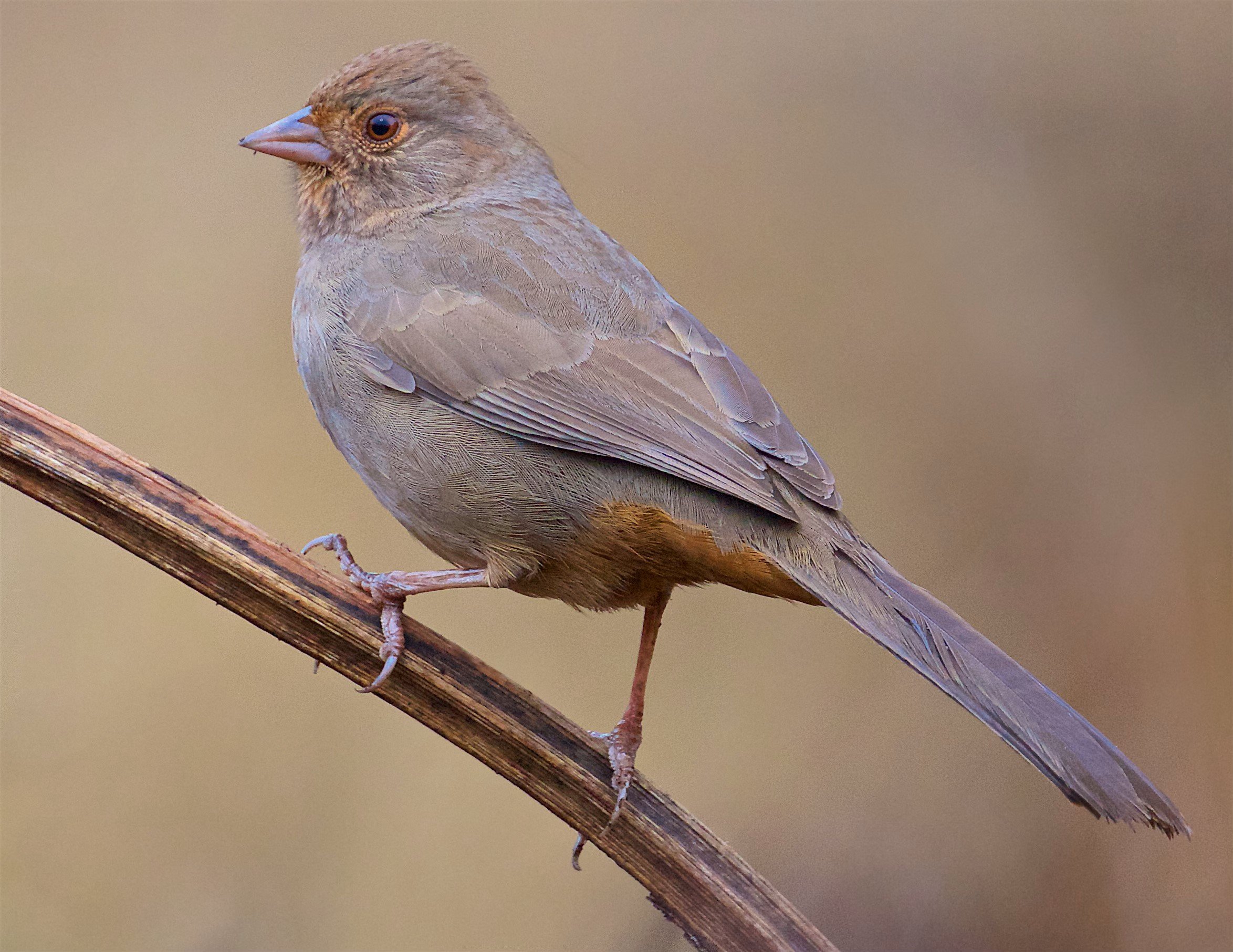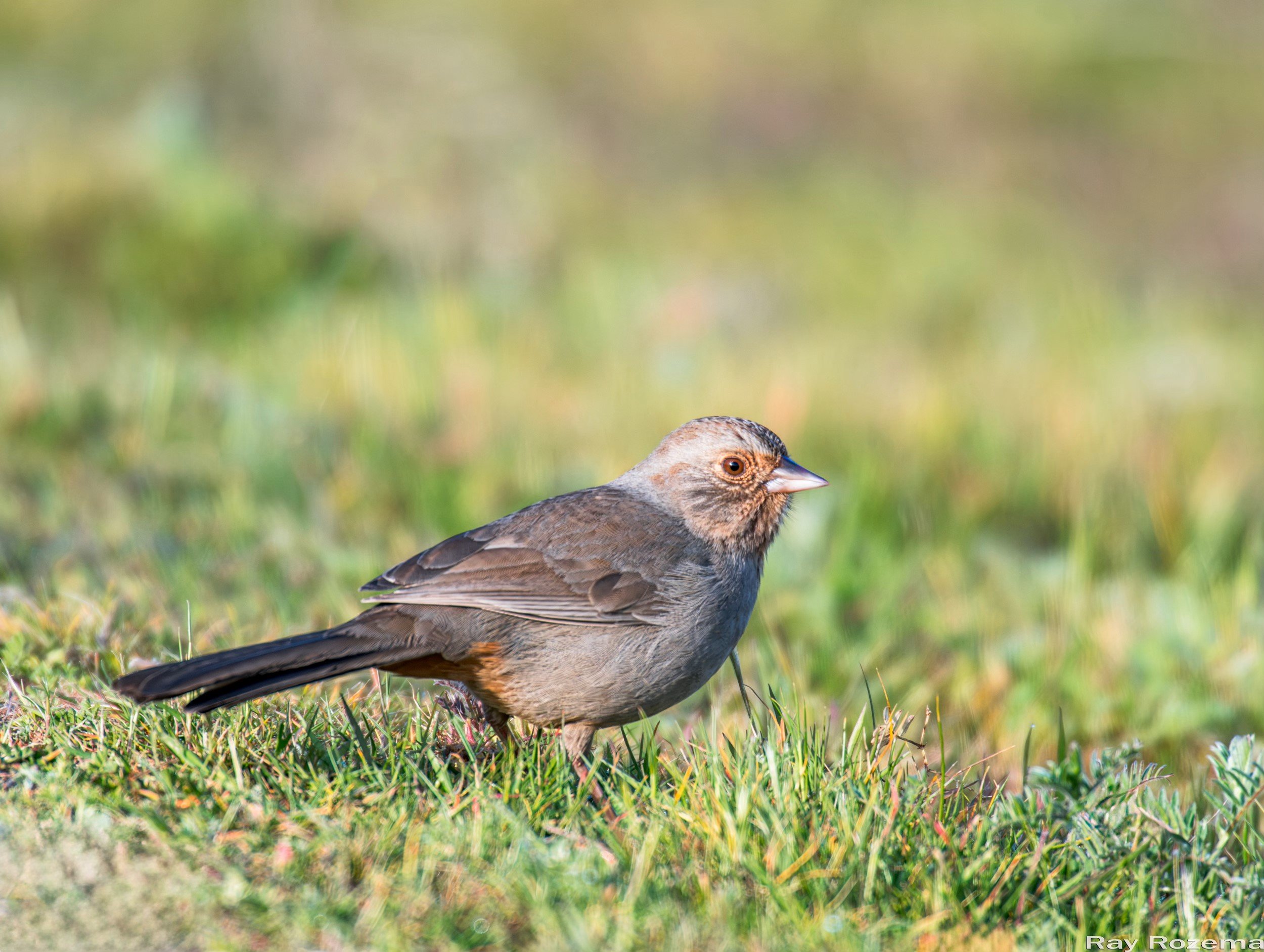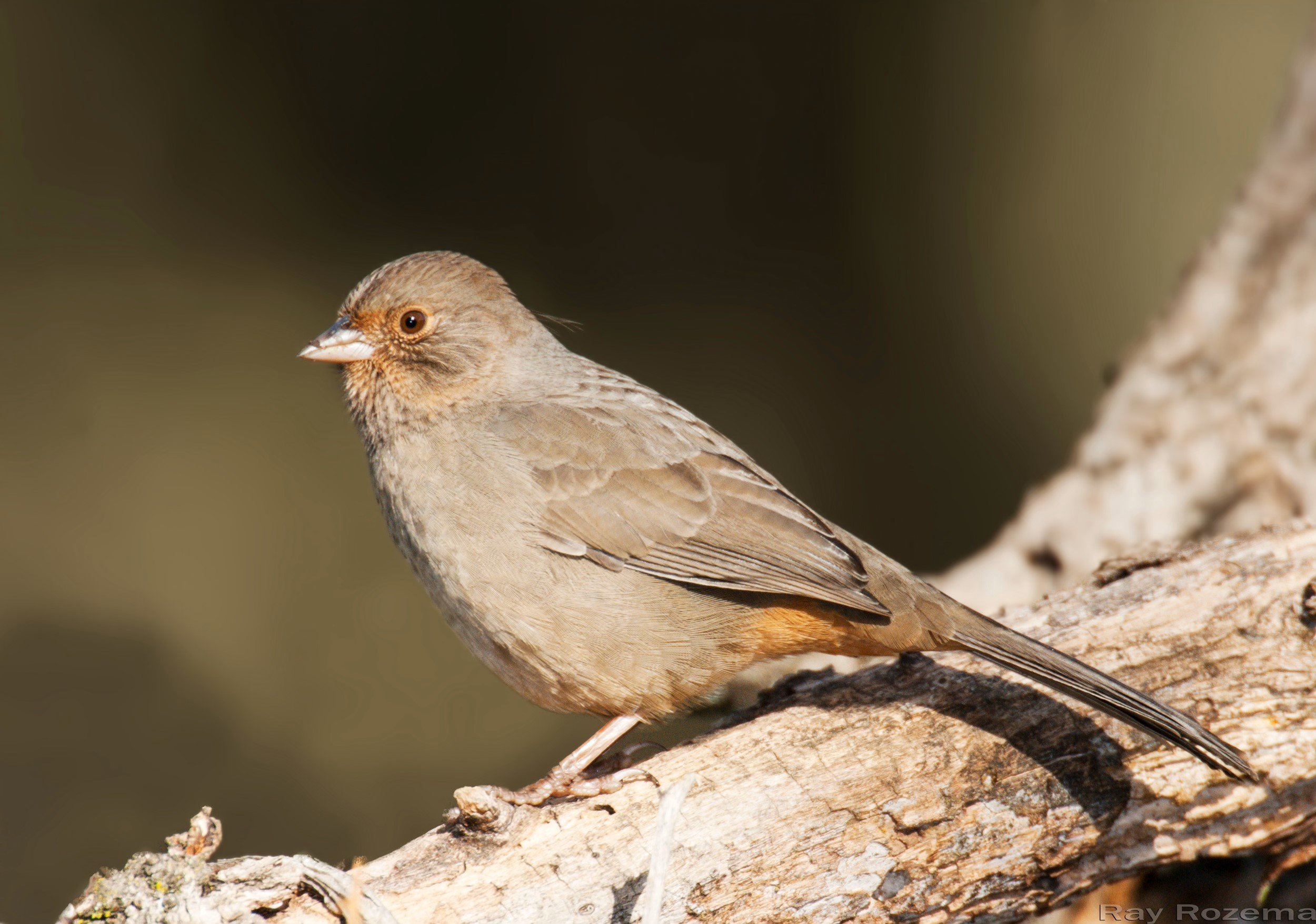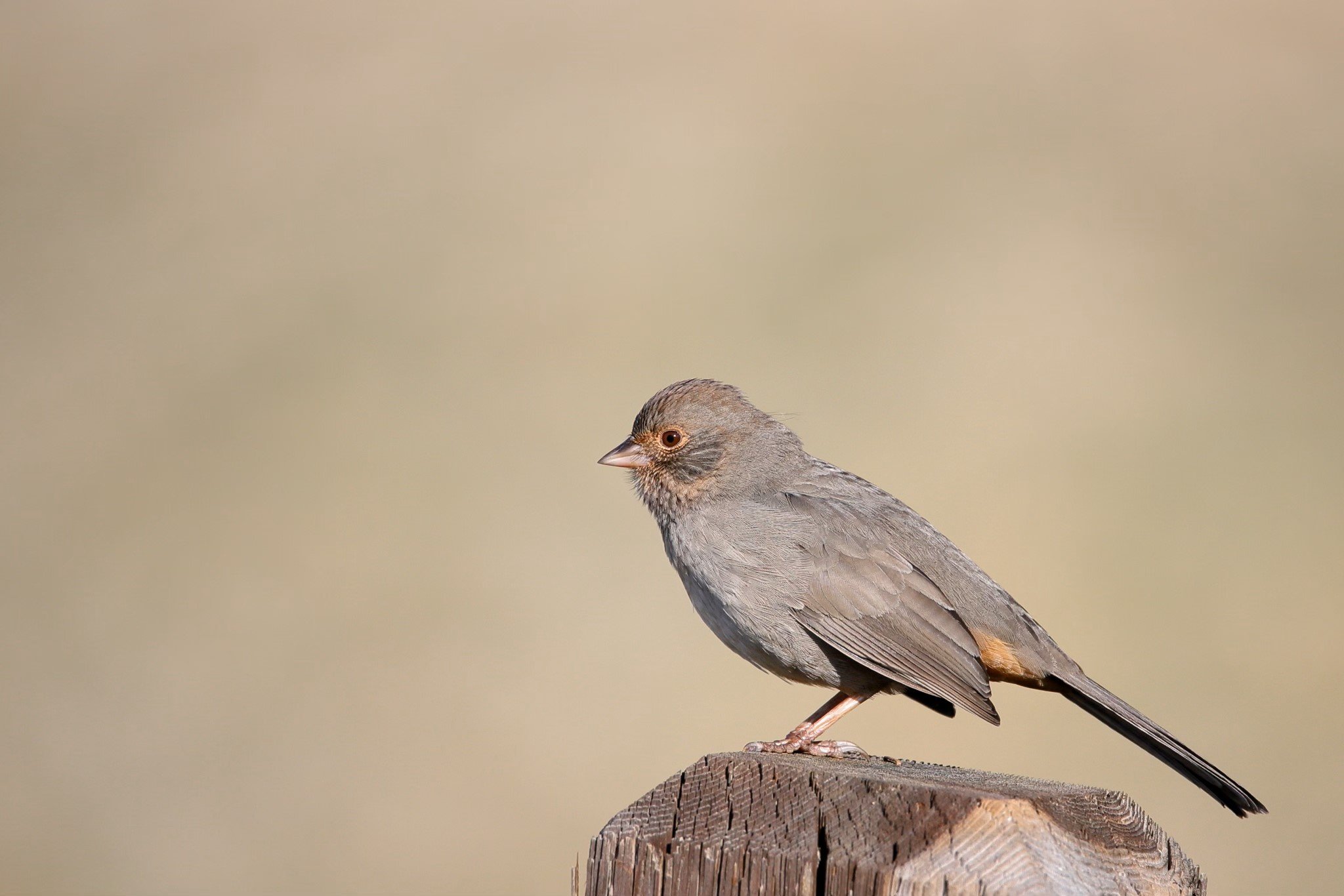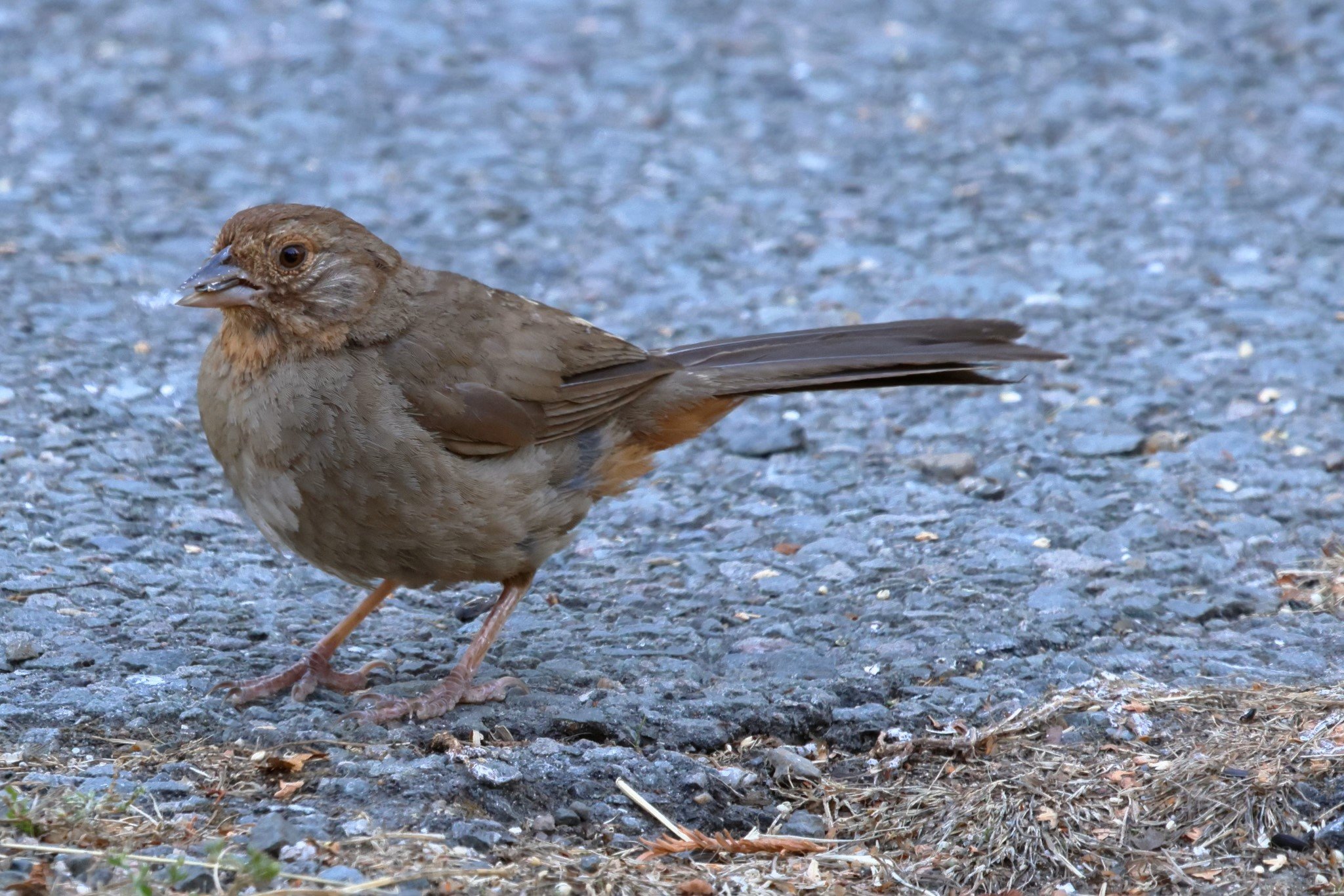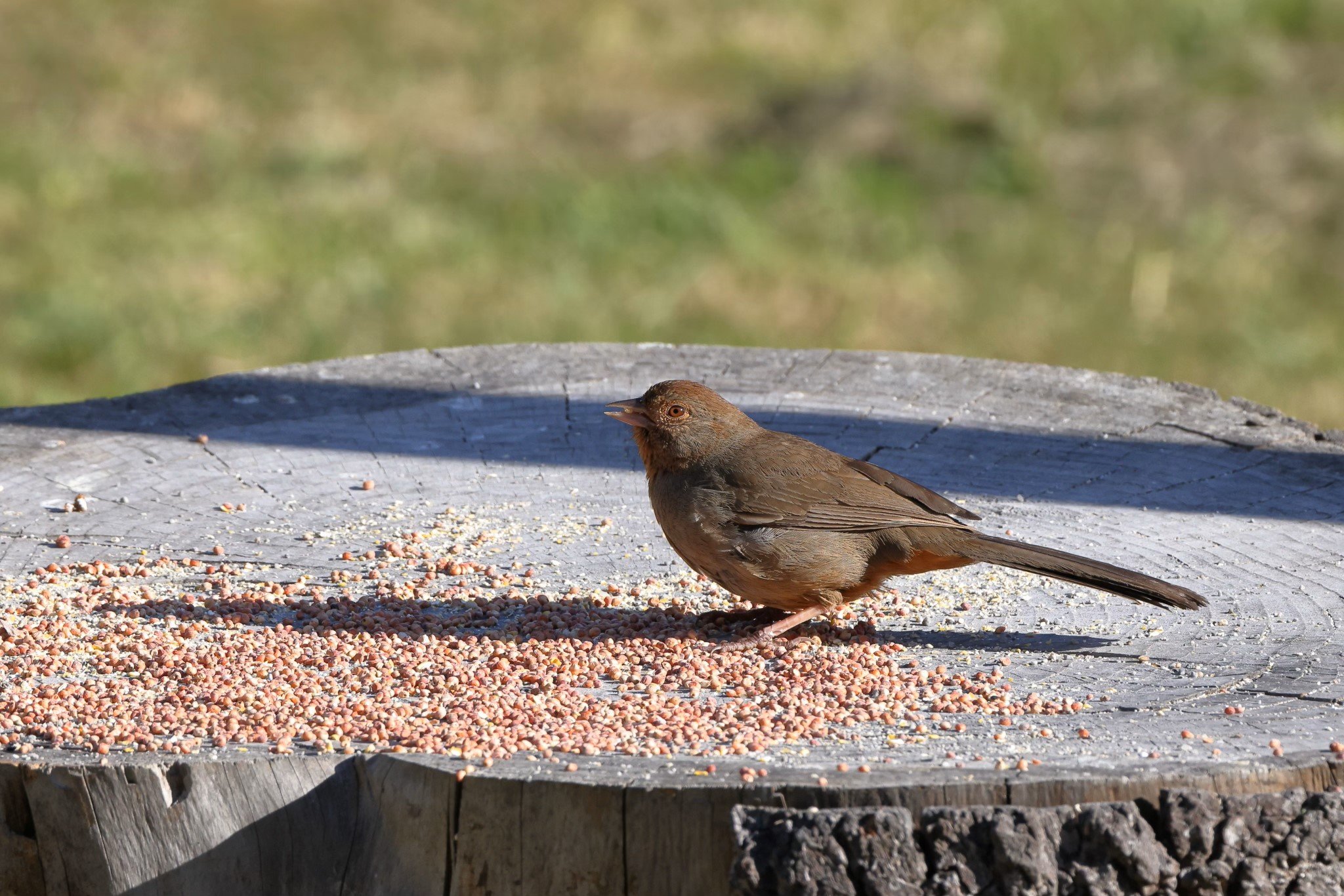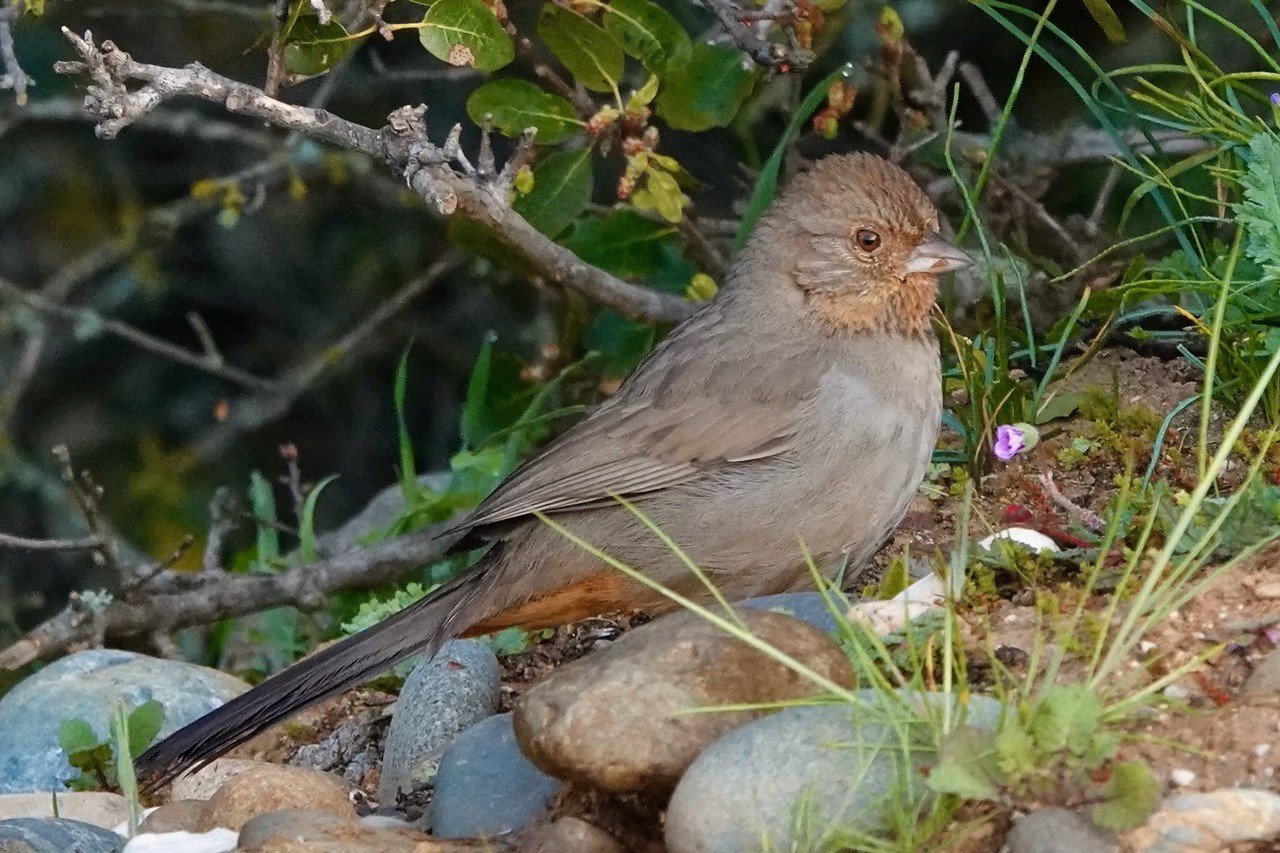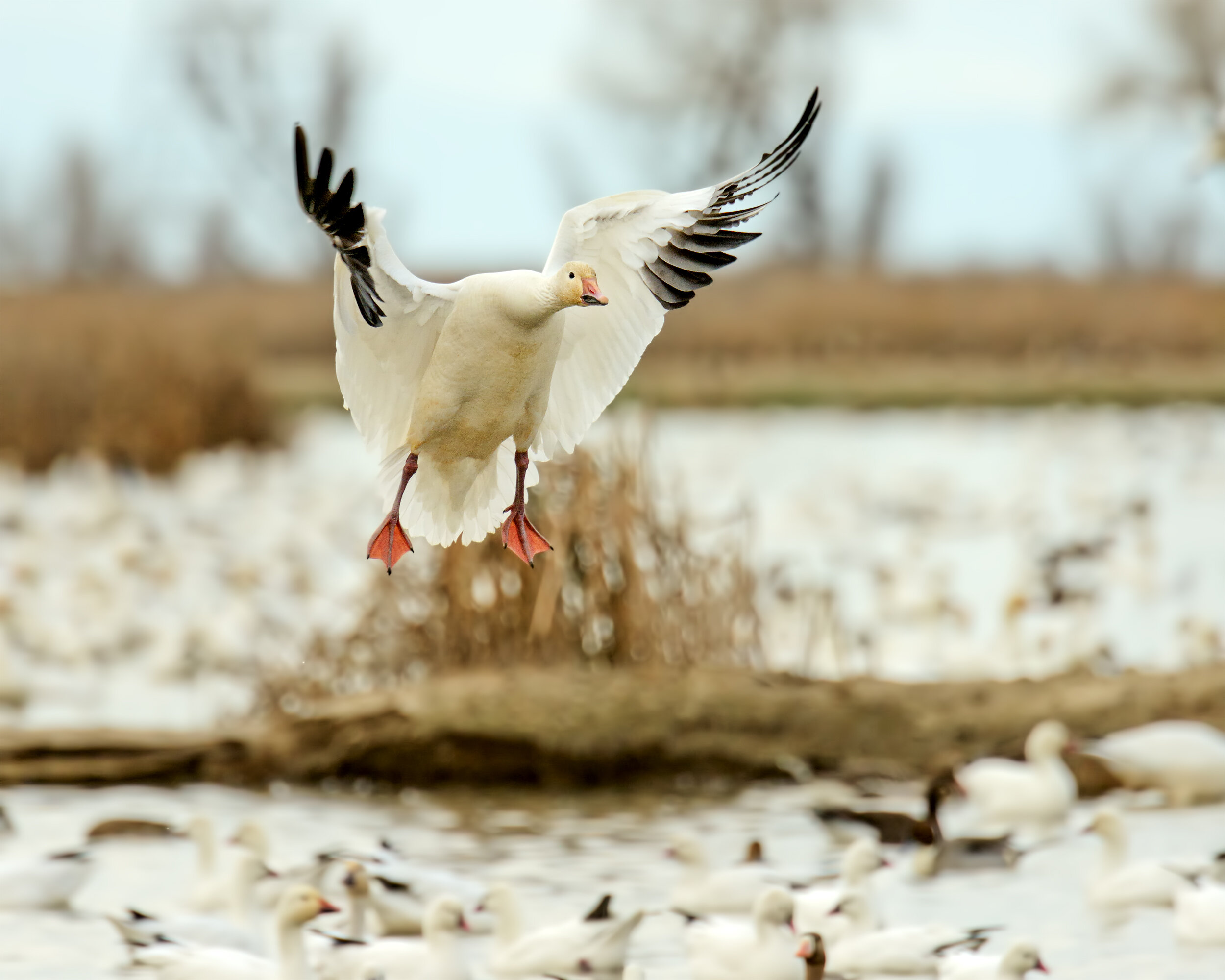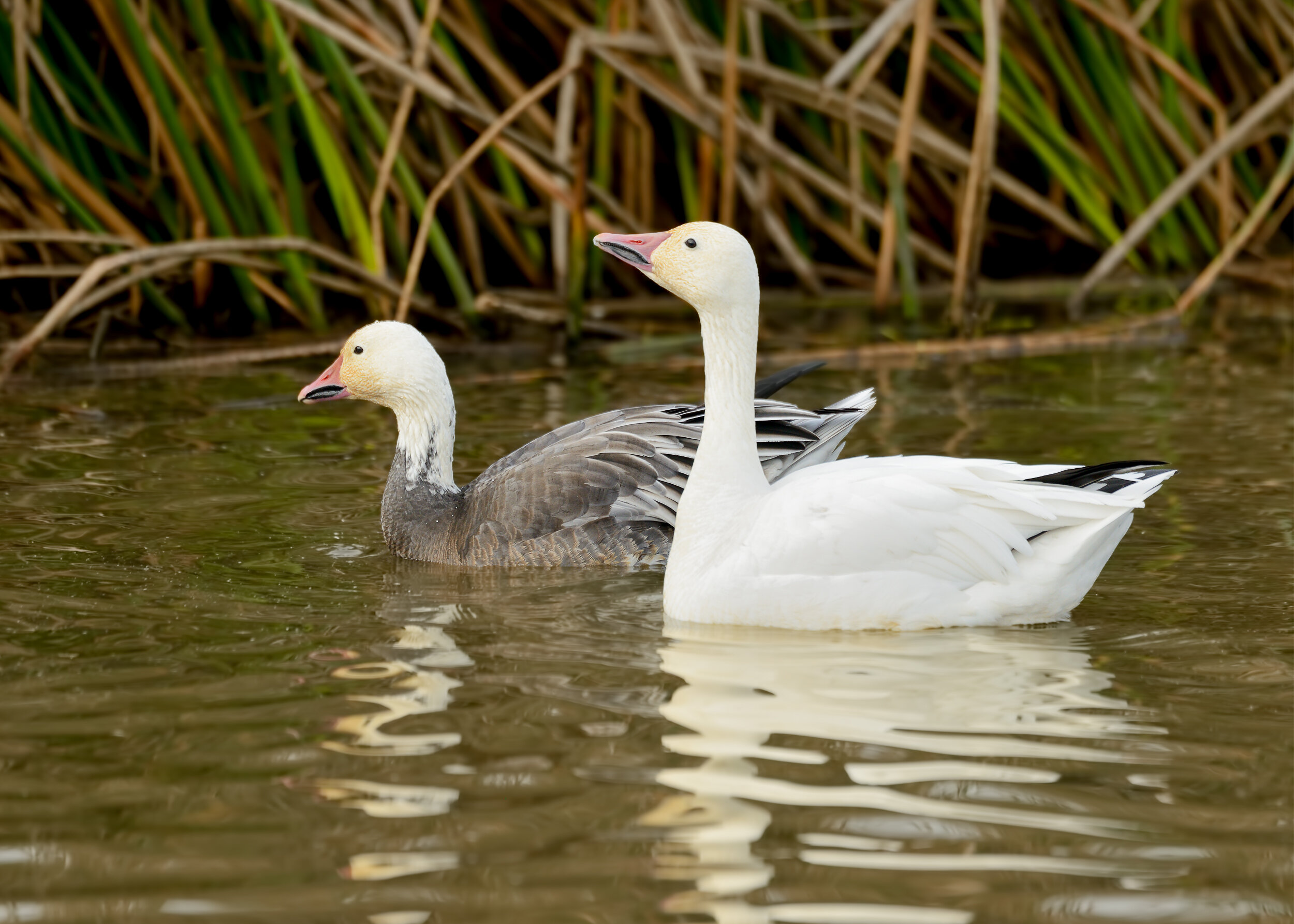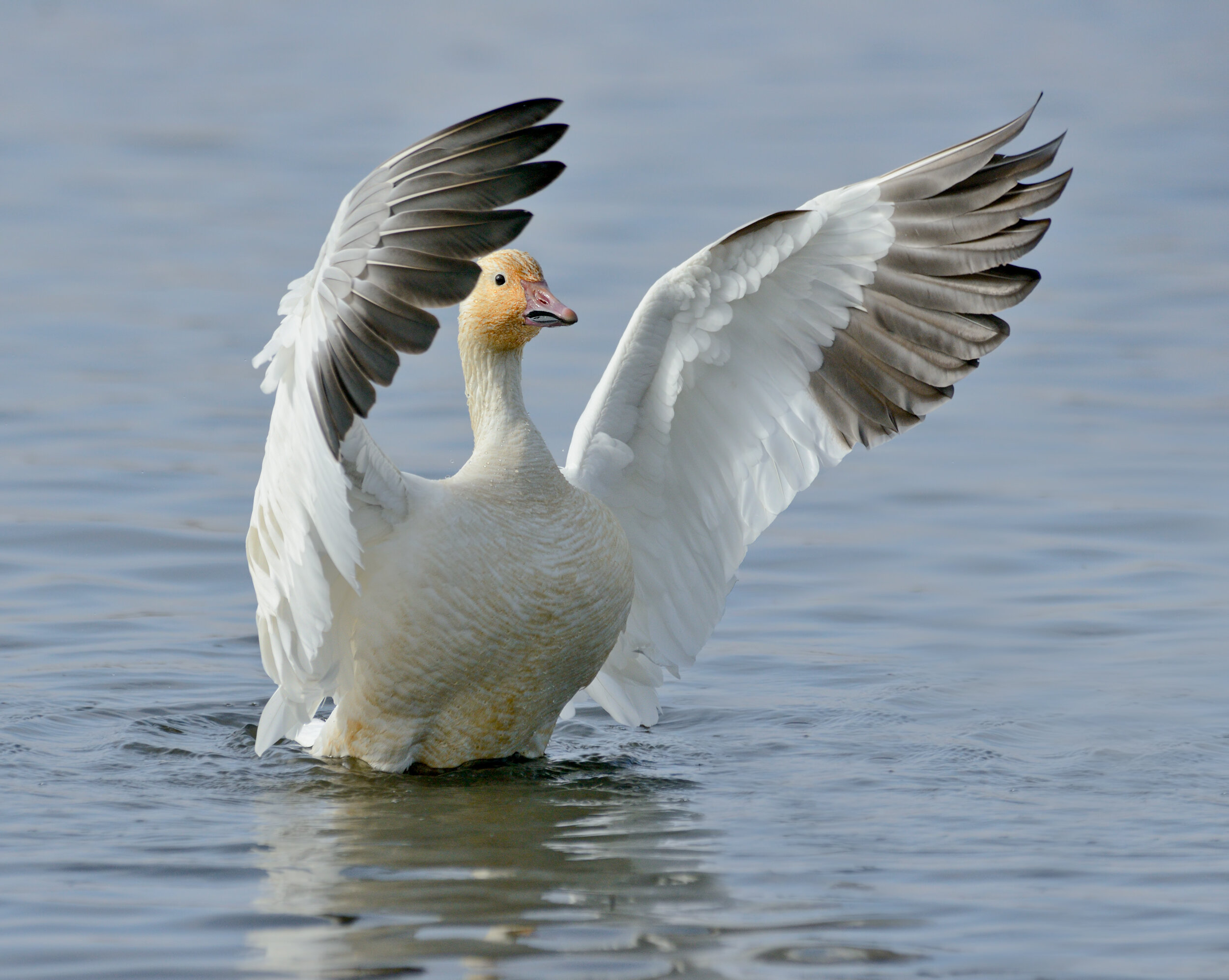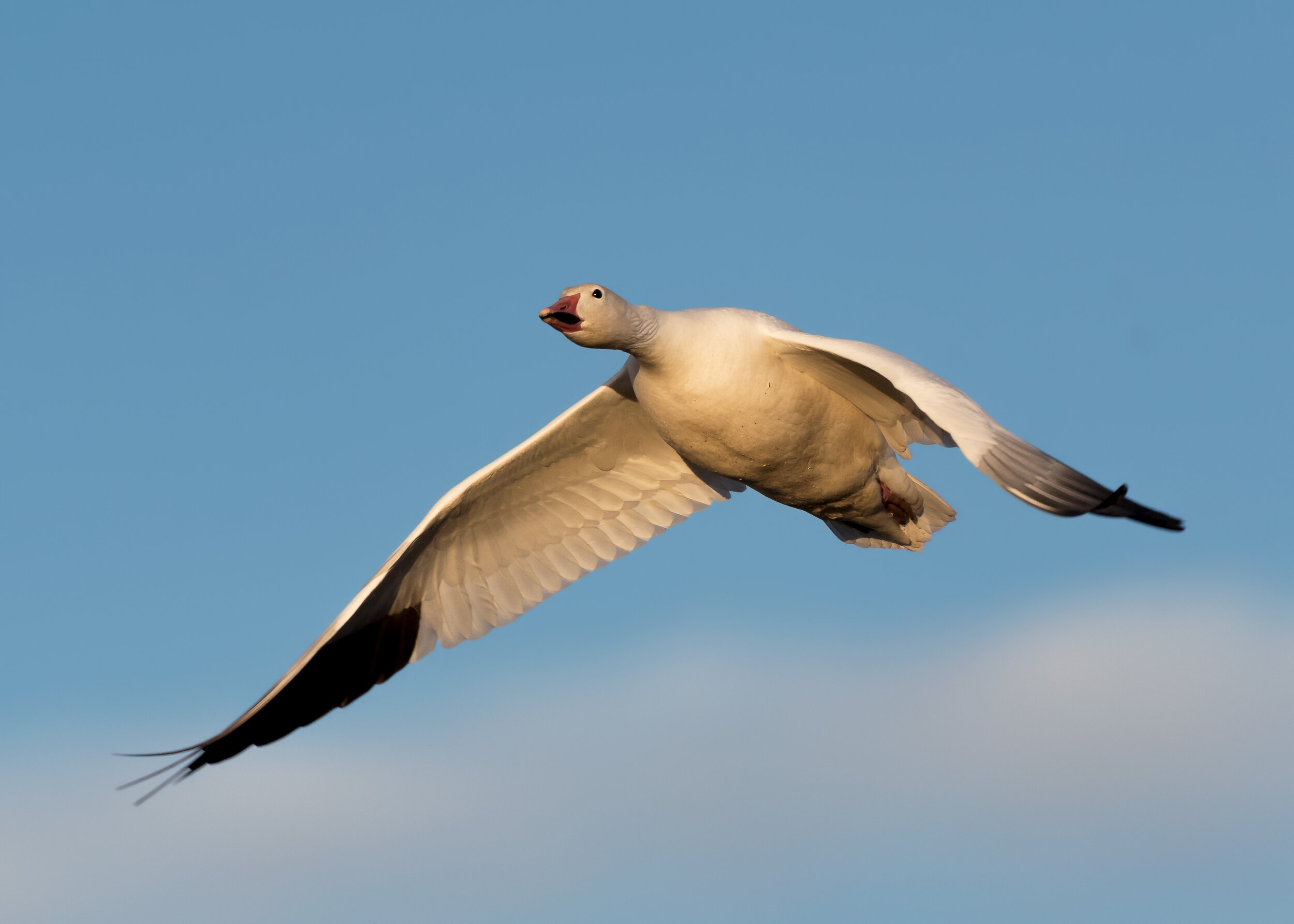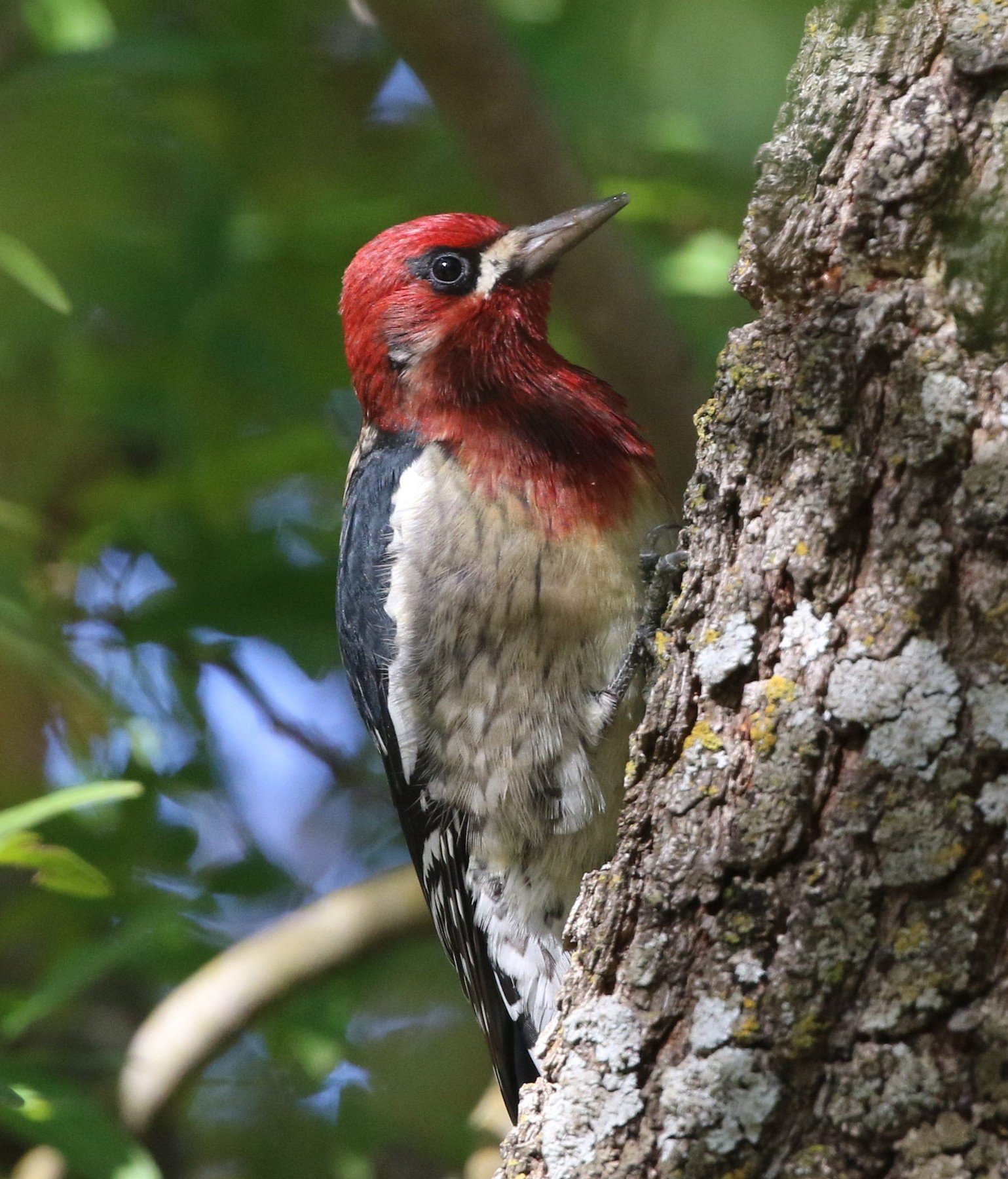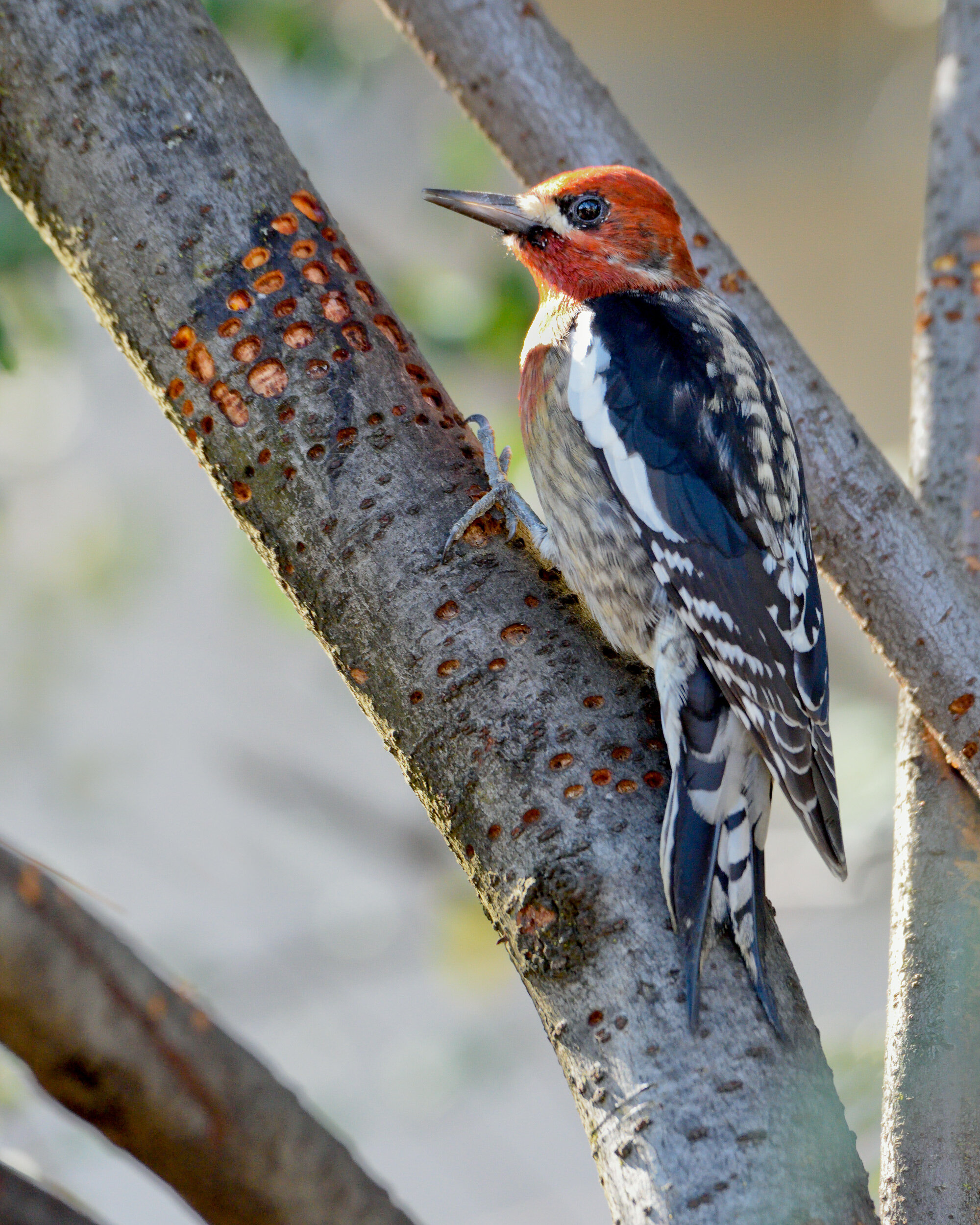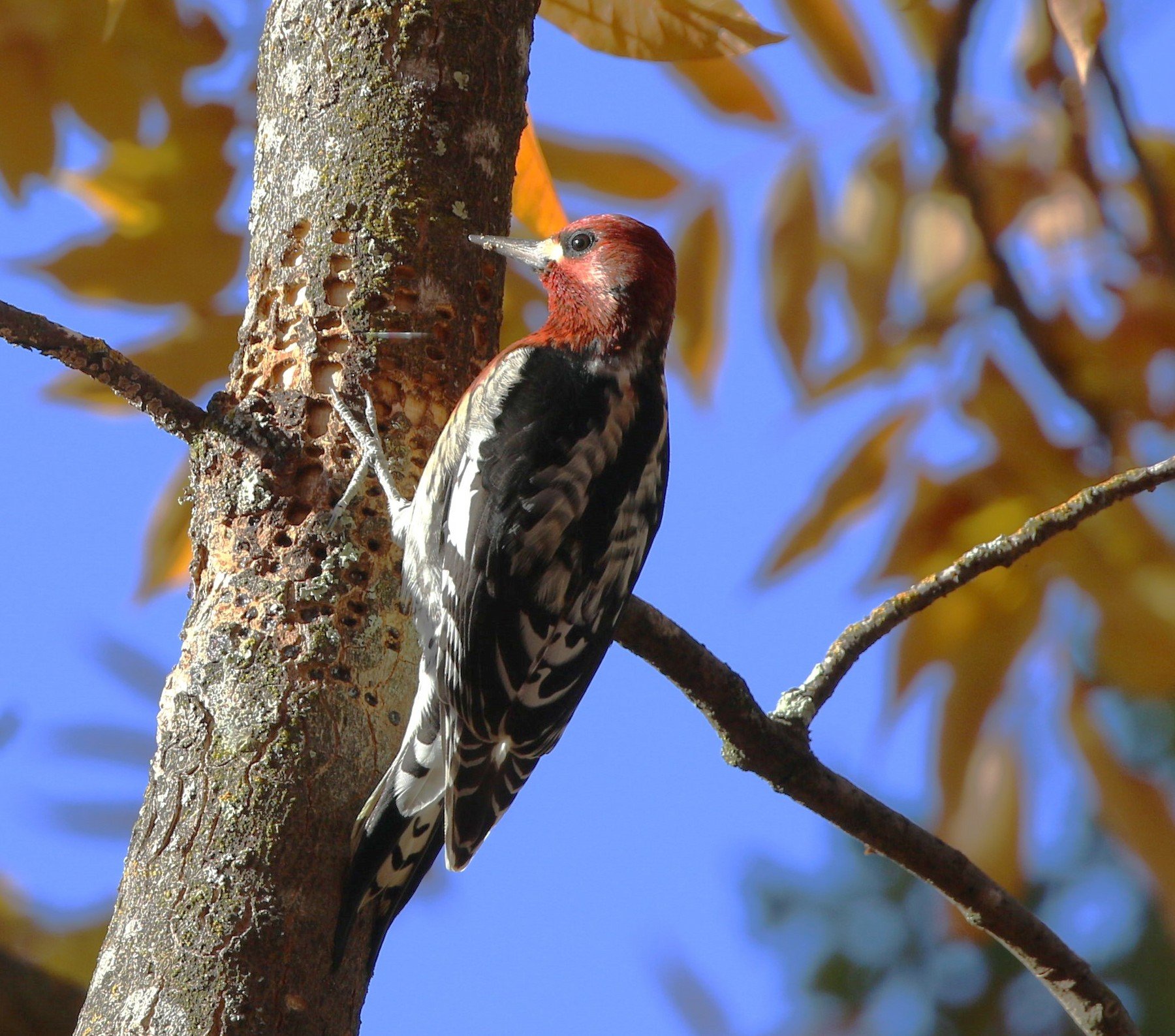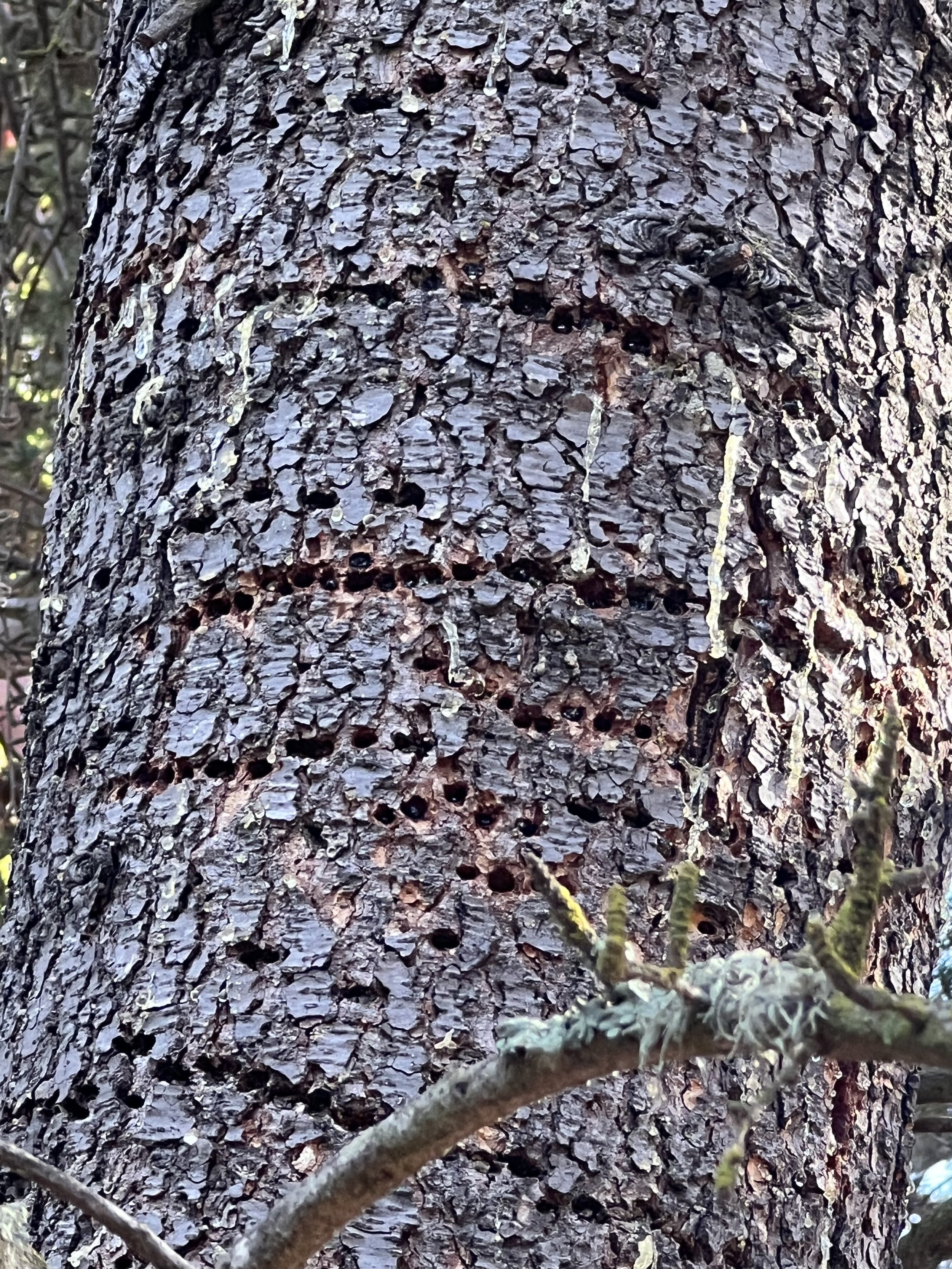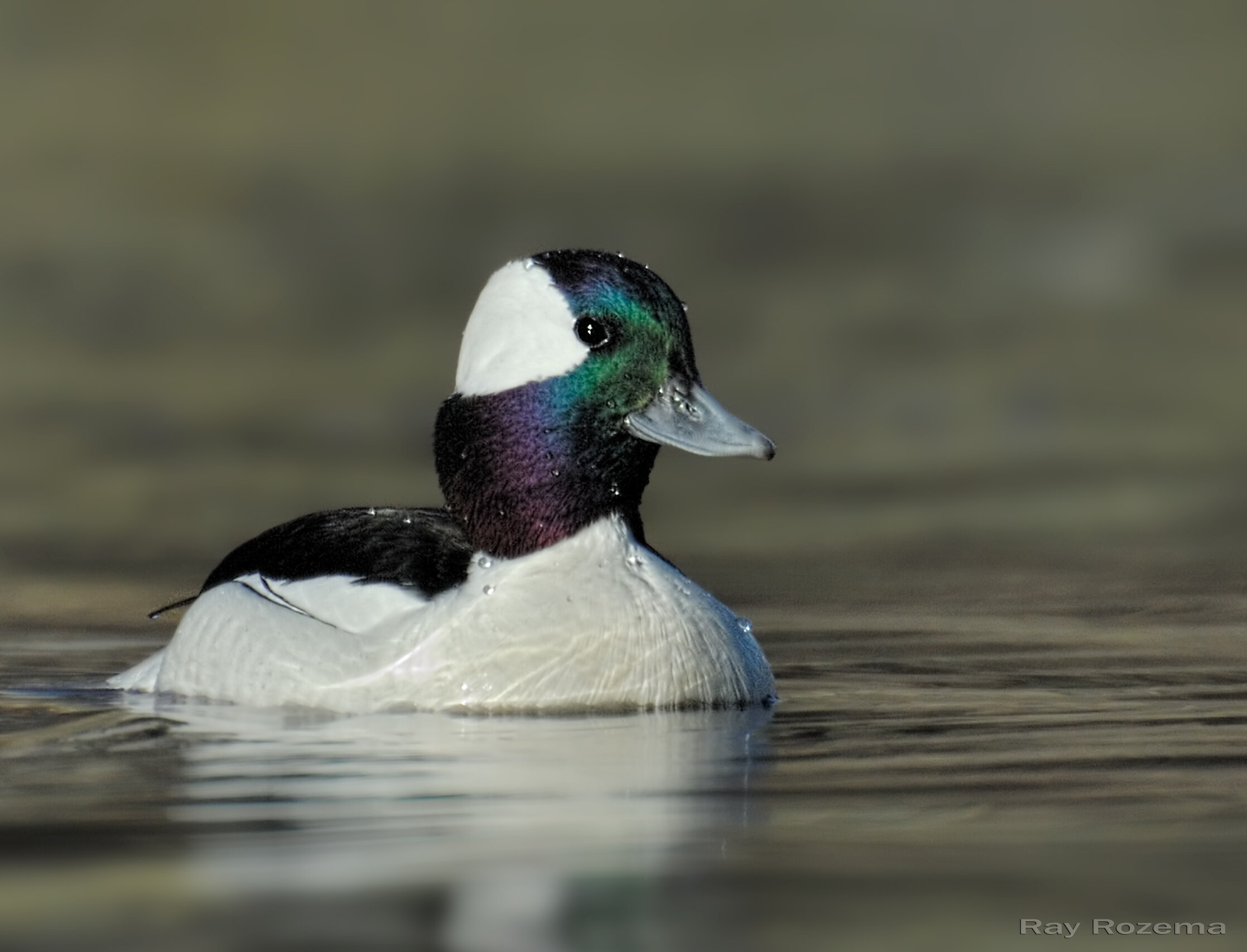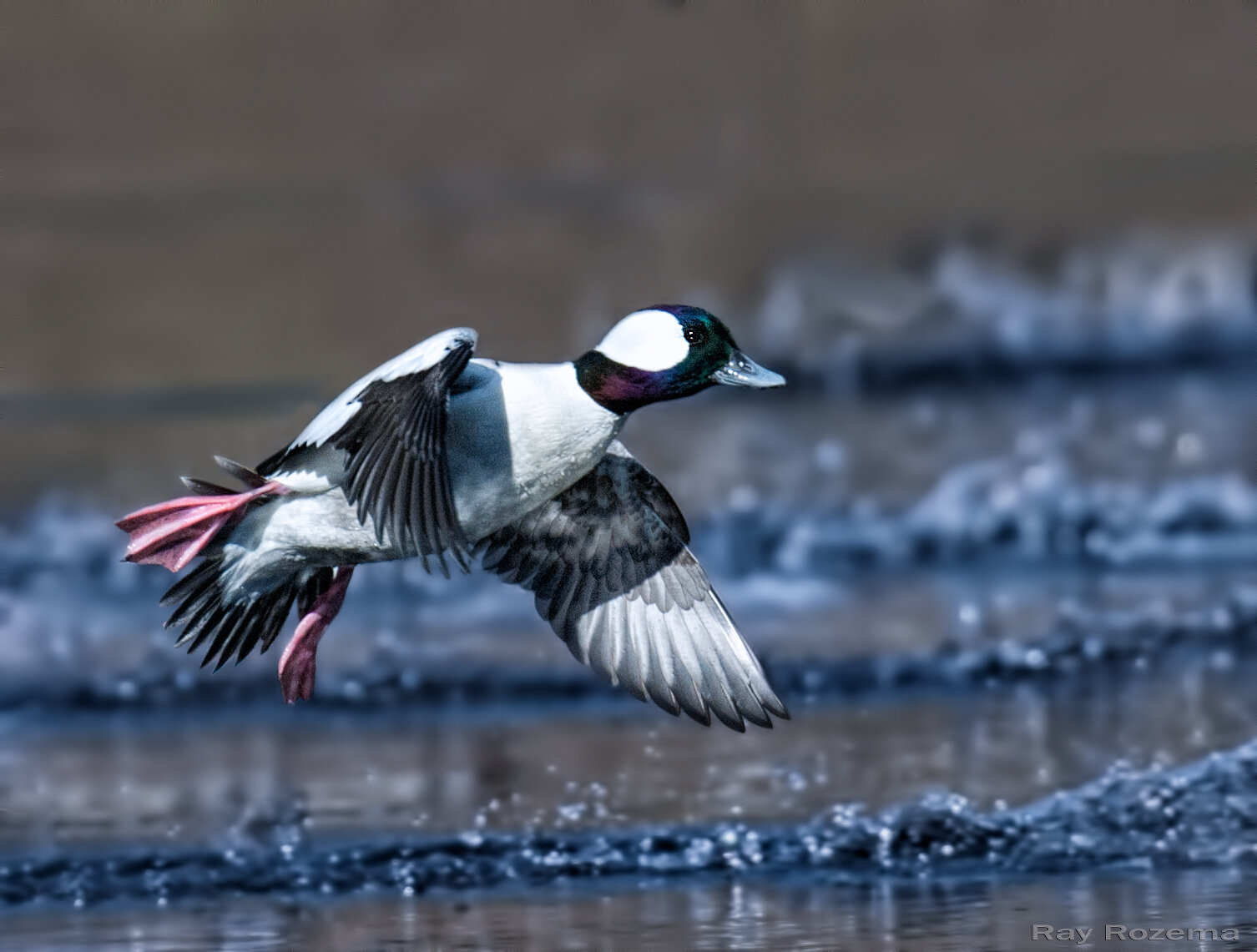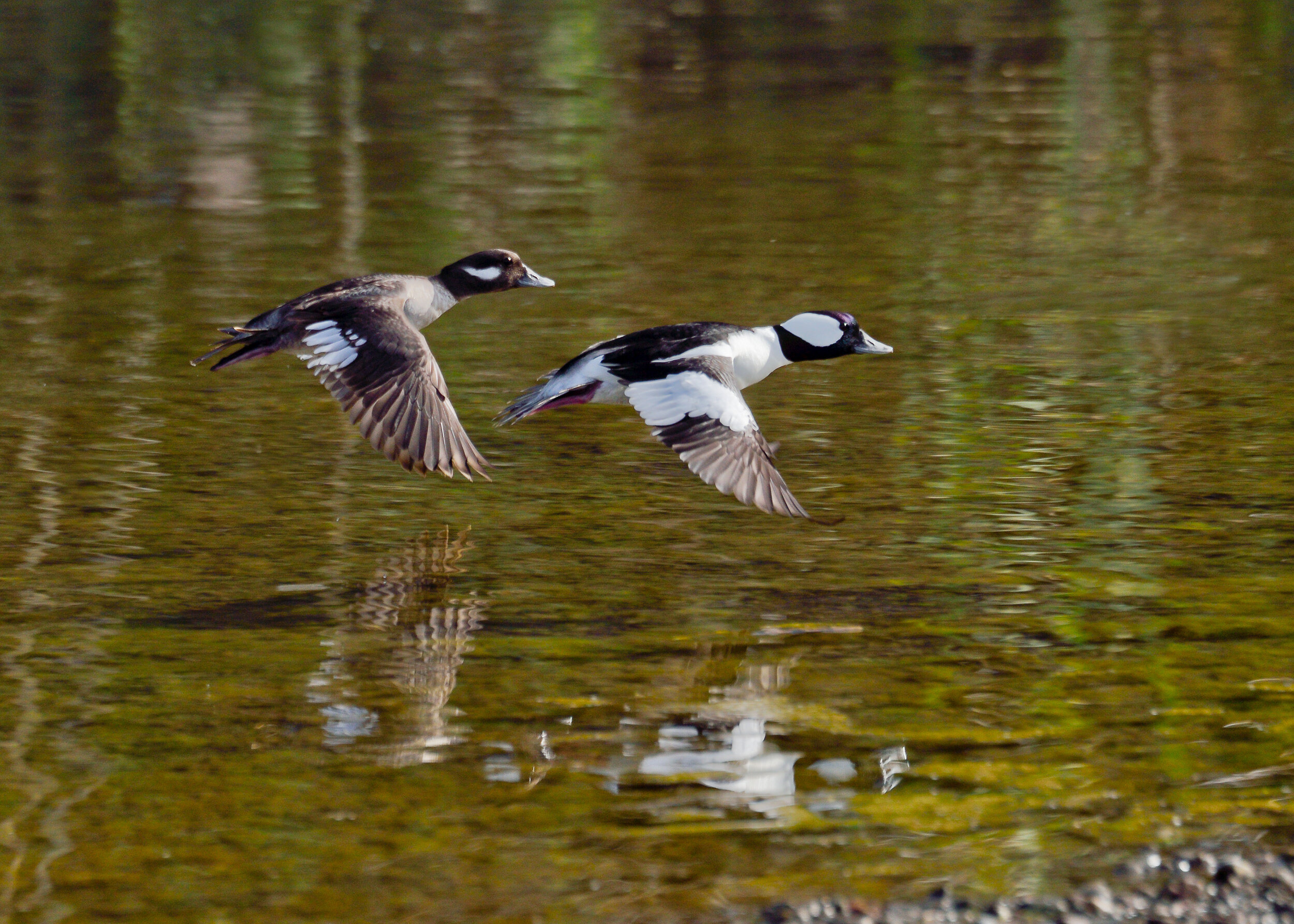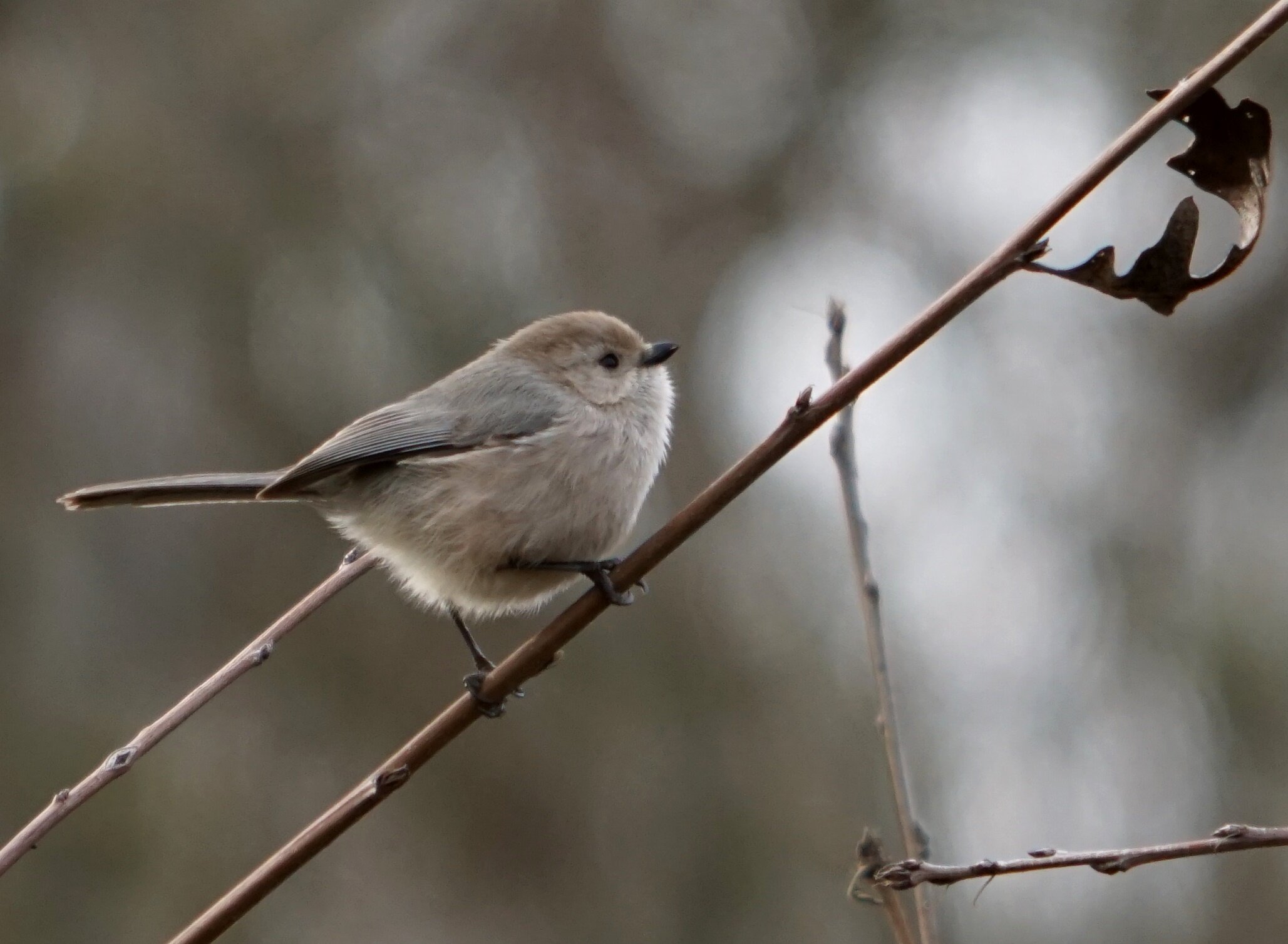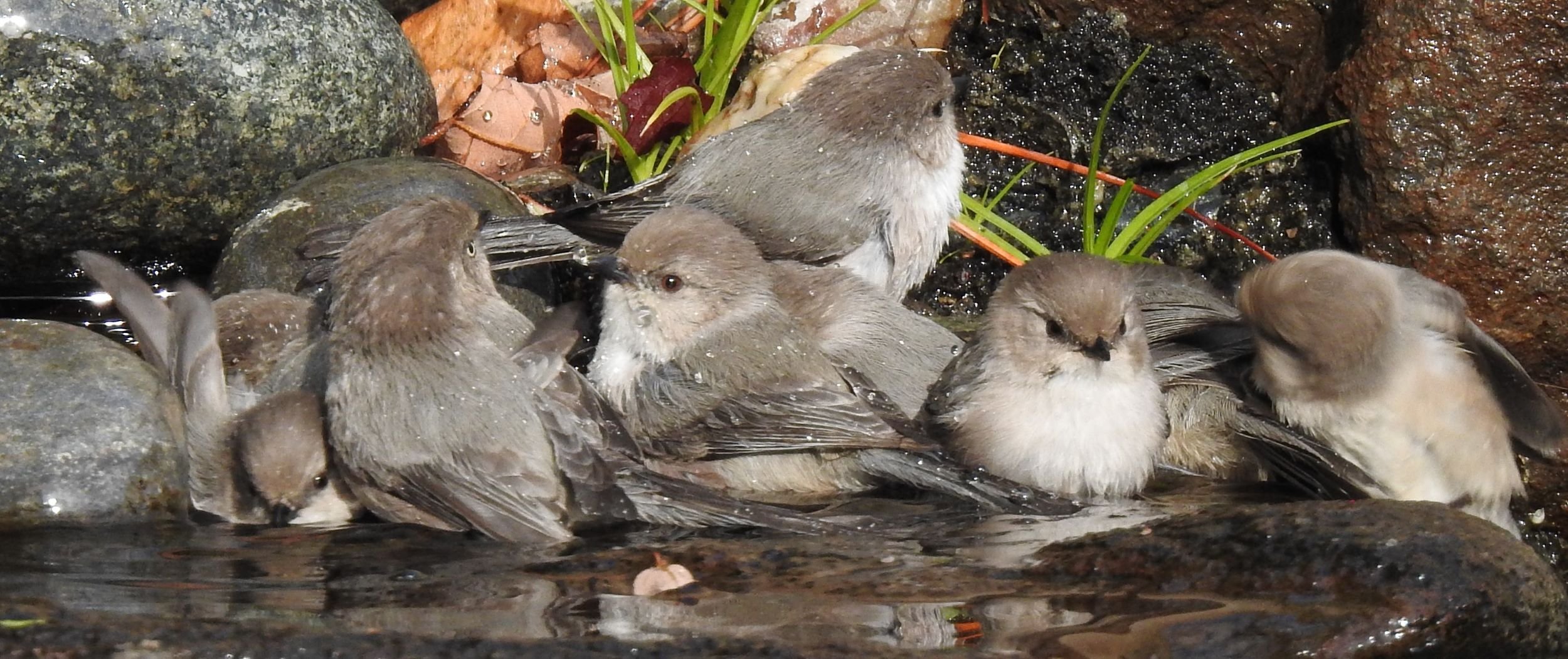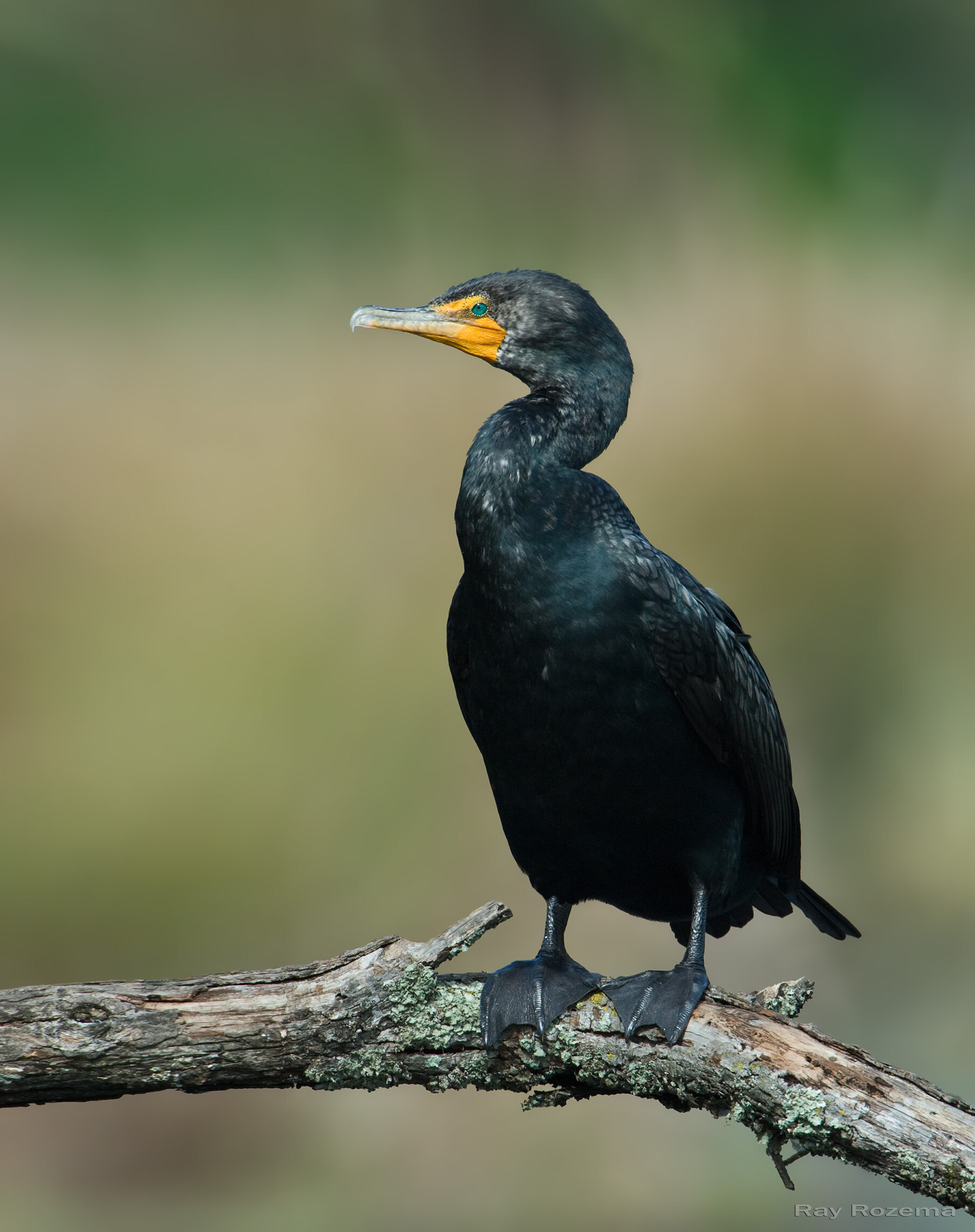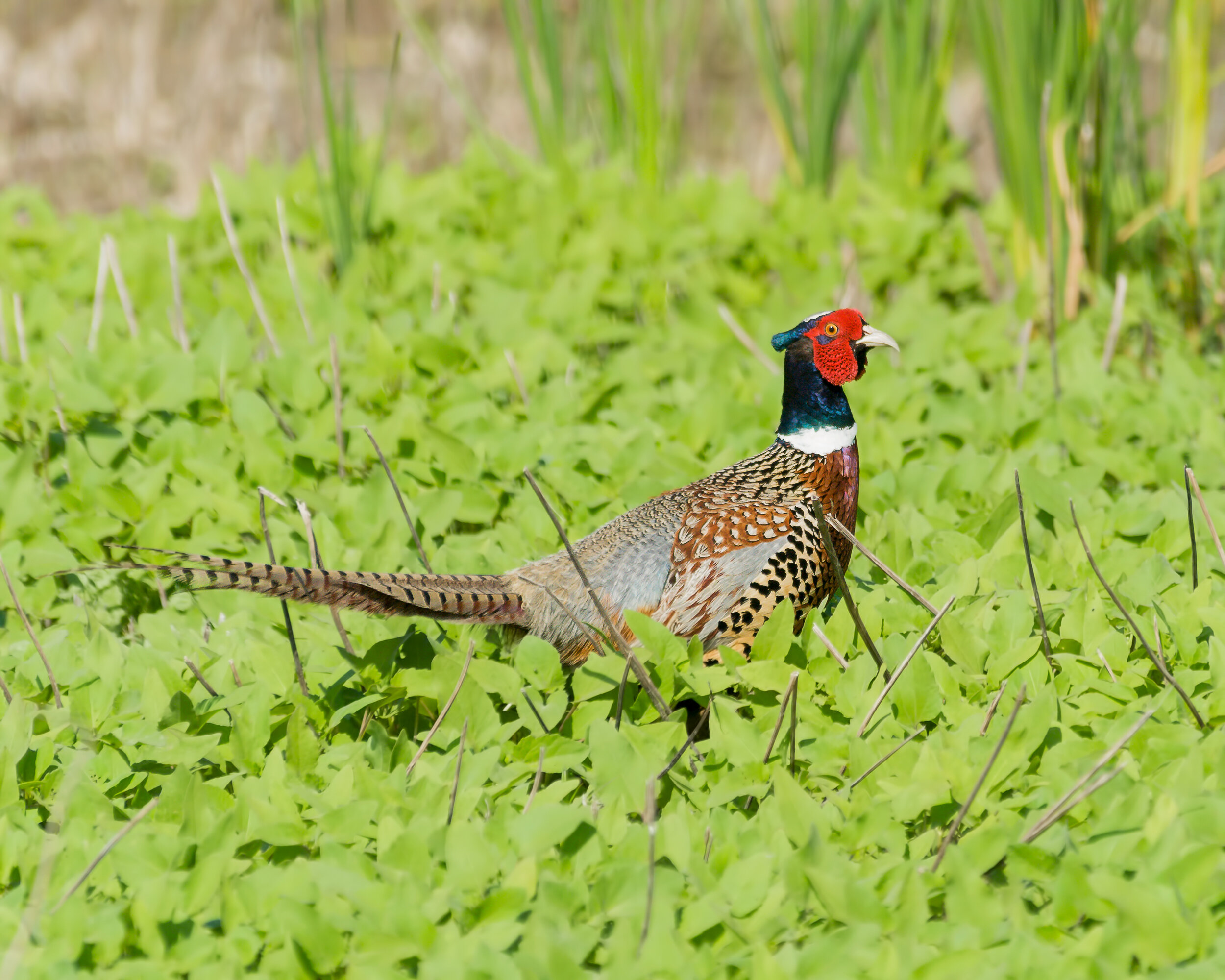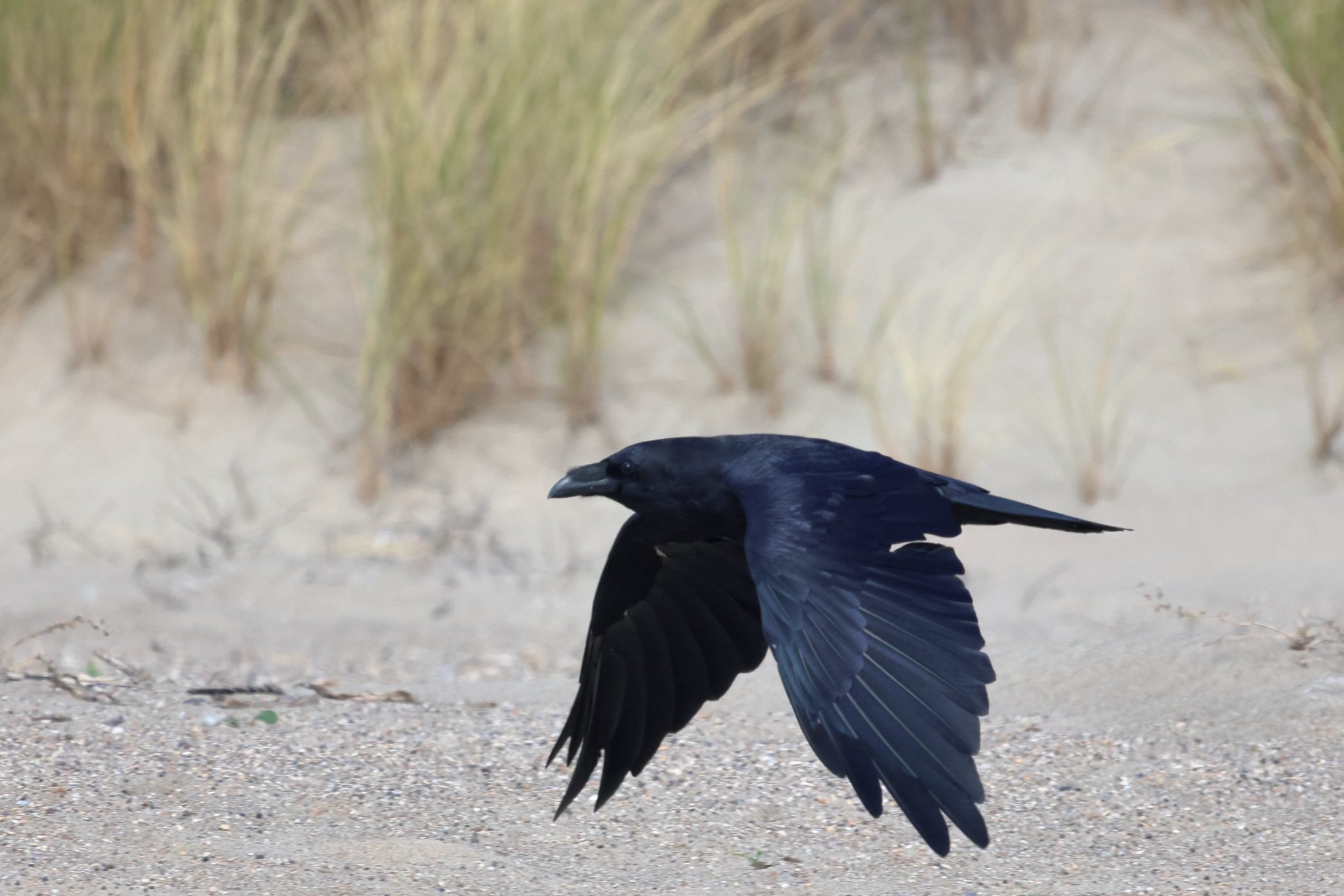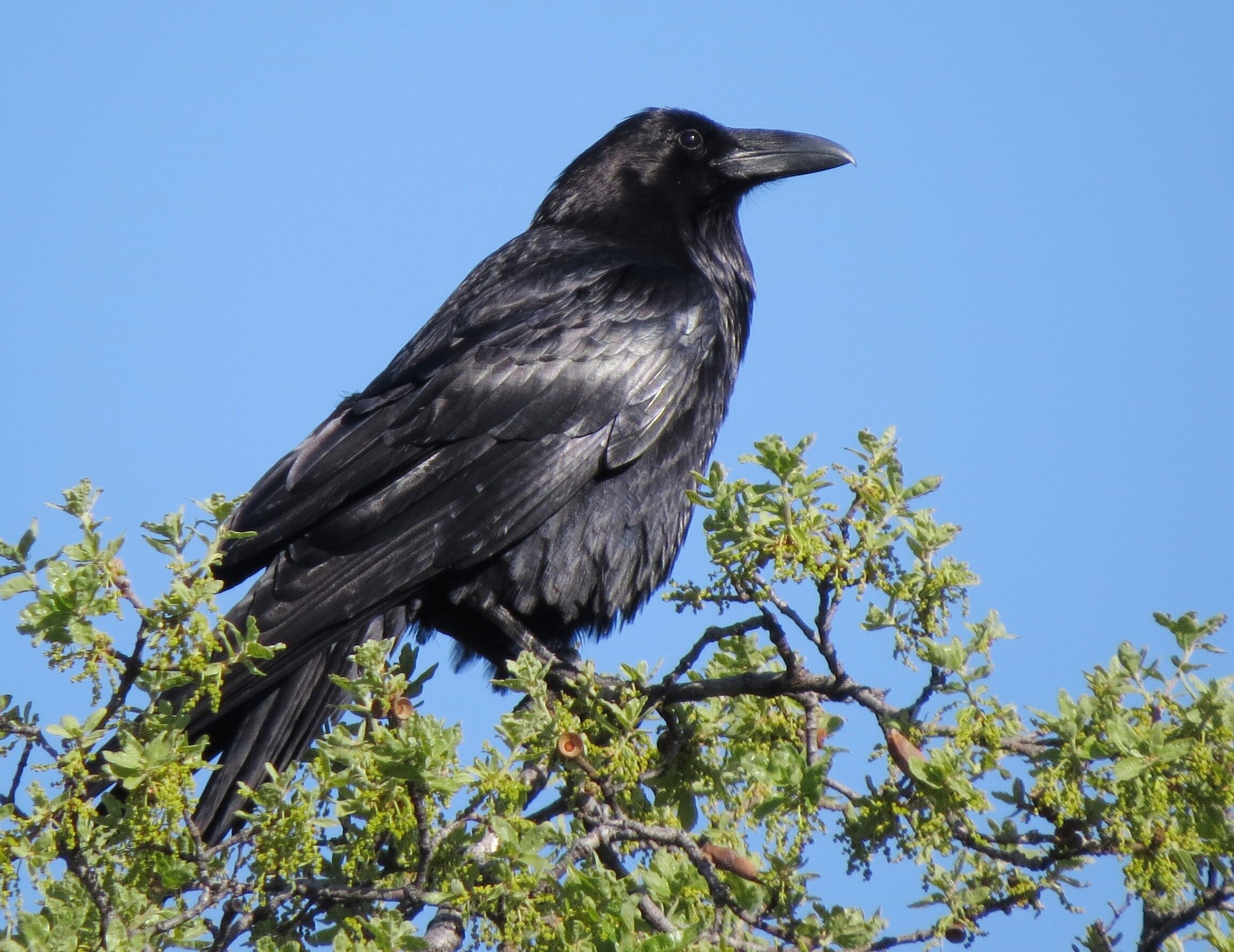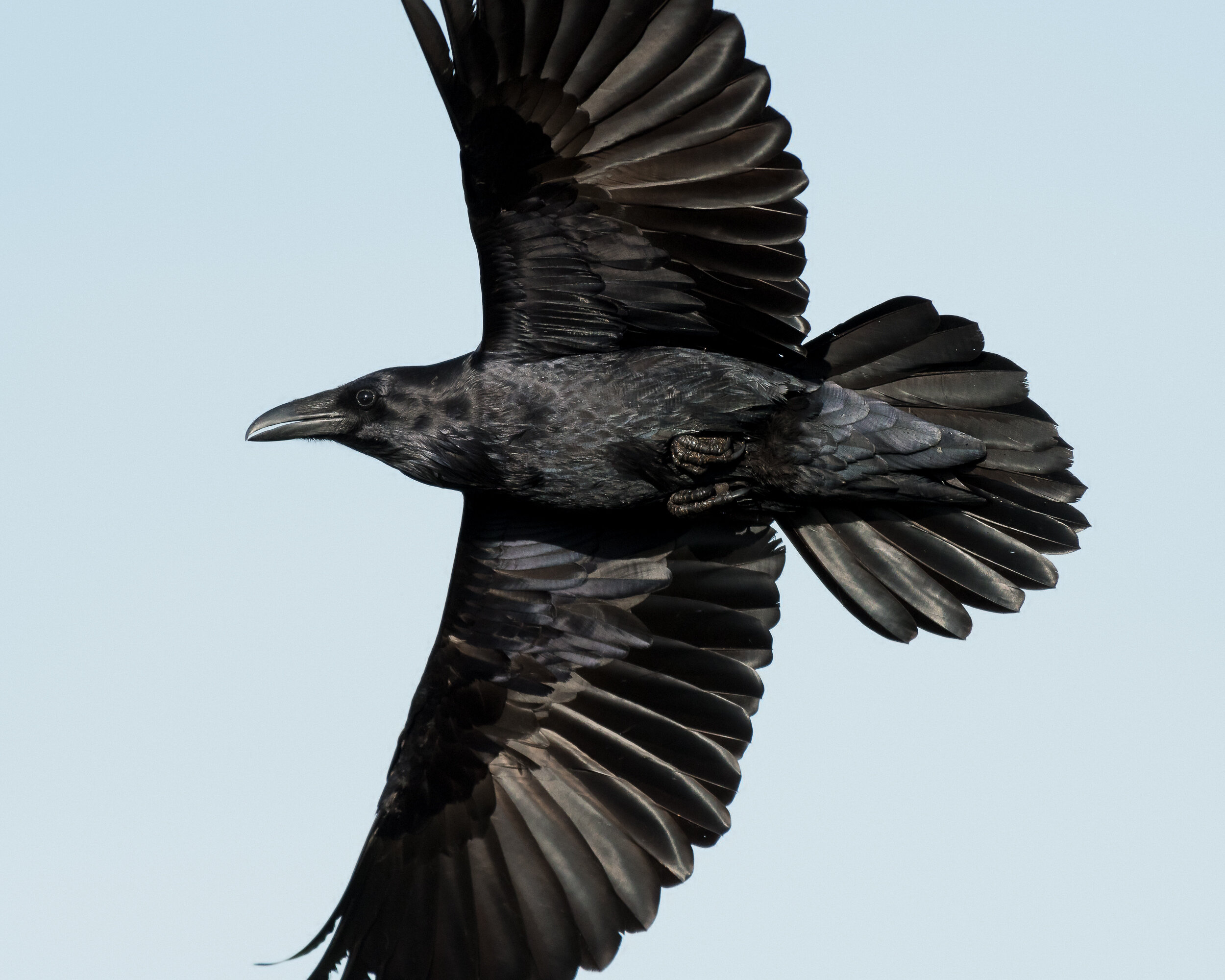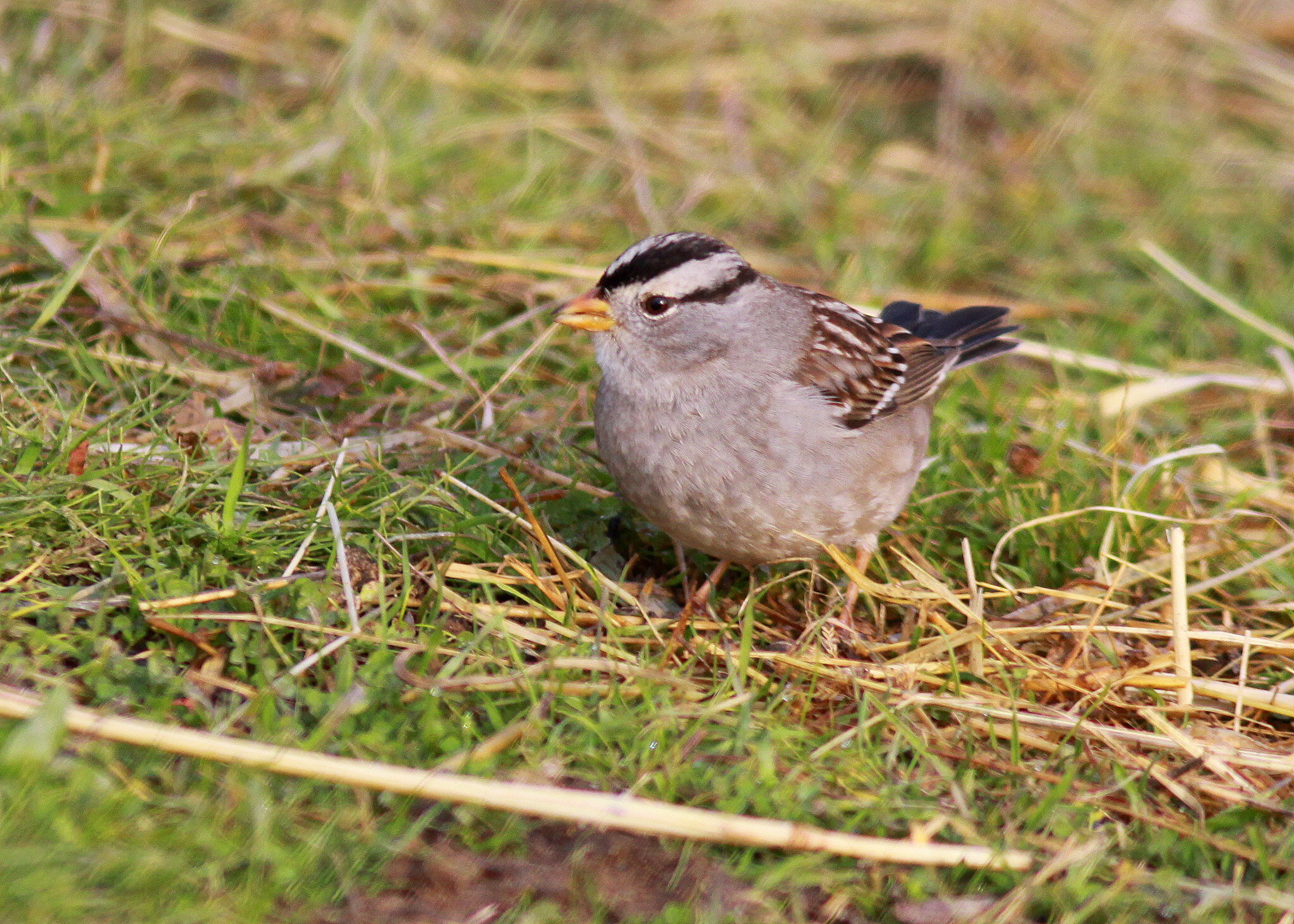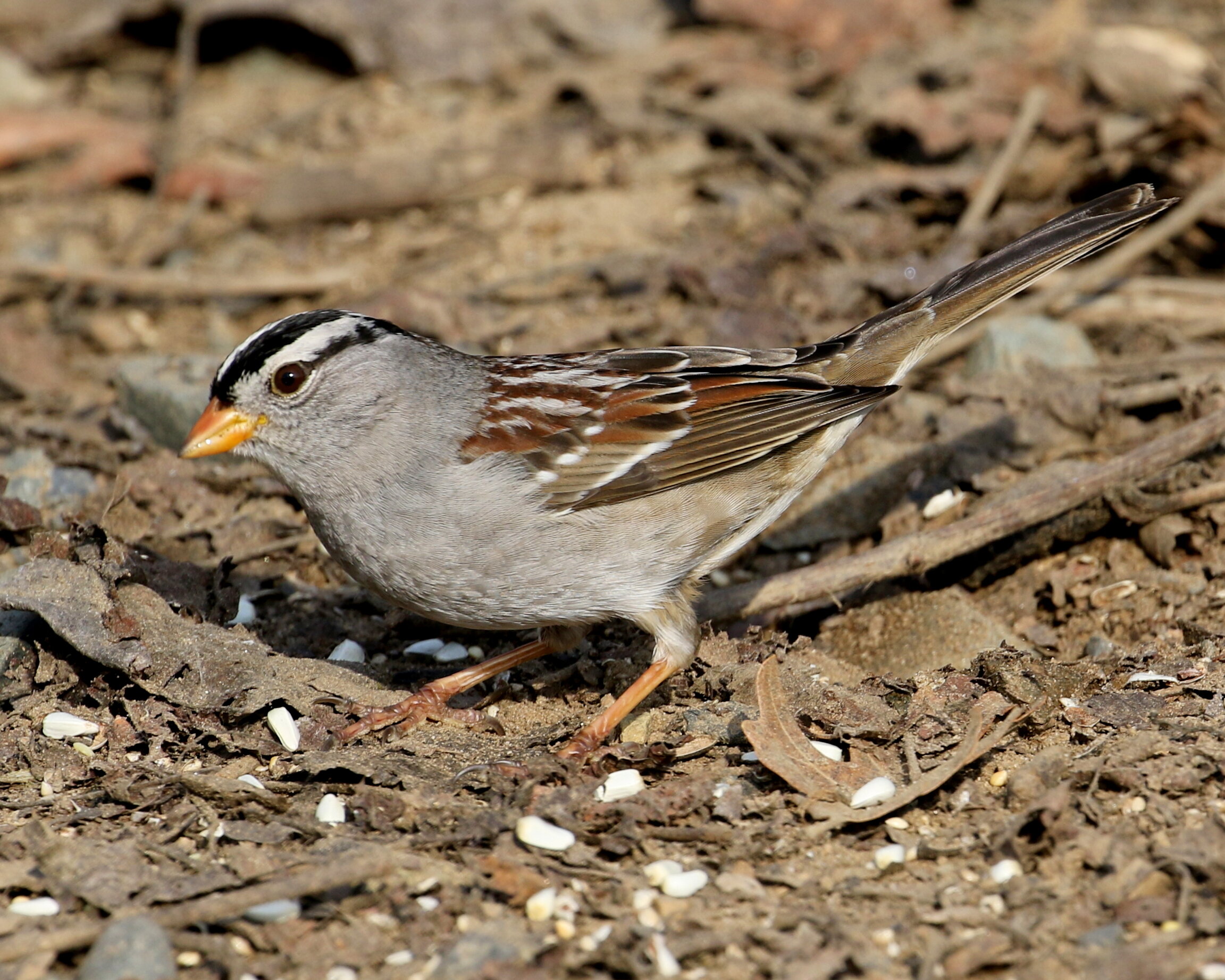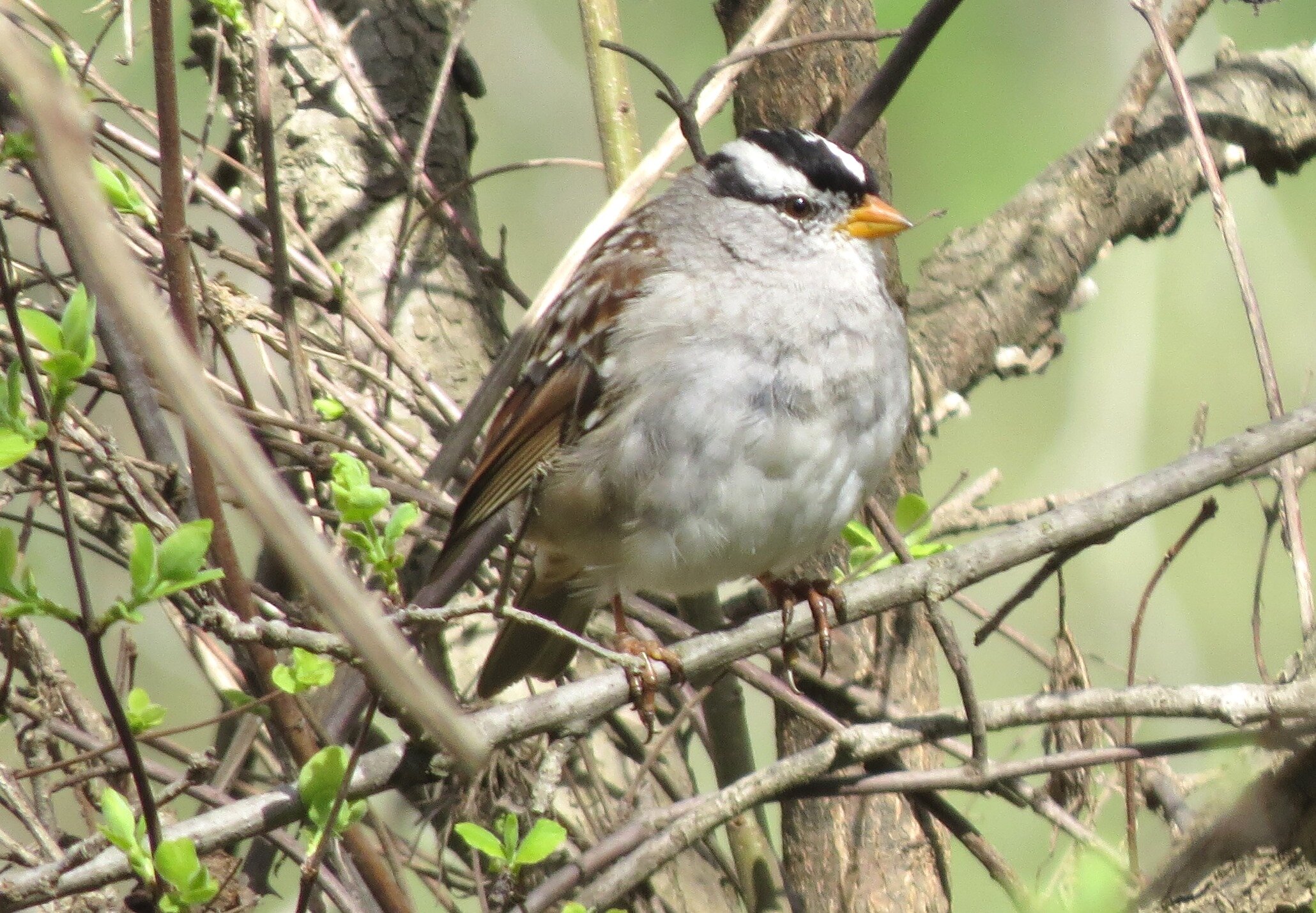This month let’s learn about an interesting shorebird in the plover family called a Killdeer, (Charadrius vociferus). Killdeers somewhat tolerate human presence so it is fairly easy to observe them, at least from a distance. Their calls are frequently heard before they are seen. They tend to vocalize after the slightest disturbance or whenever a potential predator comes into view. Killdeers make a call that sounds similar to their name and this is why they were given their common name. The species name, vociferus, means “shouting” or “yelling” in Latin so that name is quite fitting too.
Adult Killdeer, Image by Ed Harper
Killdeer populations can be found in many regions of the U.S. and in Newfoundland, Canada, Mexico, Central and South America, and the Caribbean.
Killdeer populations are either “resident” species or “medium-distance migrants”. In the Sacramento region they live here year-round. This is also the case for other populations in the southern half of the U.S. and along the Pacific coast. In contrast, the populations that nest in the colder, northern states migrate south for the winter. Some populations migrate as far south as South America! It is interesting that migrating Killdeers often fly over populations that are non-migratory.
Killdeers are often solitary birds or are seen in pairs during the nesting season. They are not known to gather into large flocks but may form small groups when lingering in their summer habitats or during migration.
Killdeers travel by walking or running on the ground or by direct flight with rapid wing beats. They are good swimmers but aren’t seen in the water very often.
What do Killdeers look like?
Adult Killdeer, Image by Paul Miller
Killdeers are tall, slender birds about the size of American Robins. Adult males and females look similar. They have two distinctive, dark chest bands with the upper band continuing around the neck. It's the only plover in North America with two breast bands and is the largest of the ringed plovers. Their chest bands contrast greatly with their white chests. Some sources report that the chest bands and/or facial markings of females are duller. Killdeers have bright white collars, red eye rings, short dark bills, white foreheads, white stripes behind their eyes, long flesh-colored legs, long tails, grayish-brown backs with reddish feather edges, brown heads with areas of black and white, orange rumps, and brown upper tail feathers. Their wings are long and pointed which enable them to fly fast and maneuver quickly. Black feathers with a white central band are visible on outstretched wings. In flight, they have noticeable orange (or rusty) midline tail feathers.
Adult Killdeer, Image by Larry Hickey
Killdeer chicks, Image by Ray Rozema
Juvenile birds with their downy feathers are similar to adults but are smaller and only have one dark chest band. They have white abdomens, foreheads, necks, and chins. There is a light reddish or rufous color on their undersides near the rear. Their upper parts are tanish-brown with black. Because of their smaller size and single chest band, young Killdeers could be incorrectly identified as being other plover species.
Where do Killdeers live and nest?
Killdeers are usually found in short vegetation, up to one inch in height or in areas with sandy or gravelly surfaces. They are seen both in natural environments and human-modified habitats. Their close proximity to humans puts Killdeers at a huge risk for pesticide poisoning since they forage and nest on surfaces that are often sprayed with toxins. Killdeer prefer open or semi-open areas such as sandbars, shores of rivers, ponds, and lakes, mudflats or lagoons, fields, lawns, driveways, meadows, athletic fields, gravel parking lots, wetlands, airports, and golf courses. Killdeers are a type of shorebird but a dry prairie is just as welcoming to a Killdeer as a river shore. Most other shorebird species remain close to water.
Killdeer with eggs, Image by Chris Conard
The nest sites of Killdeers are well camouflaged. Because their egg shells have a speckled design that makes them resemble pebbles, their eggs blend well into the environment. Their nests are simple depressions in the ground about 3-3.5 inches across and are often made in gravel parking lots, on bare soil, lawns, parks, short grass fields, along river edges, and on farmland that has short vegetation due to cattle grazing. They may place their nests in open dry areas but will also require shallow water or mudflats where their young can forage. Killdeers occasionally nest on gravel rooftops making it difficult for the fledglings to descend to the ground to find food. One interesting fact is that after laying their eggs, Killdeers will frequently add light-colored items to their nests, such as white stones or sea shells, along with grass, twigs, and/or trash.
Incubation (or sitting on the eggs to keep them warm) is done by both parents for 22-28 days. In very hot climates, adults will sometimes shade the eggs with their bodies. They will also attempt to keep the eggs cool by placing their water-soaked belly feathers next to the eggs.
Adult Killdeer displaying, Image by Susie Nishio
Because Killdeers nest on the ground, they use several tactics to try to keep their eggs safe. They often vocalize loudly at predators and turn to expose their orange rump feathers as a warning. Adult Killdeer also pretend to be injured in order to lure predators away from the nest. Called “the broken-wing distraction display,” they will drag their bodies and wings on the ground while hopping on one leg. This distraction display can be dangerous for Killdeers, but they are usually able to fly away before a predator gets too close. In addition, when it appears that a large animal could crush the eggs in its path, an adult Killdeer will fluff up their feathers, fan its tail over its head, and then run towards the threat while loudly vocalizing. Their goal is to startle the animal so that it changes its direction, avoiding the nest. One more method Killdeers use is to have several false nest sites. They will go to the false sites if predators come around. The predators eventually tire of examining empty nests and will leave the area!
Killdeer hatchlings hatch with eyes open and a full cover of downy feathers. Soon after their feathers dry, their parents lead them to an area of dense vegetation with cover so they can look safely for food. The hatchlings hunt and feed for themselves. However, both parents watch over and protect them. If the parents sound an alarm call, the chicks instinctively flatten themselves on the ground and remain motionless. Parents and young remain in close association until the young can fly about a month after hatching.
Killdeer adult and chick, Image by Ed harper
What do Killdeers eat?
Killdeer are beneficial because they control insects that are considered garden and crop pests such as grasshoppers. They also feed on invertebrates such as earthworms, centipedes, flies, beetles, spiders, snails, crayfish, fly larvae, and aquatic insect larvae. Kildeers will occasionally eat berries, seeds left in agricultural lands, and small vertebrates such as frogs or minnows.
Killdeer often forage (or hunt for food) in the daytime, but may also hunt at night when it’s safer, especially in the non-breeding season. When on the ground and foraging, they will often start to run or walk, then will pause suddenly and bring their heads upwards flashing their striking throat bands, and then bring their heads back down and start moving again. This behavior is thought to help startle prey so they come to the surface. Killdeers also use a technique called foot stir or foot-trembling. This is when they stand on one foot while shaking or patting the other foot in mud or shallow water. The vibrations created by their foot movements make the hidden prey rise upwards so that they can be seen and caught. Additionally, Killdeer forage in fields and have been known to follow farmers’ plows which help to expose earthworms and grubs.
What do Killdeers sound like?
Many people are familiar with the Killdeers’ shrill, piercing, far-carrying, mournful, two-syllable kill-deer call that is often heard. All Killdeer sounds are high-pitched, from 1-4 syllables and their sounds can be drawn out. Calls have been described as kil-deee, kee-di-de-de, dee-dee-dee, fill-deee, deee, tyeeeeeee-deew-deew, deeekee-di-di-di. During flight, their calls are a repeating kil-deer or kee-deeyu. Their alarm call is a fast trill. You can listen to Killdeers calling now.
The sounds of Killdeers are from xeno-canto.org. More Killdeer vocalizations can be found at: https://xeno-canto.org/species/Charadrius-vociferus.
This article was compiled by Jane Van Kessel.
Sources include Cornell’s All About Birds and Birds of the World, National Audubon Society Field Guide, 150 Frequently Seen Birds of California’s Great Valley, page 83, Sibley Birds West: Field Guide to Birds of Western North America, Second Edition, by David Allen Sibley, page 124, National Geographic Field Guide to the Birds of North America, page 130, 2017 edition, eBird.org, American Bird Conservancy, NatureWorks, BirdWeb, Texas Parks & Wildlife
